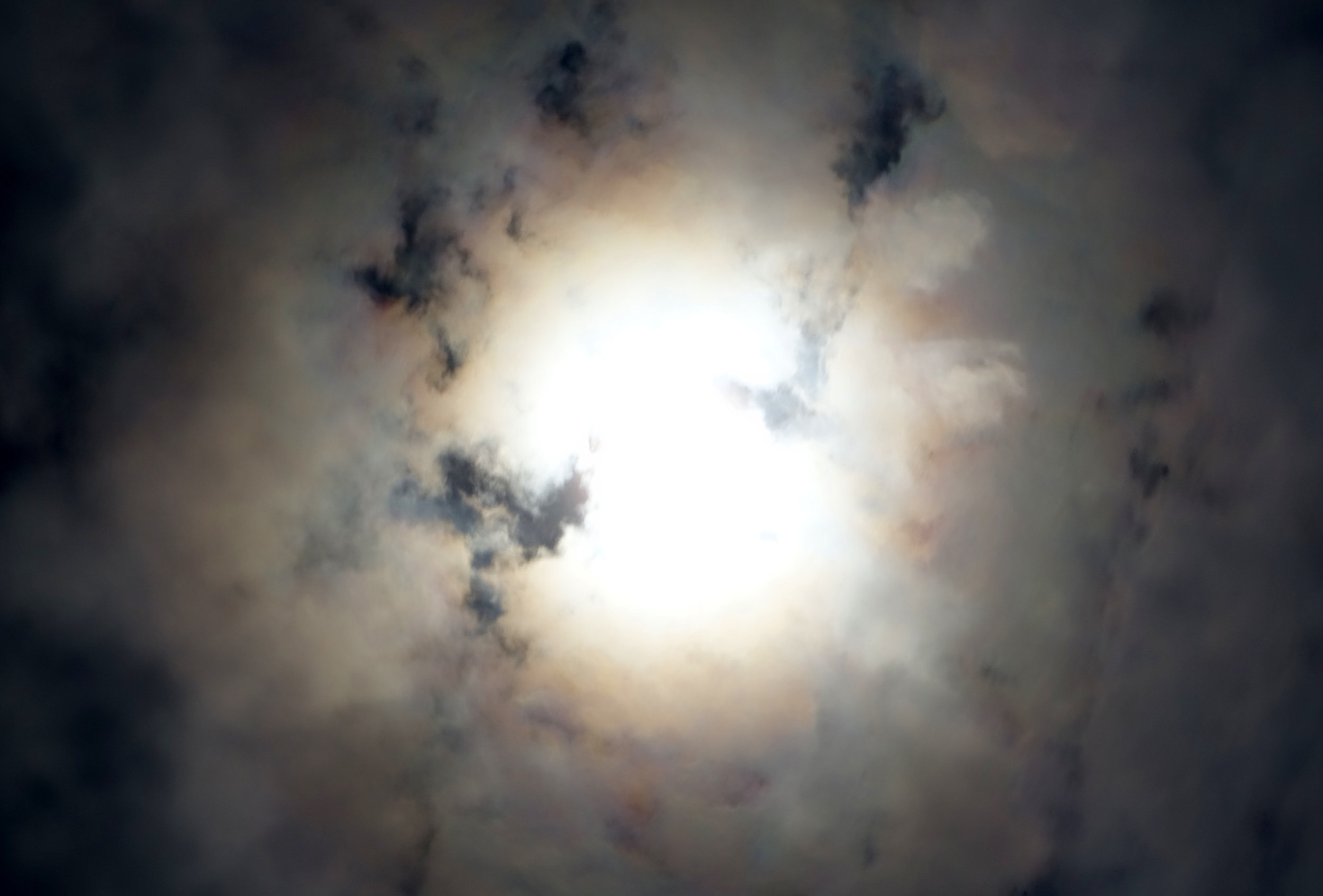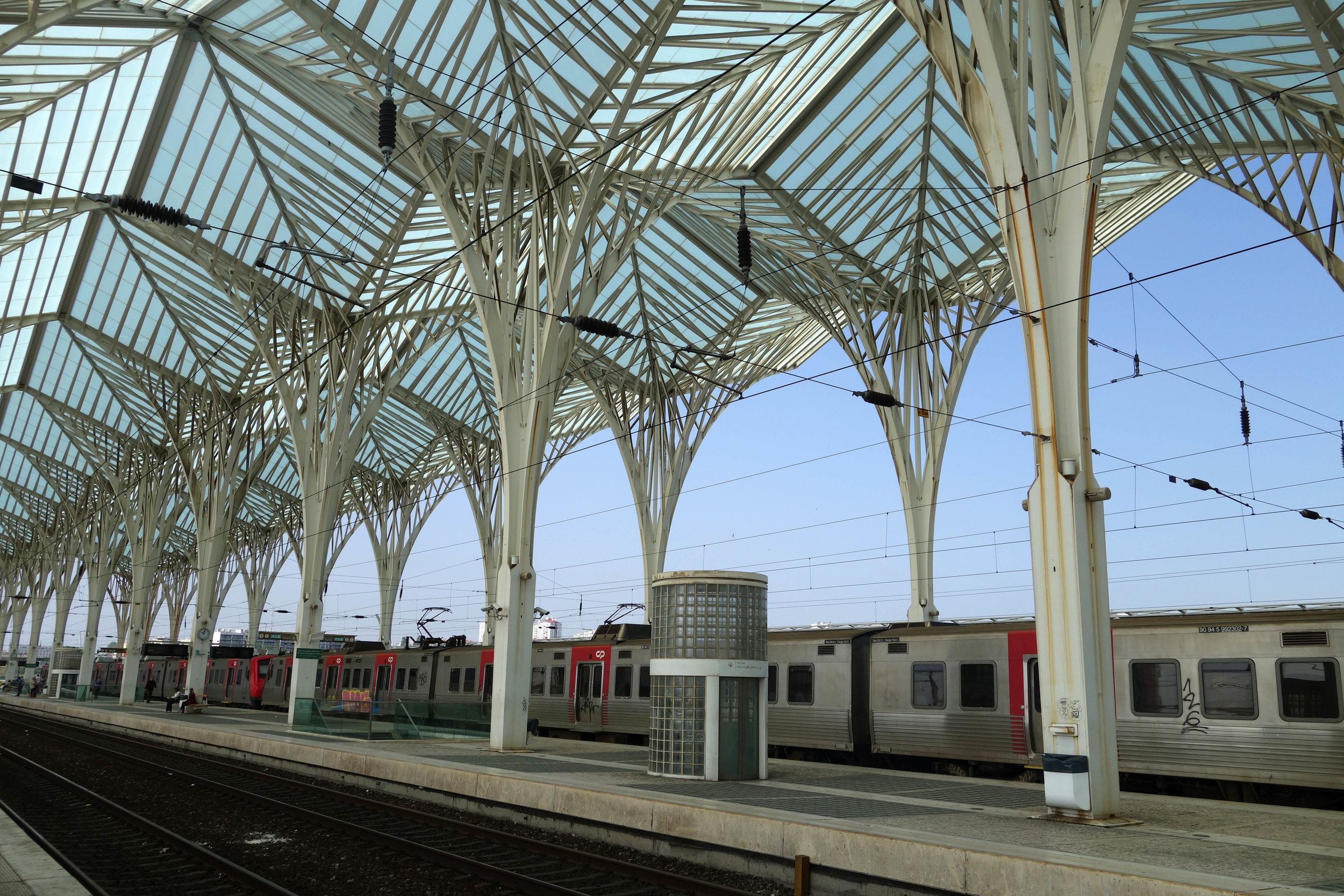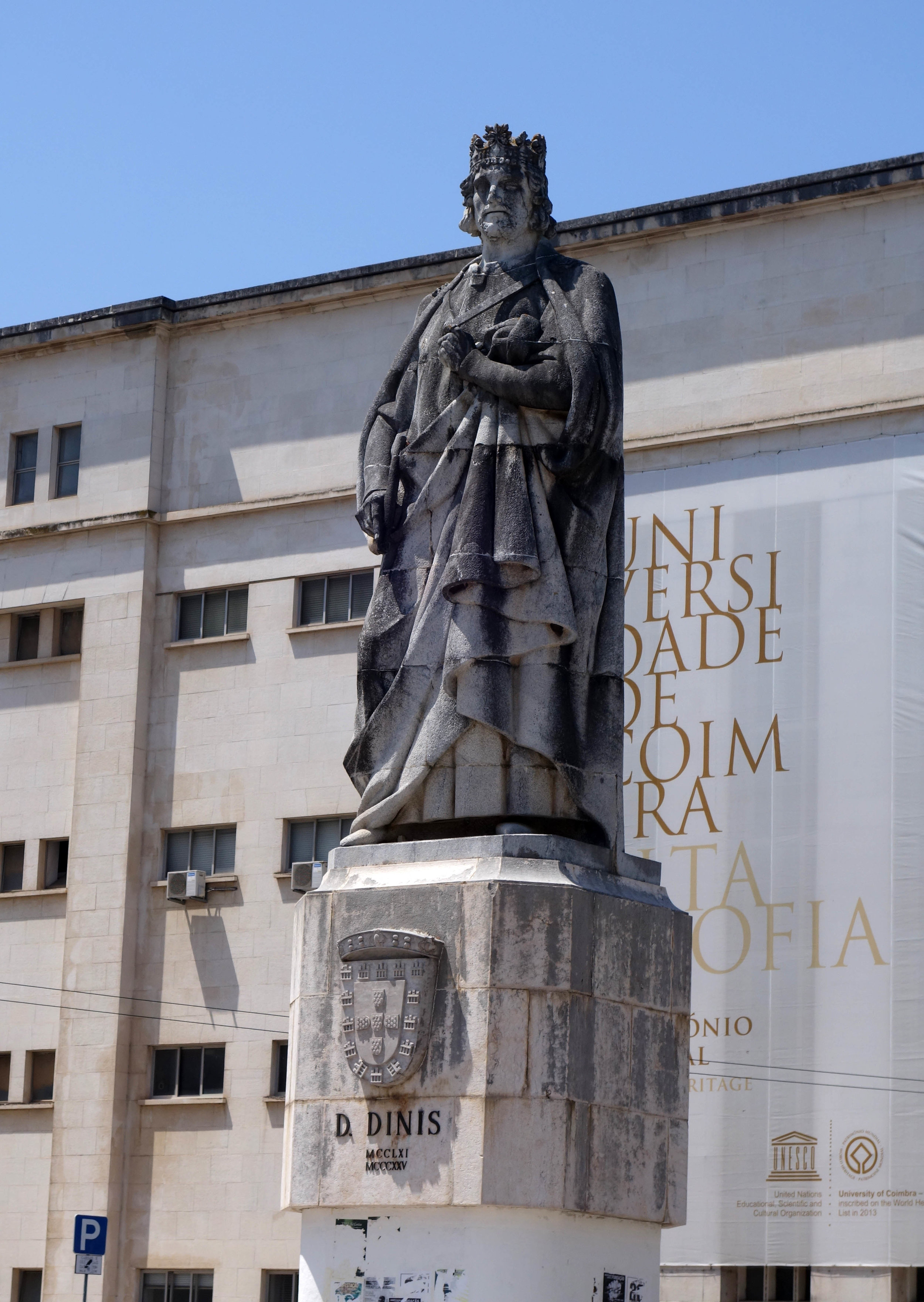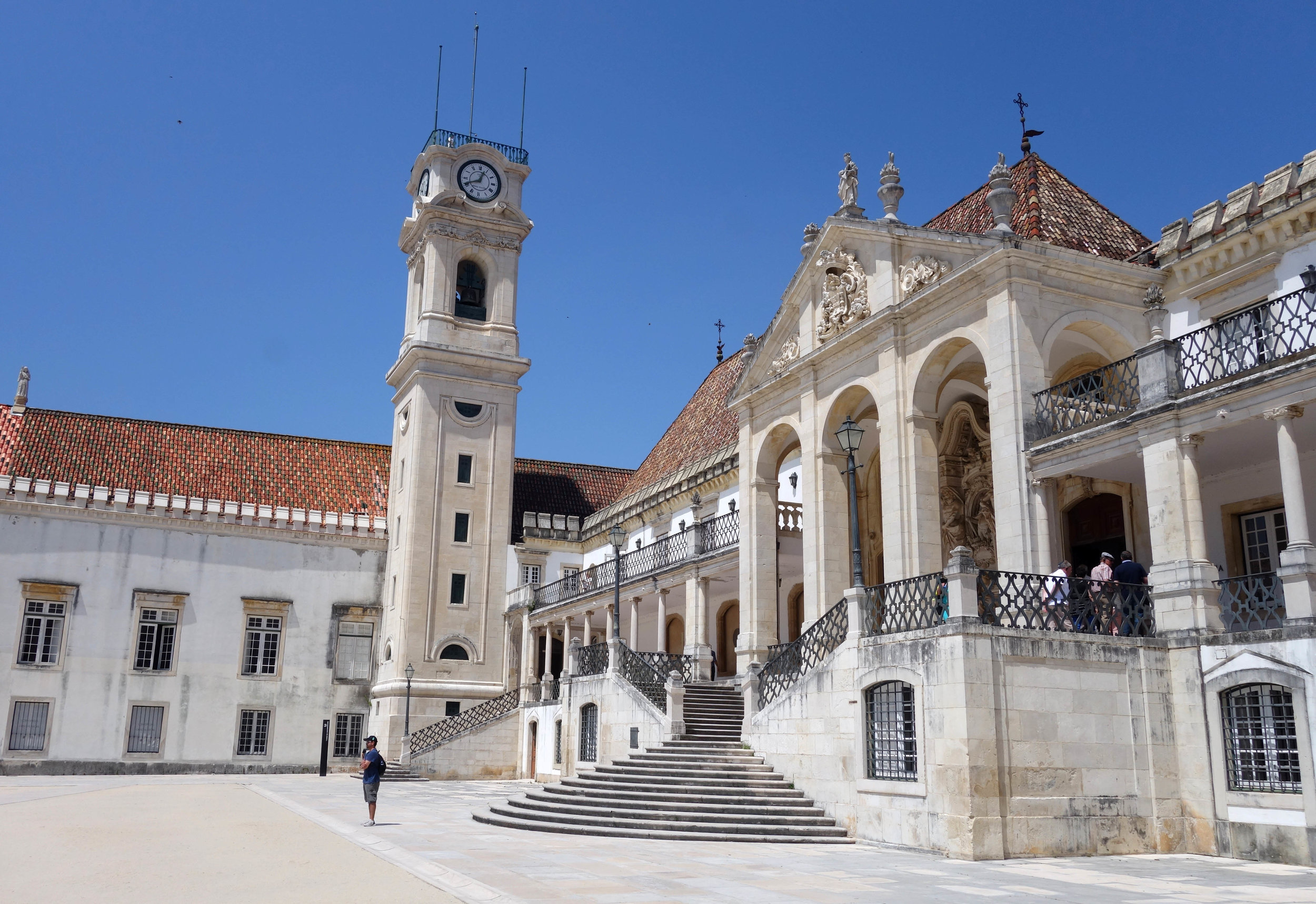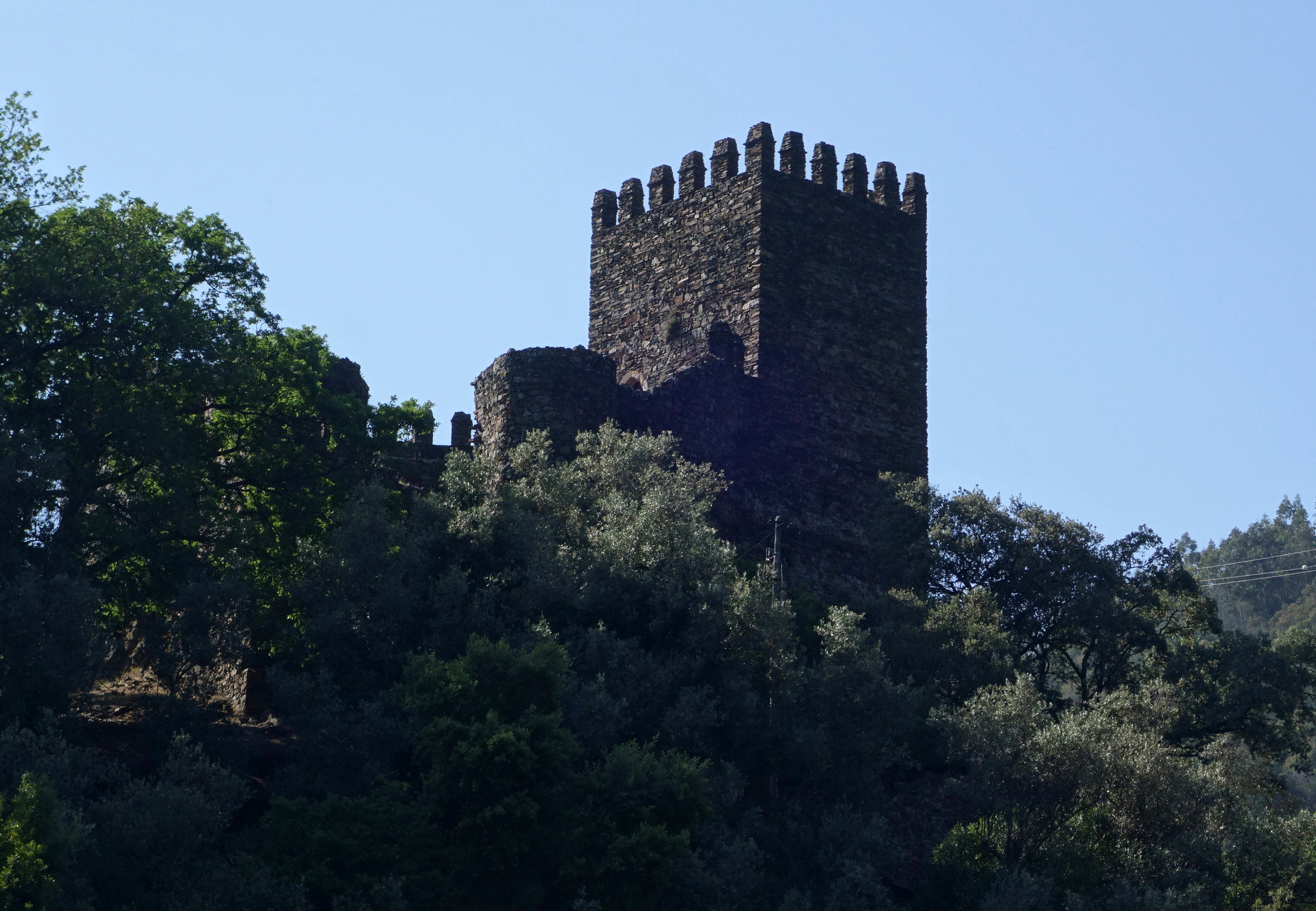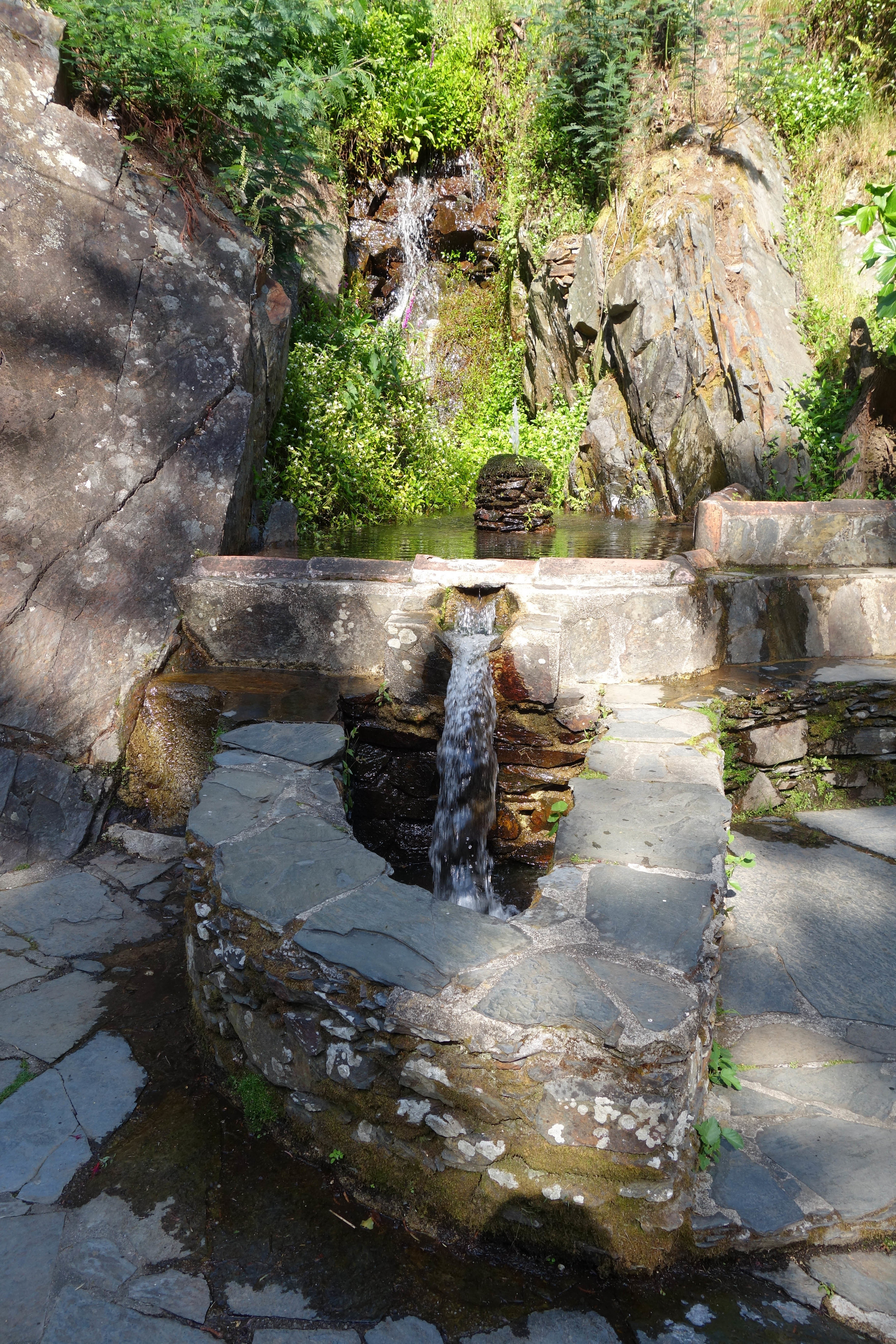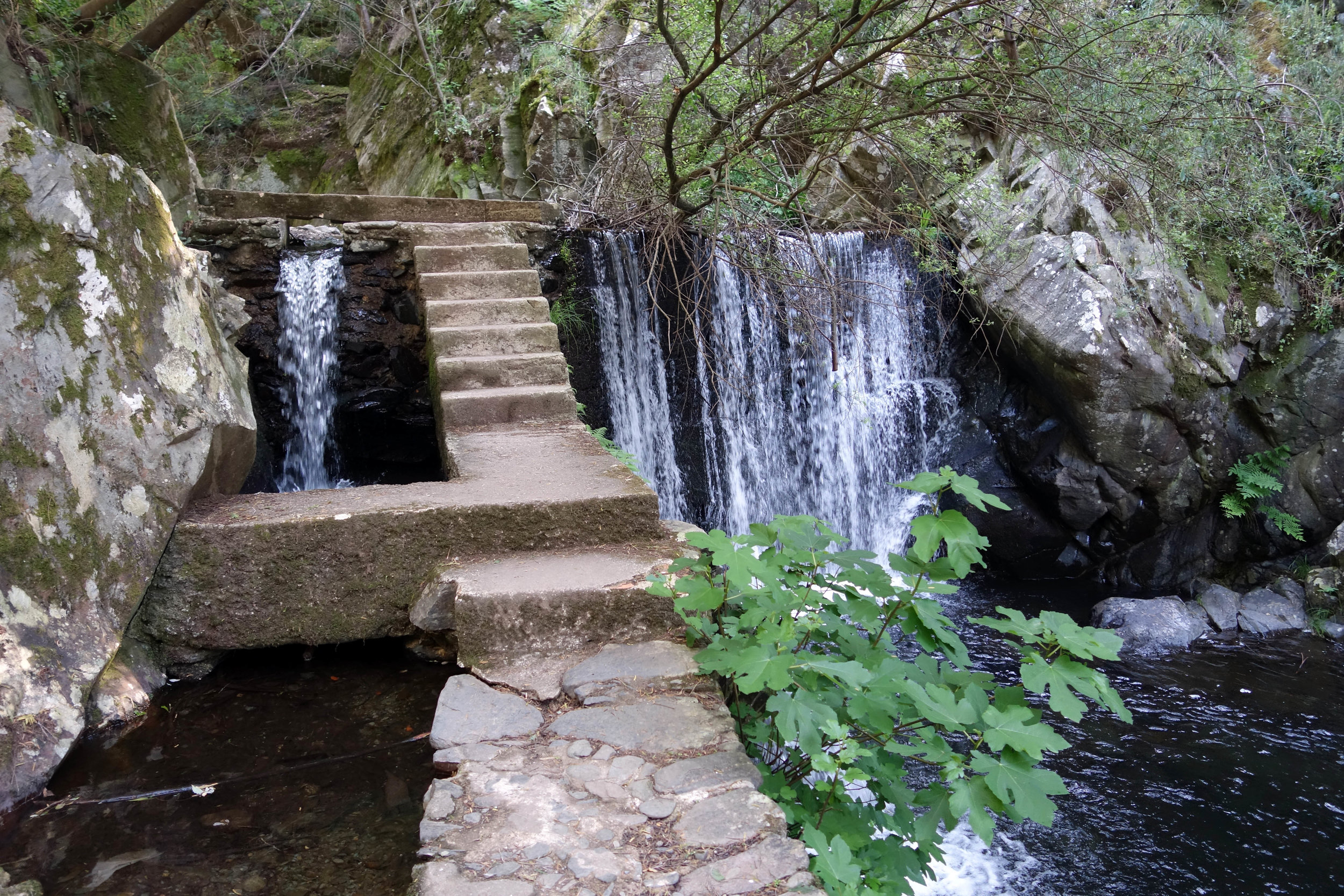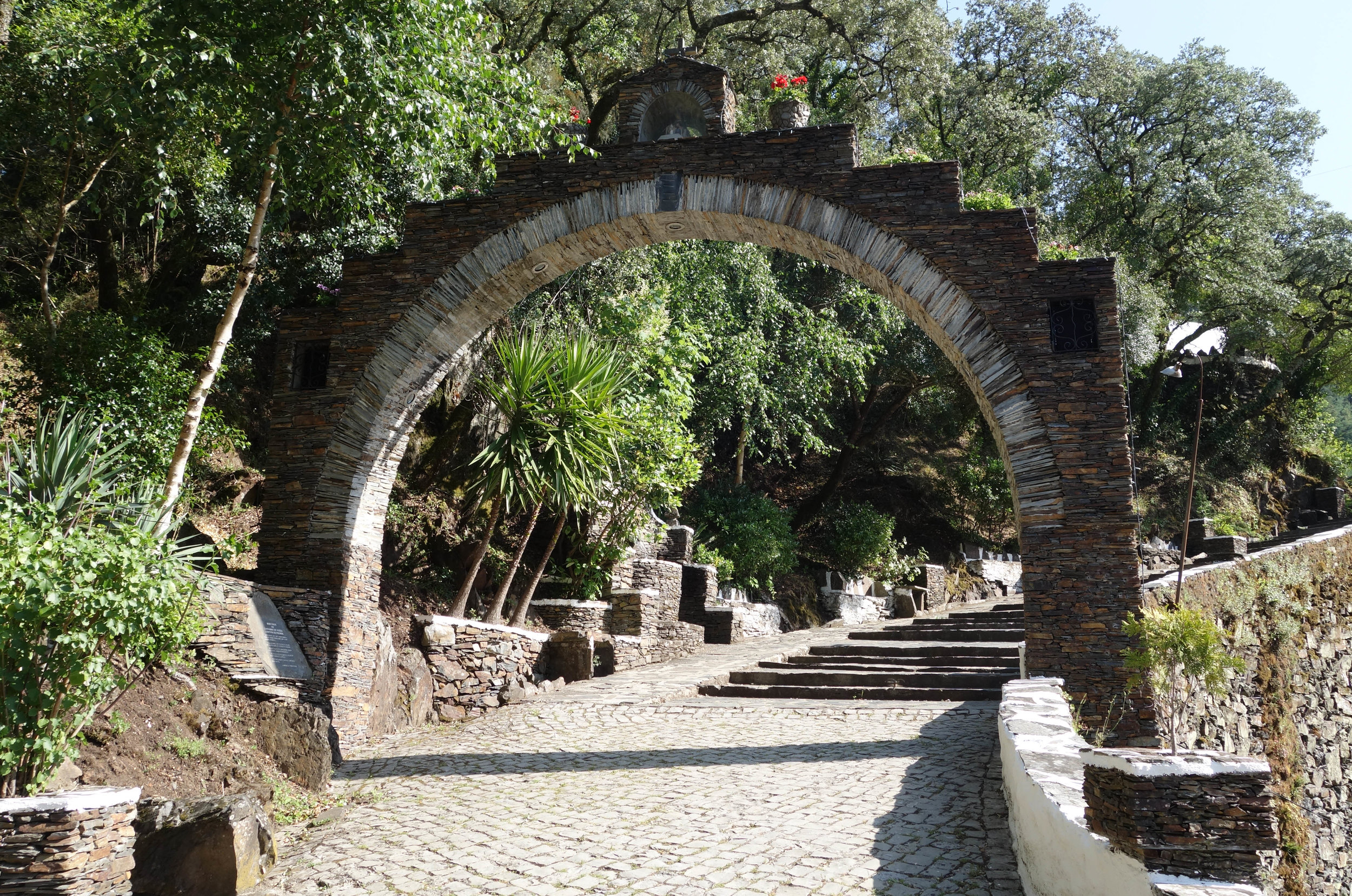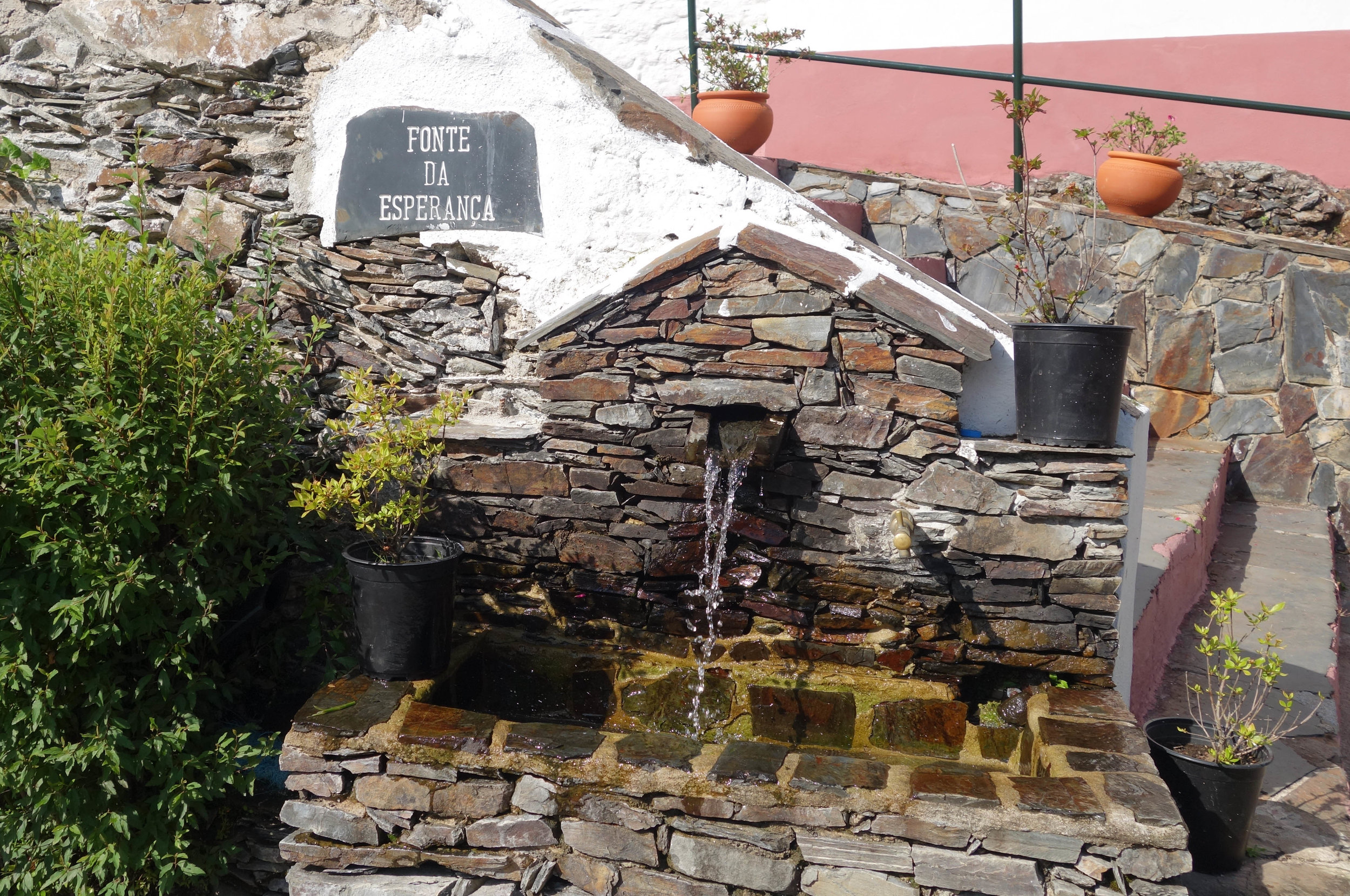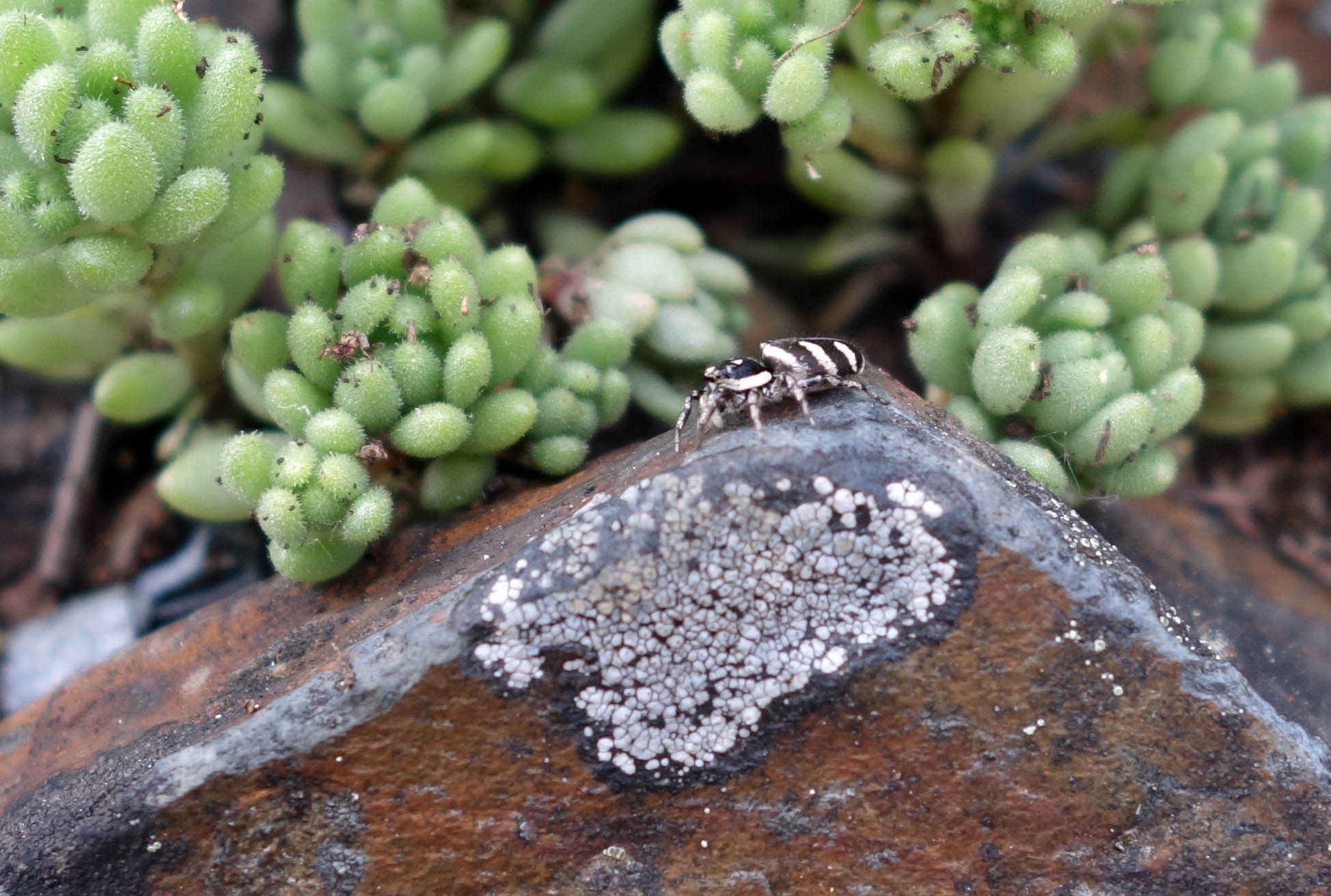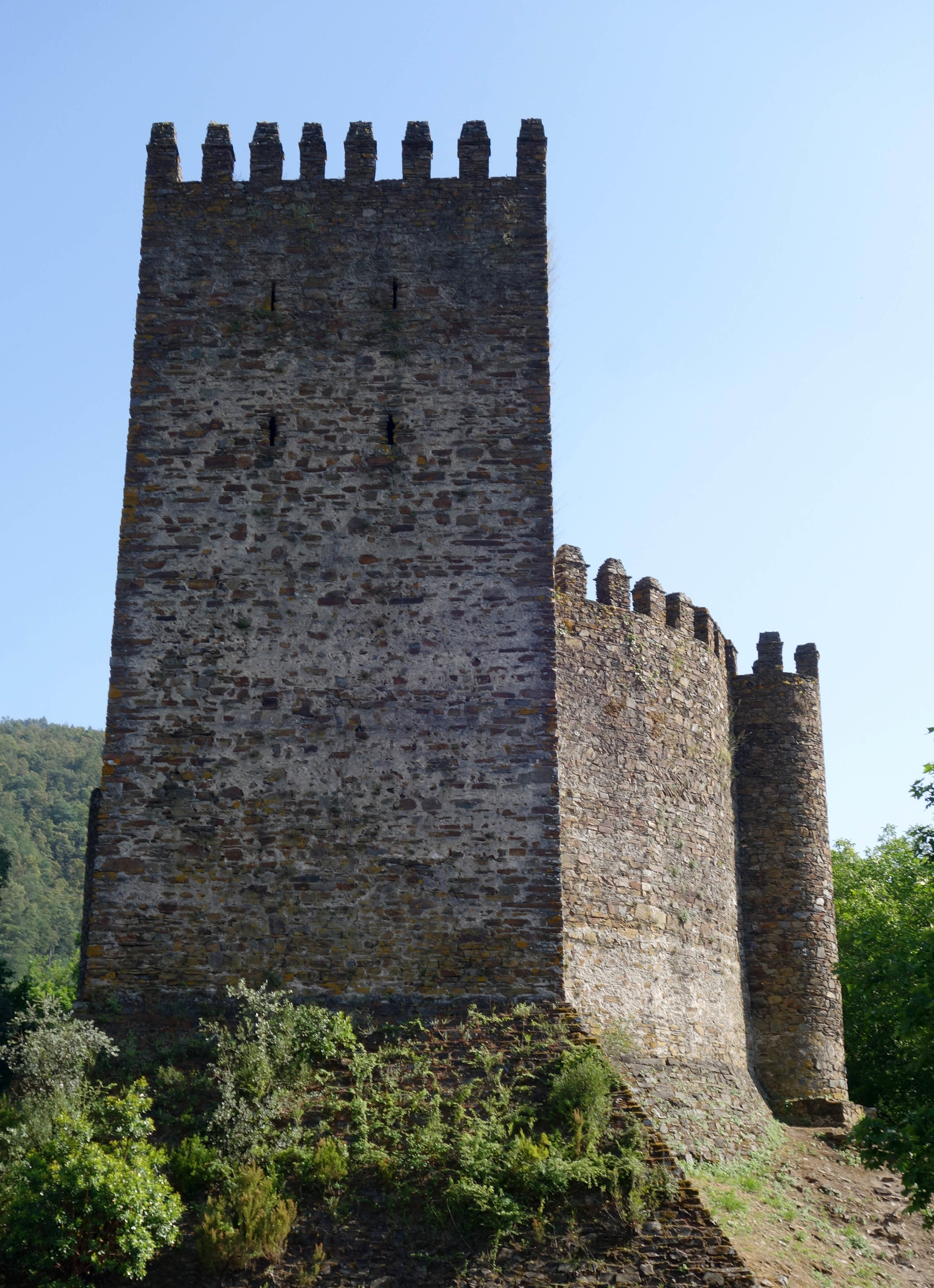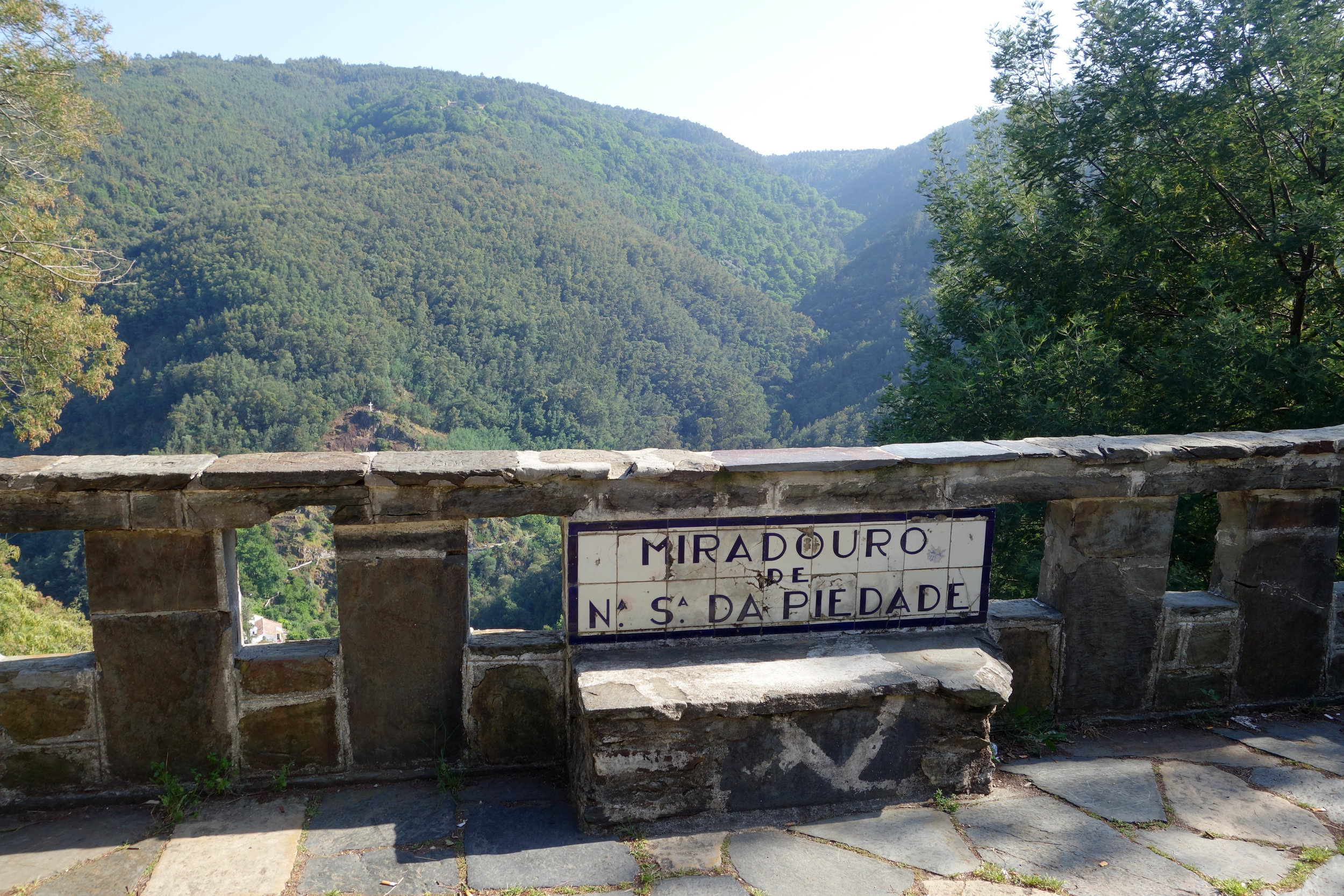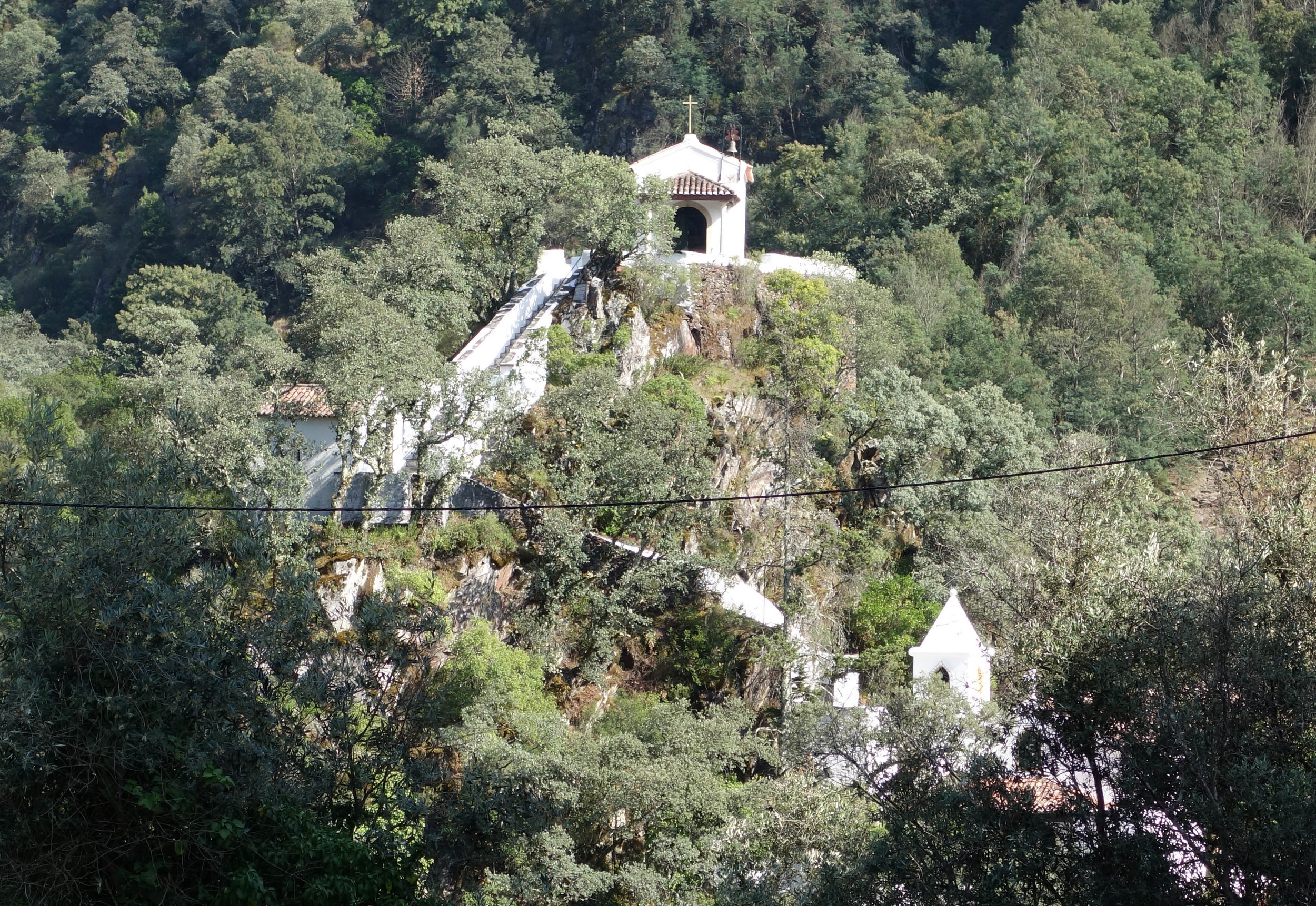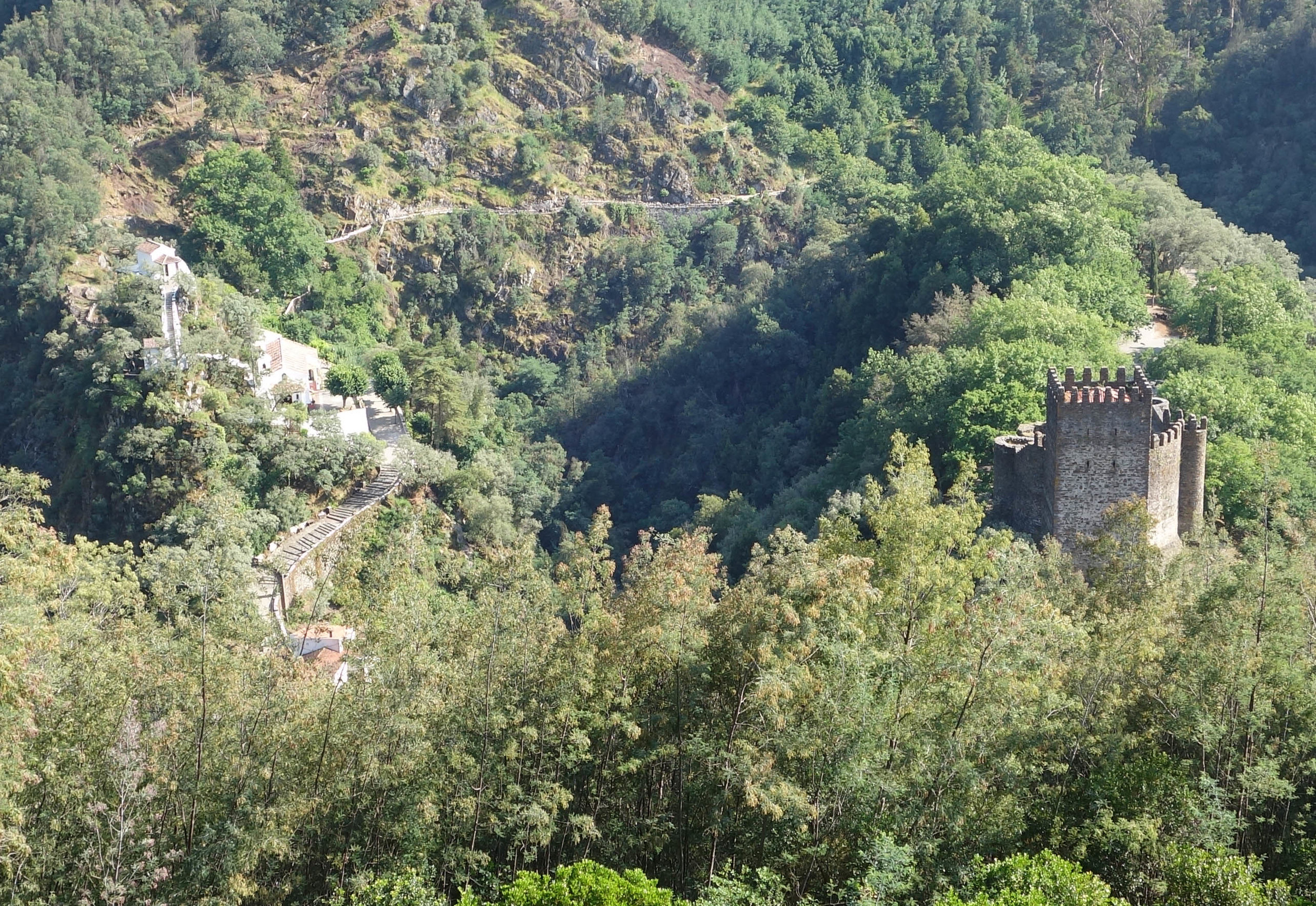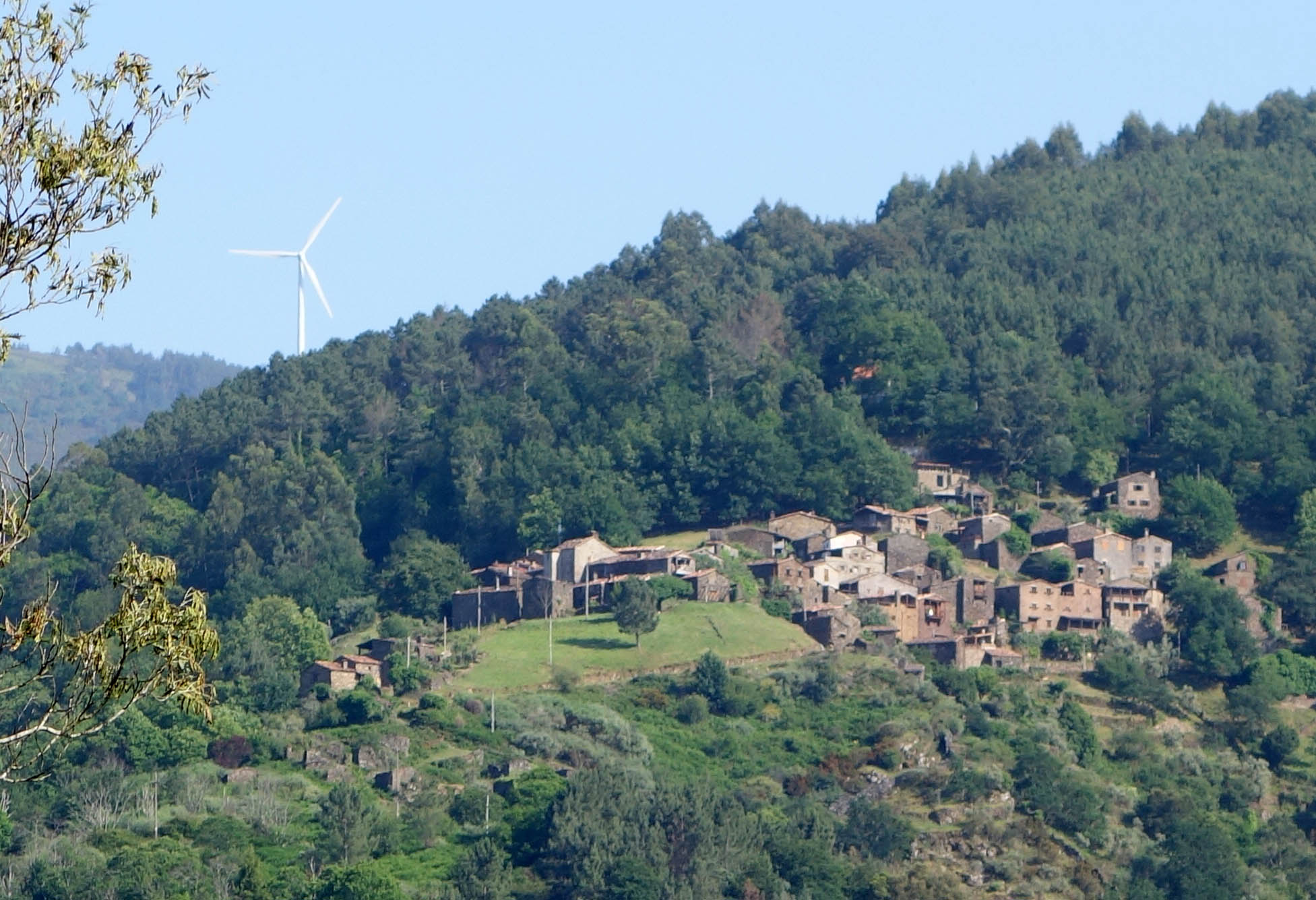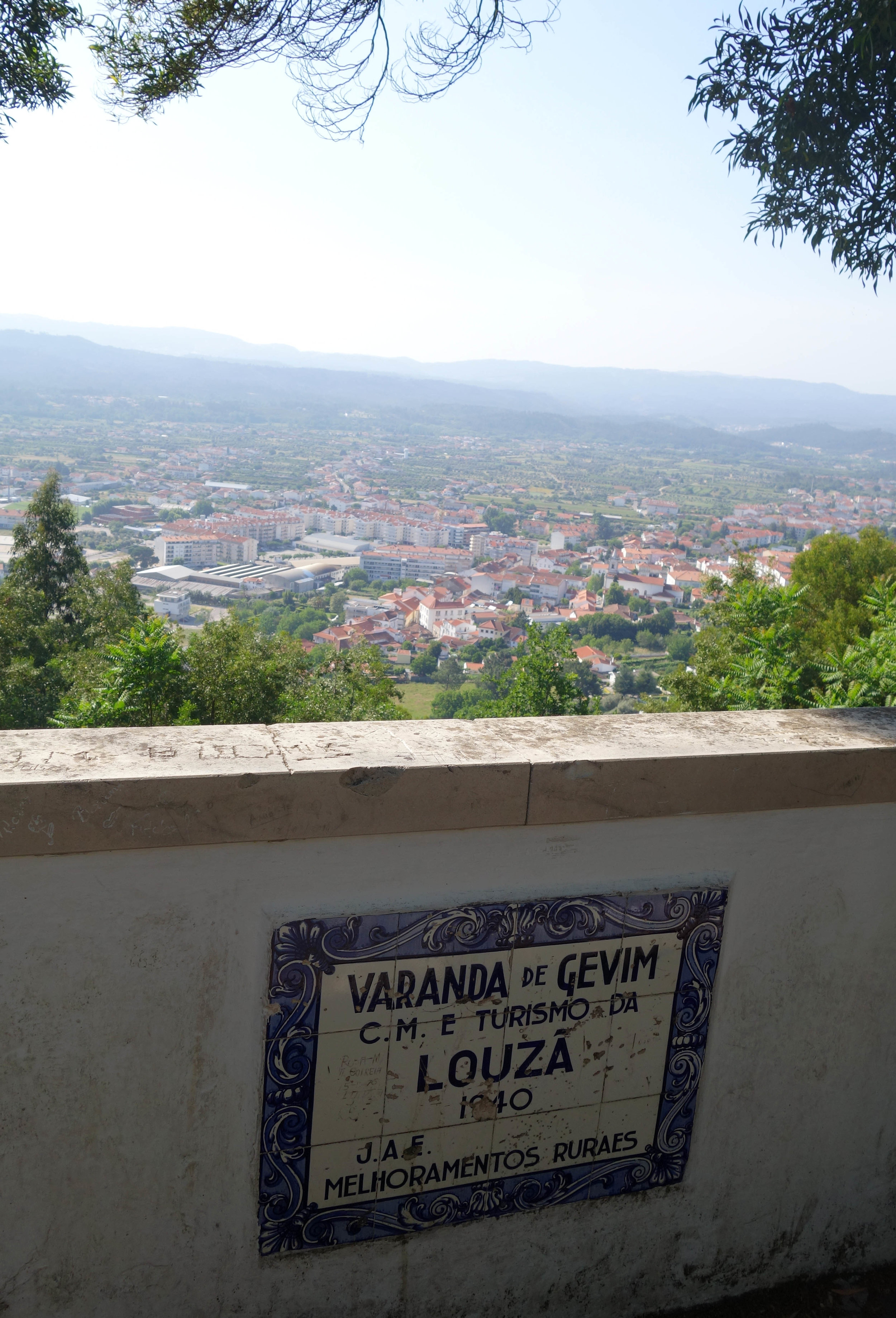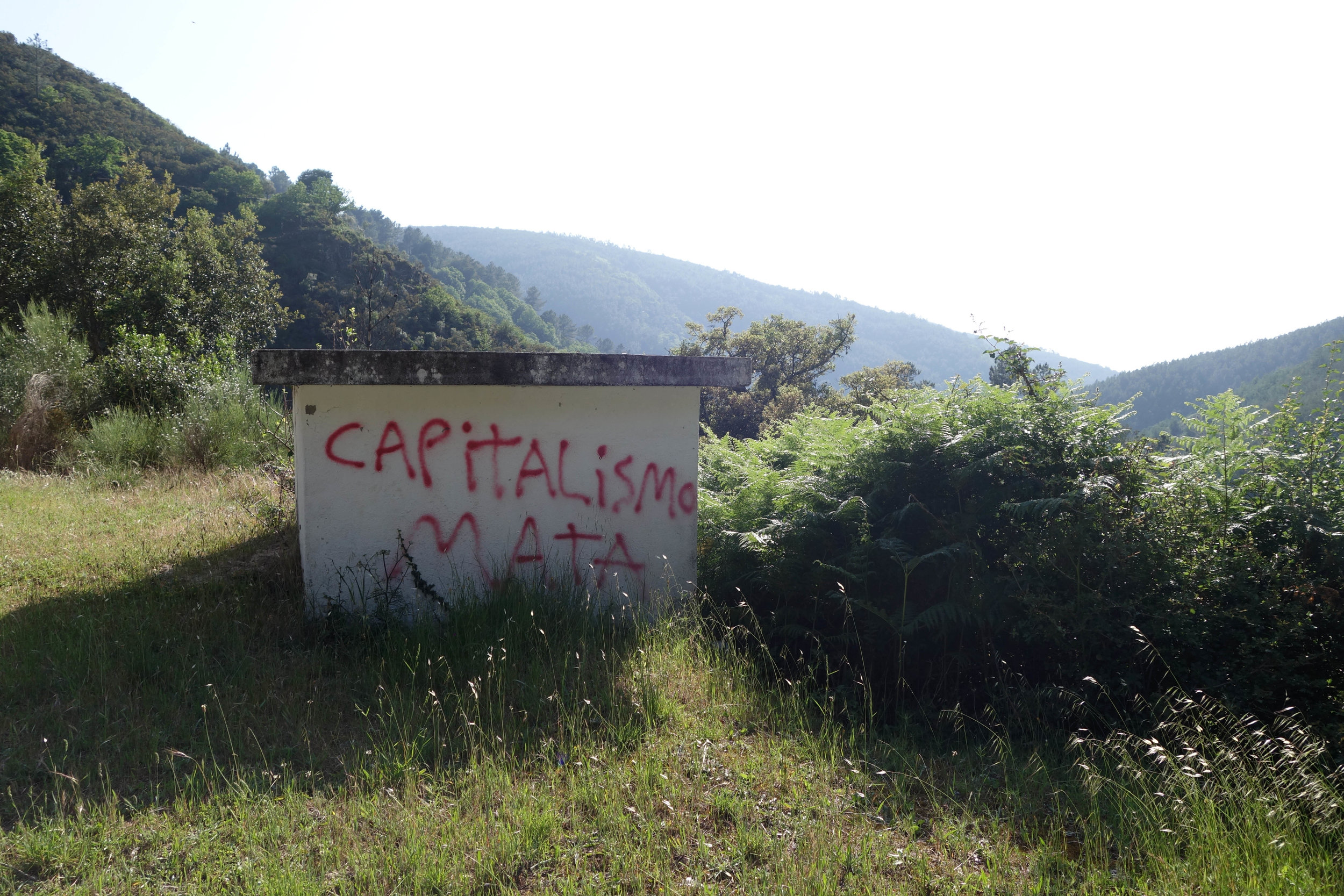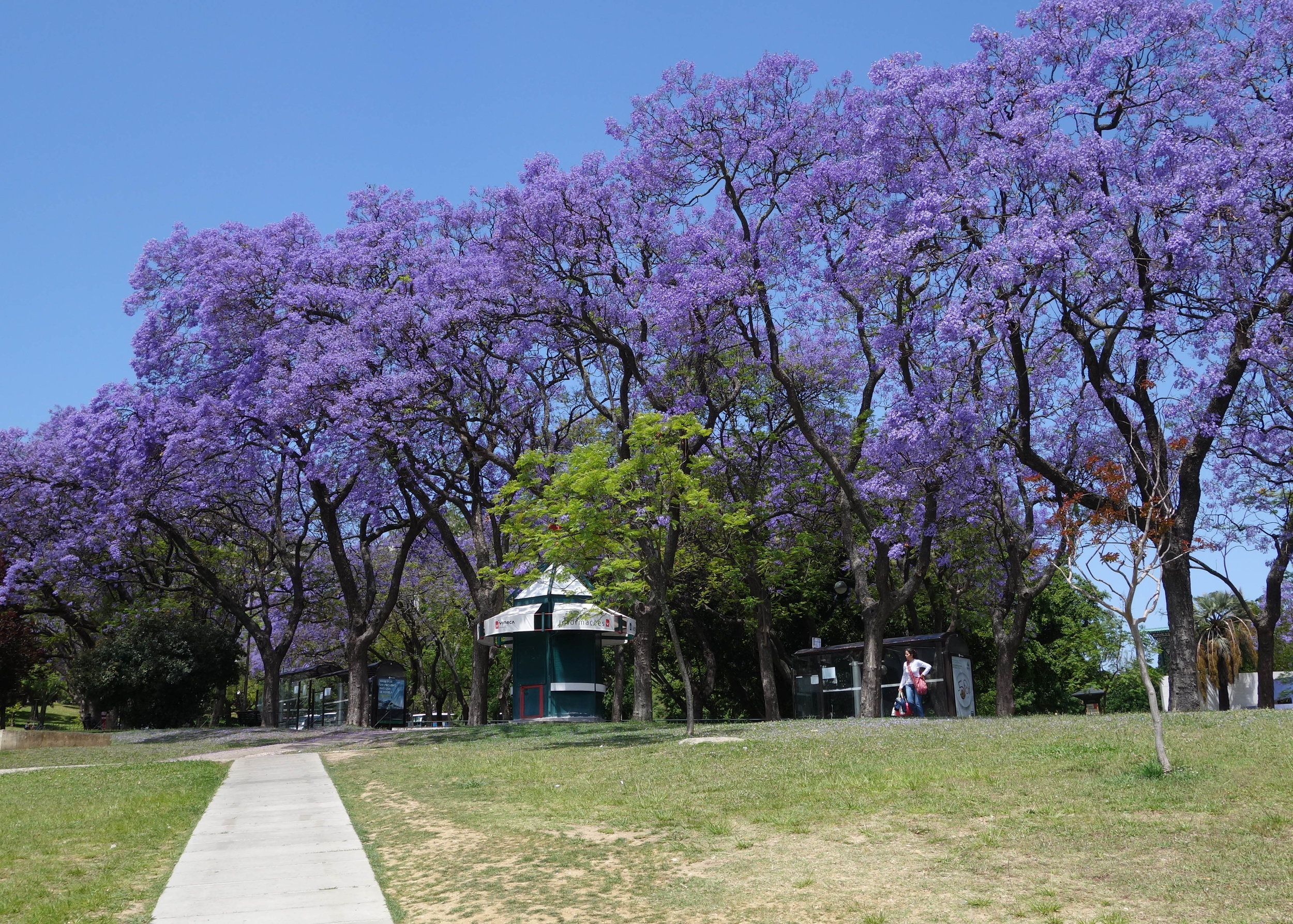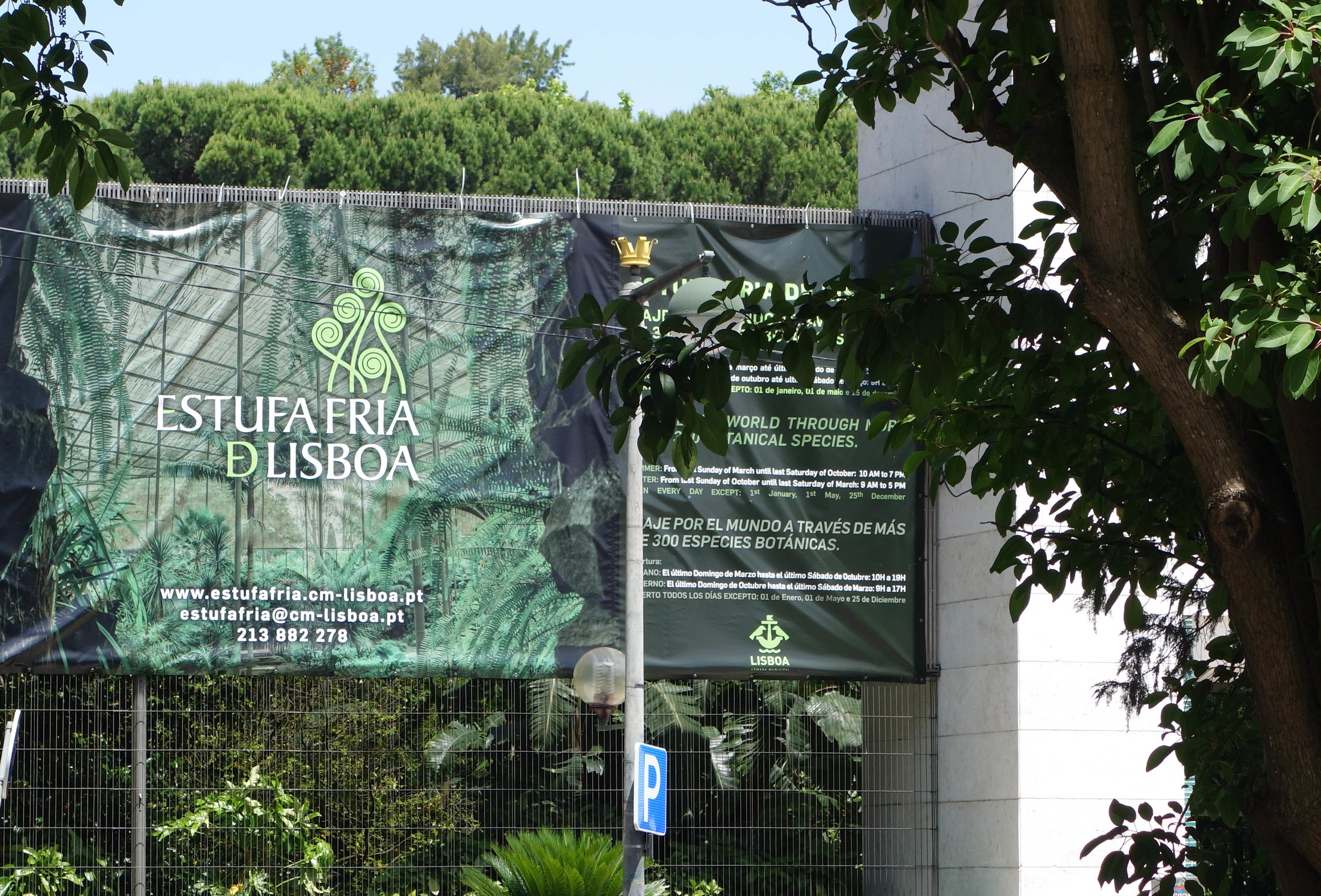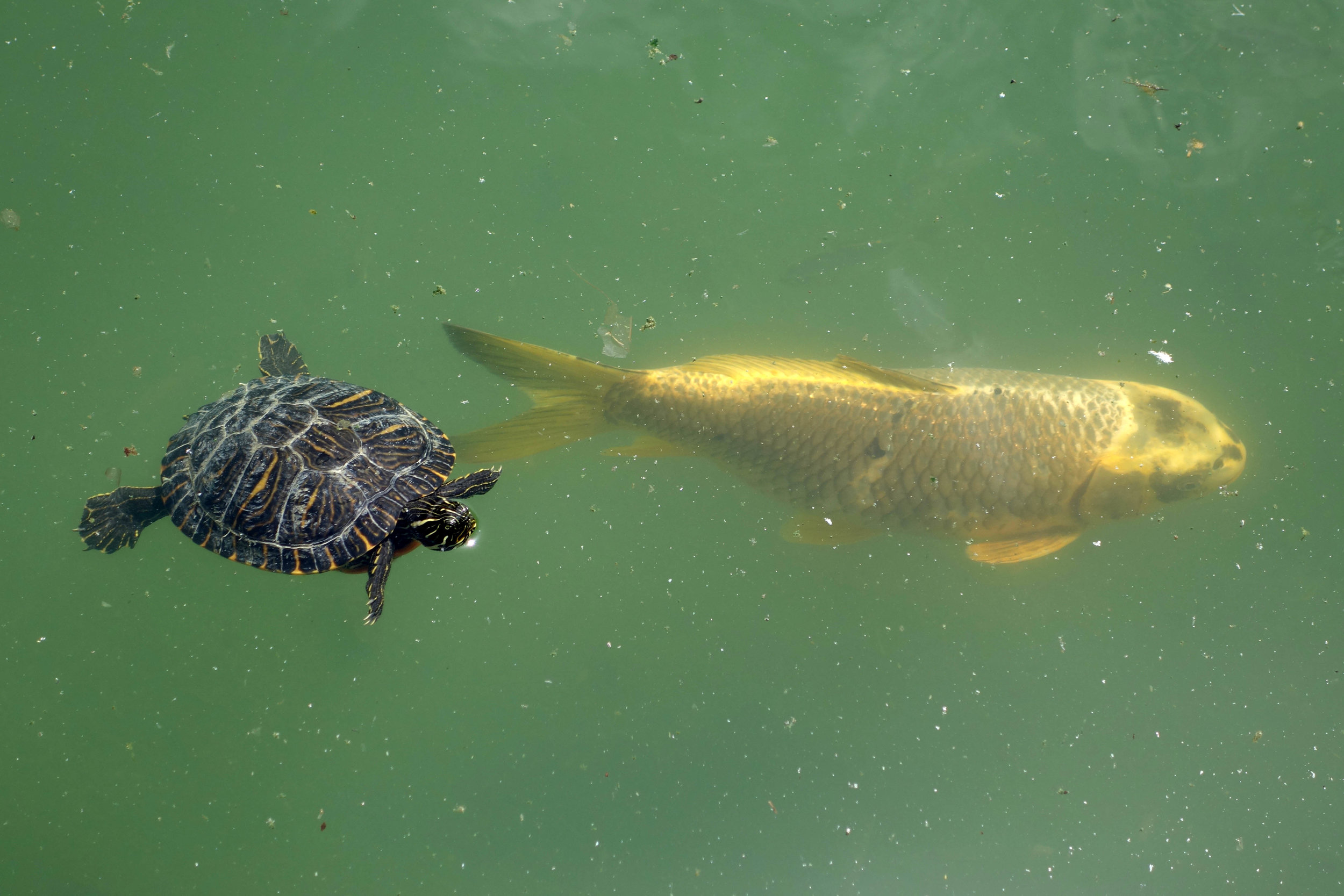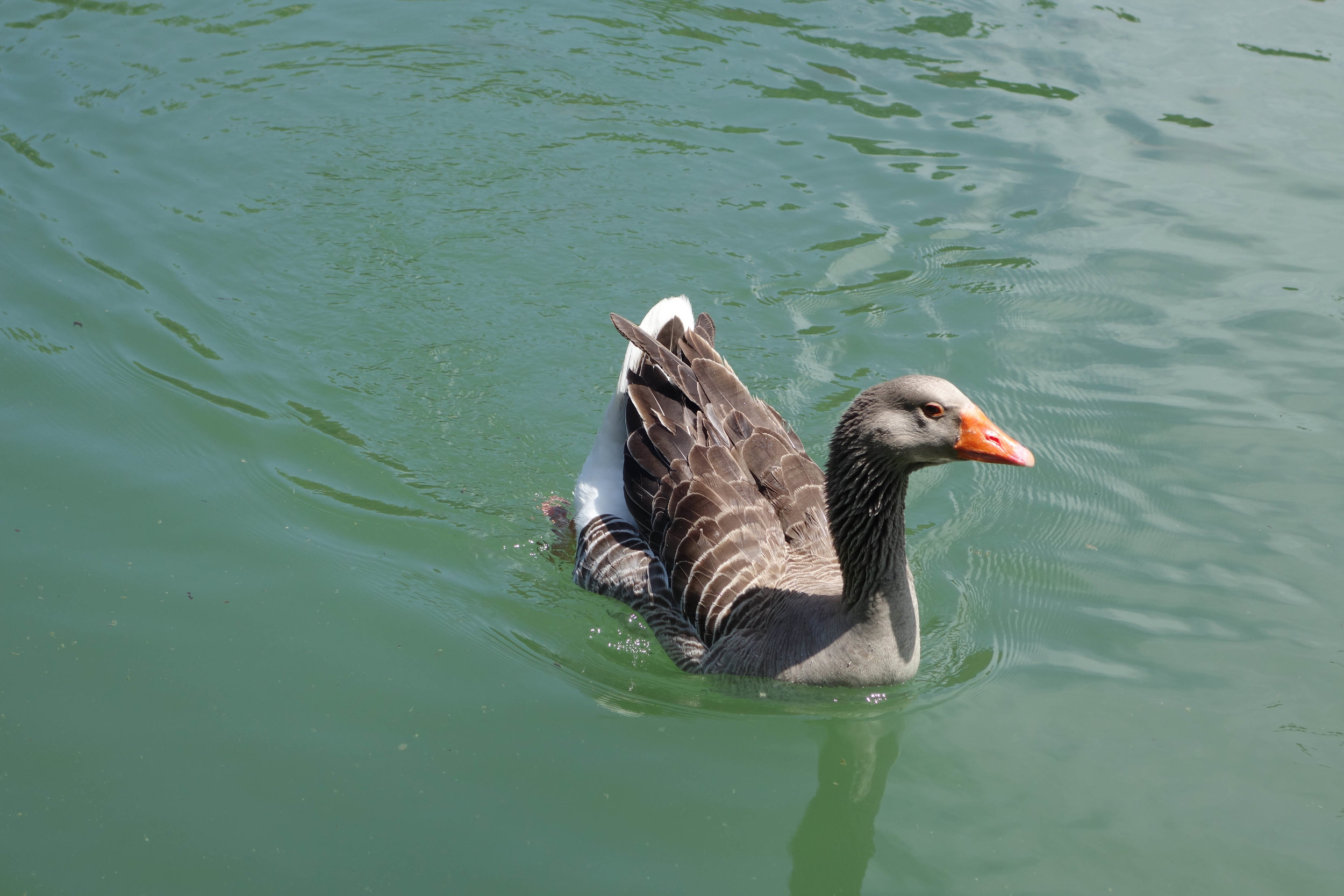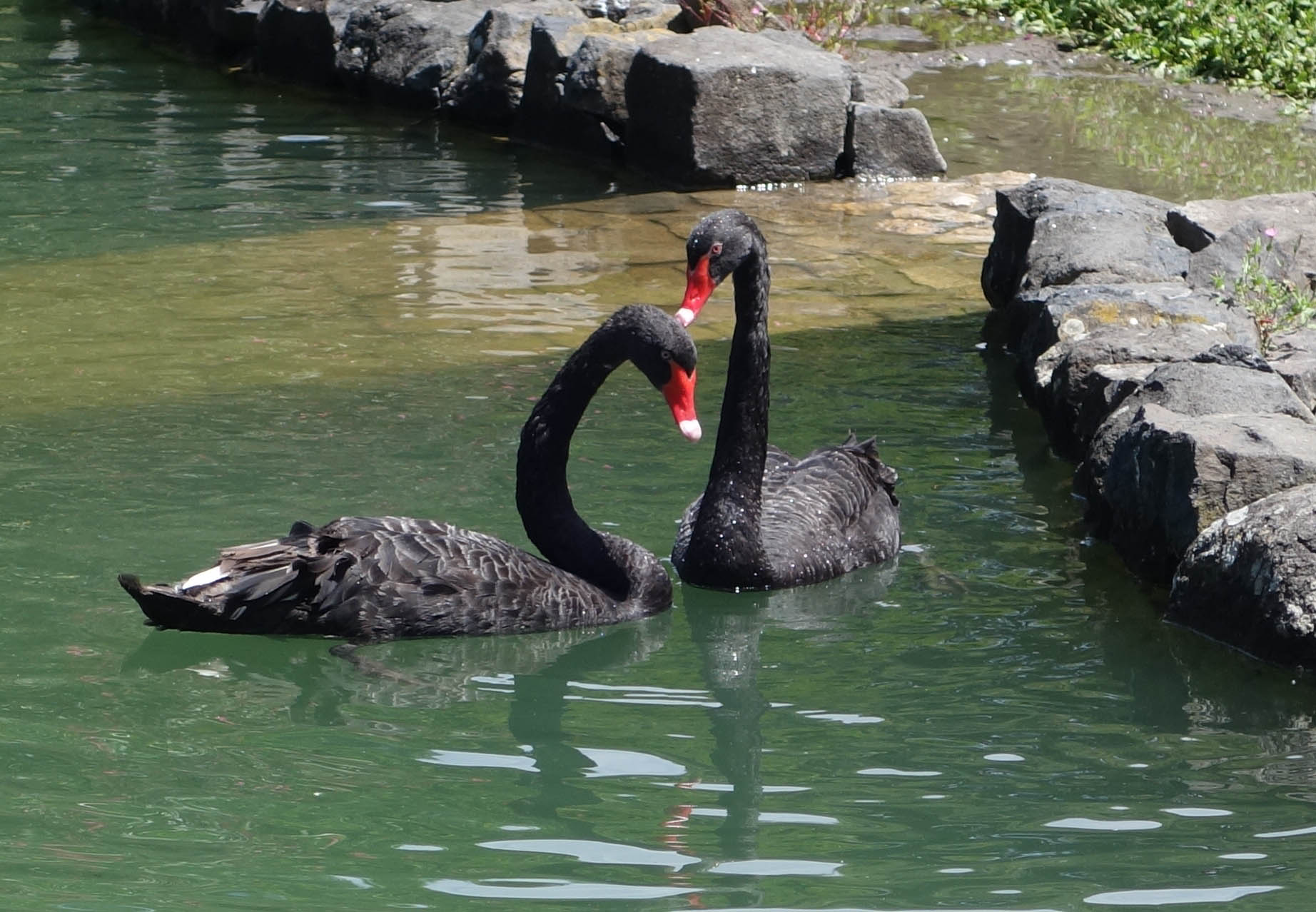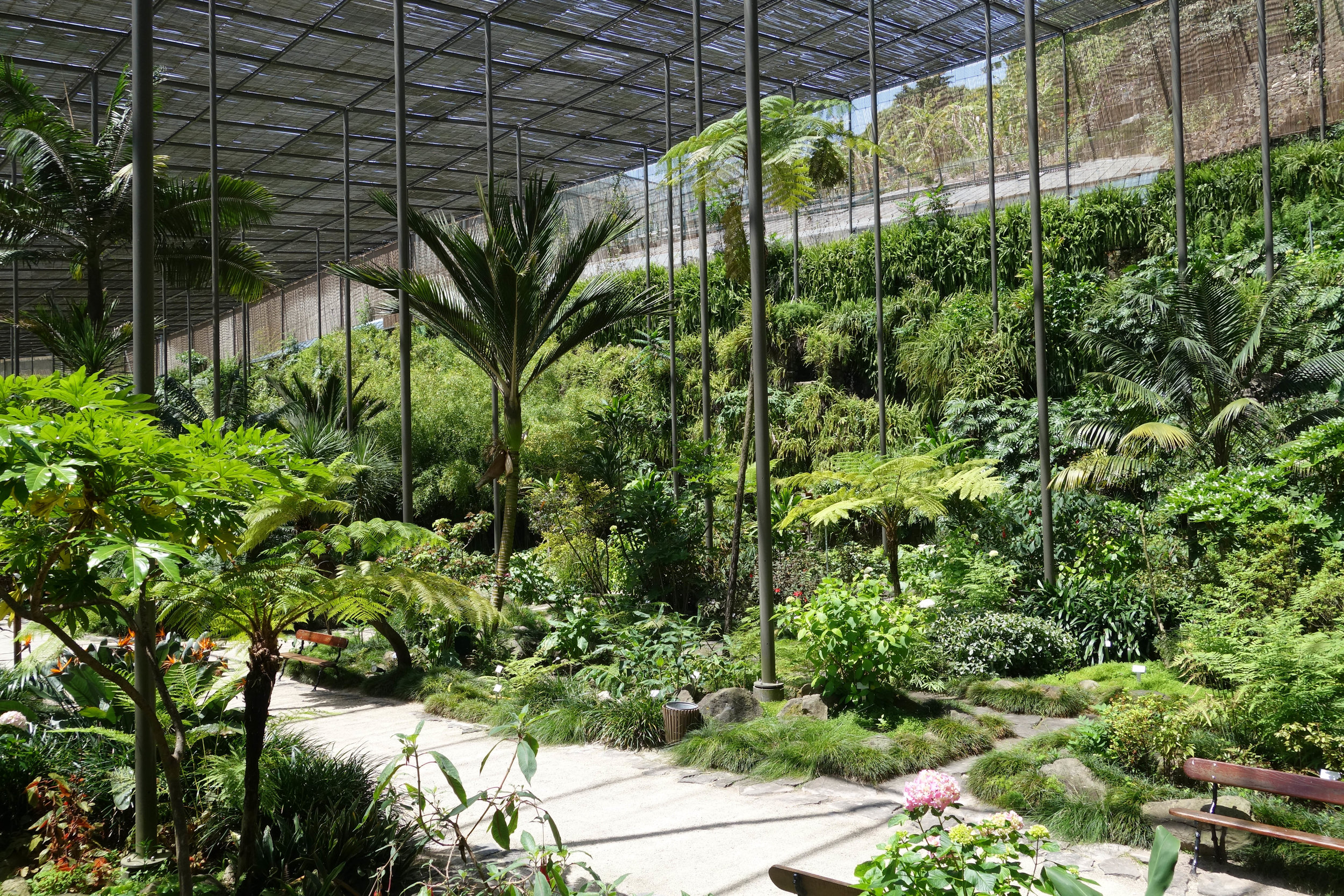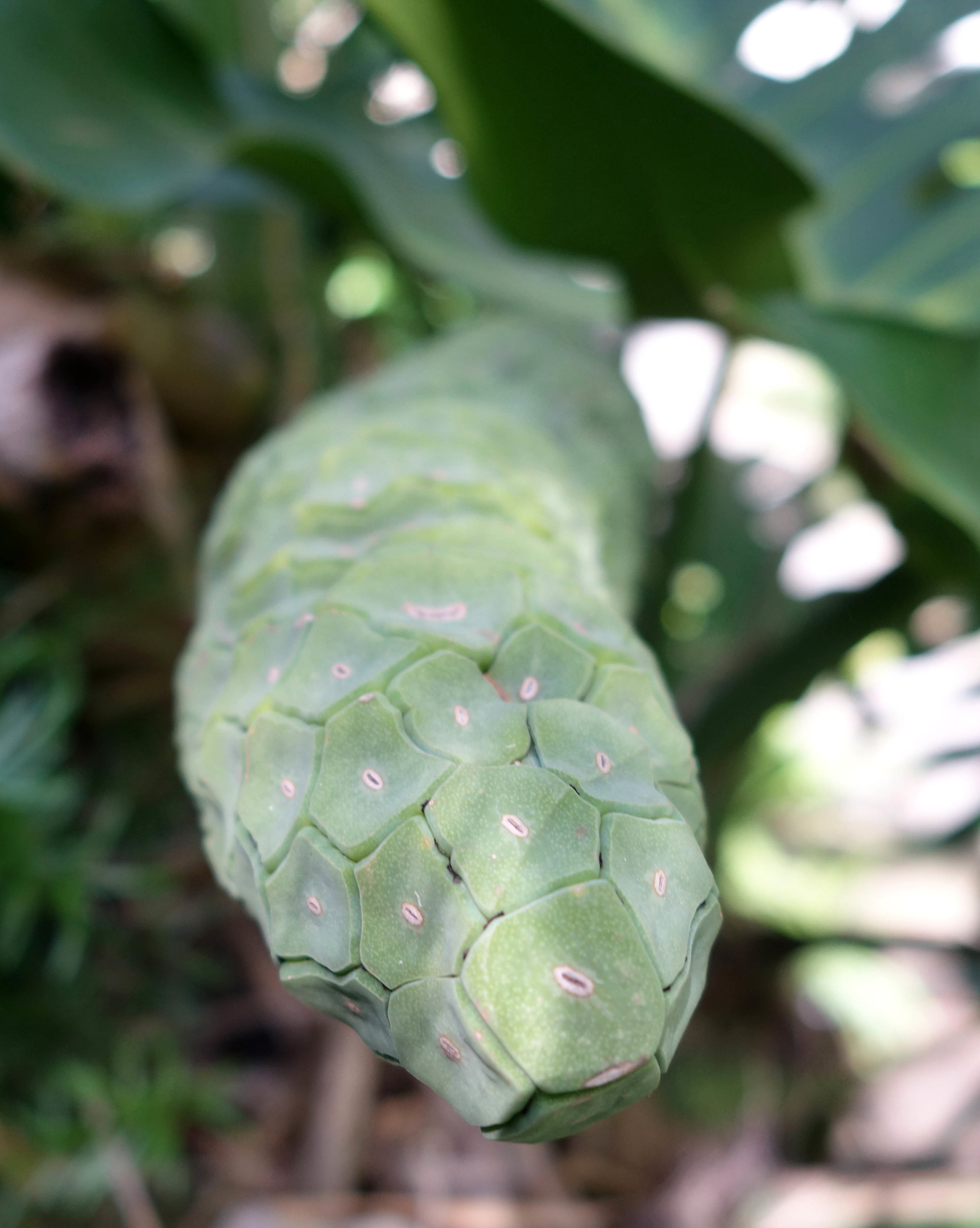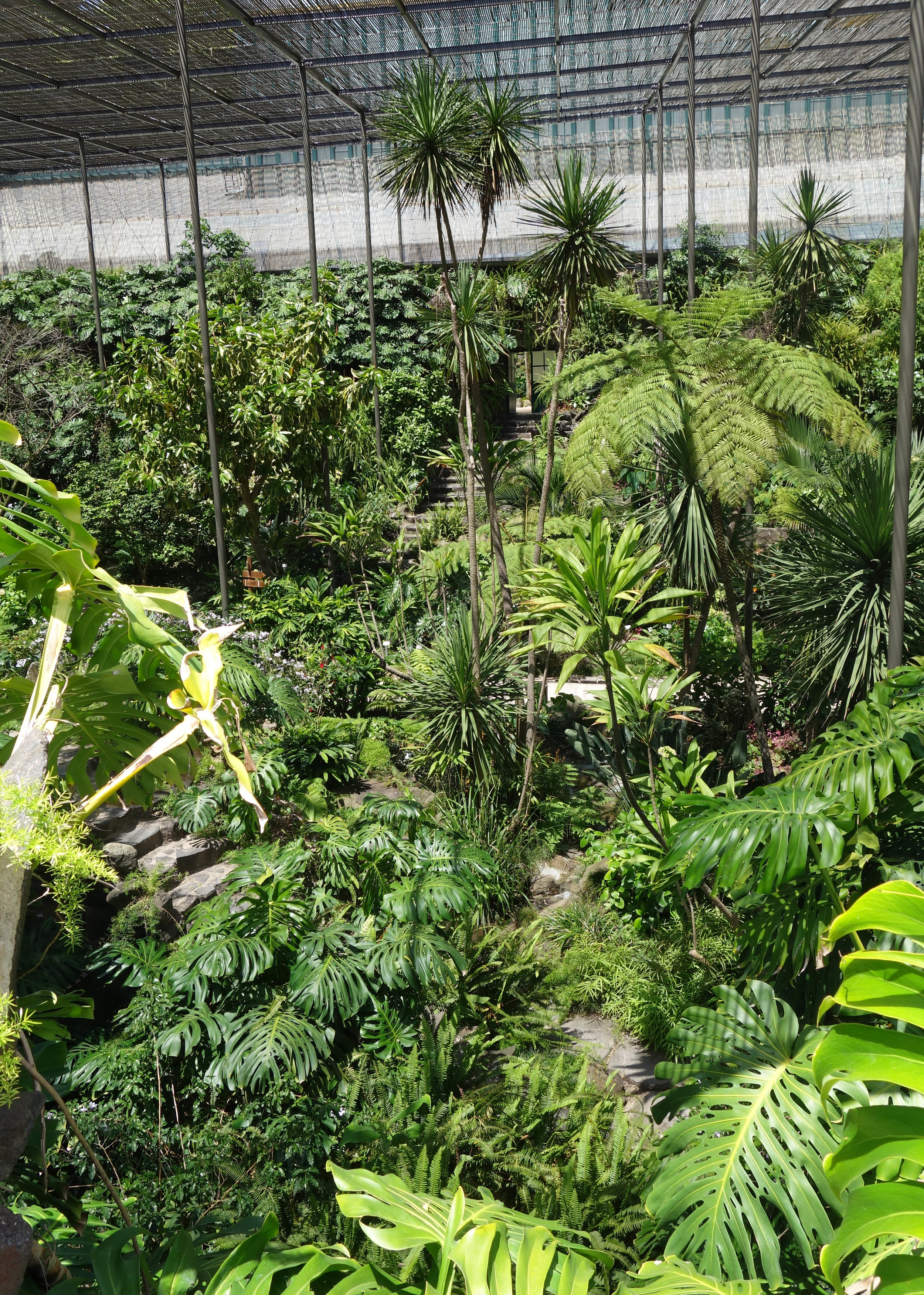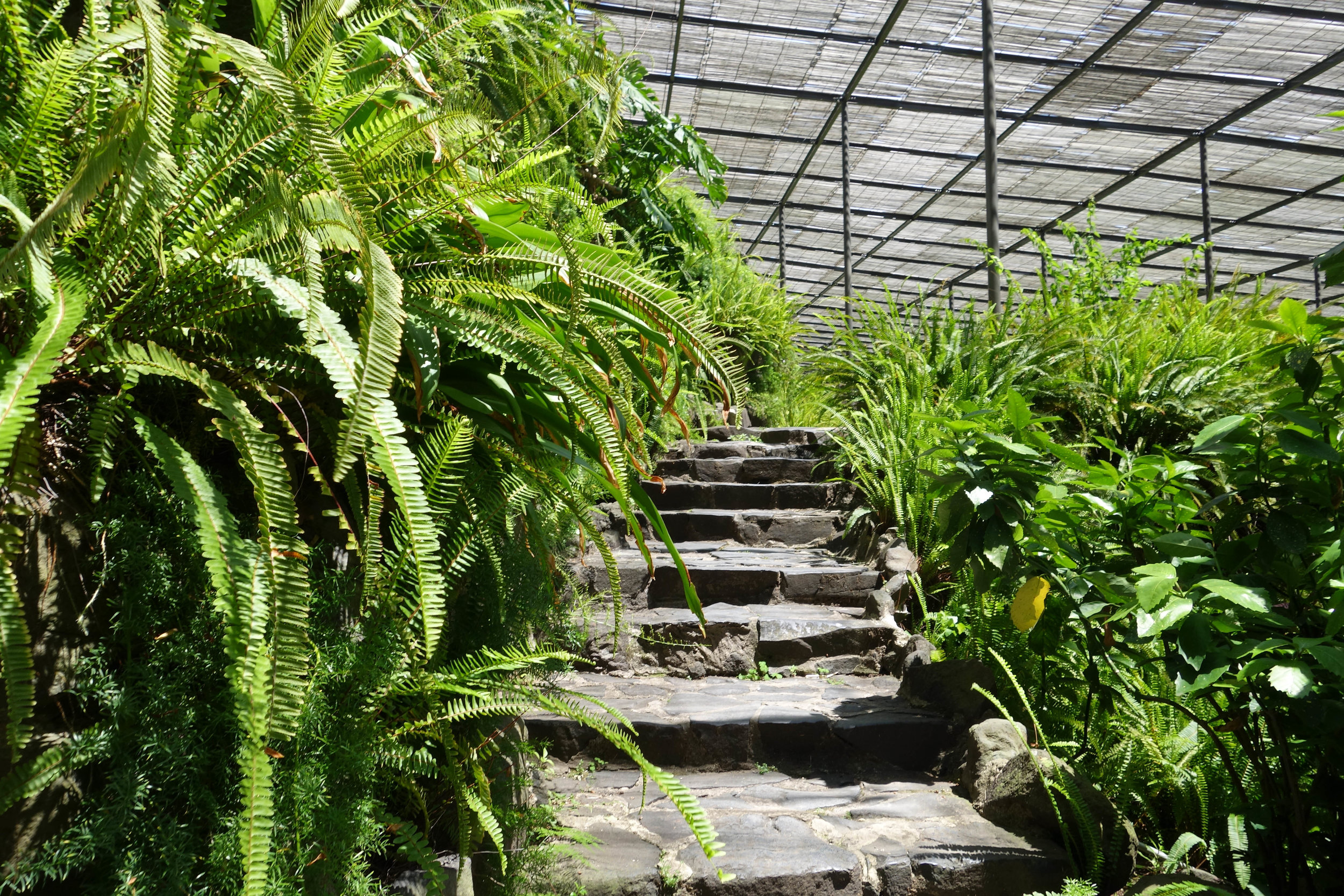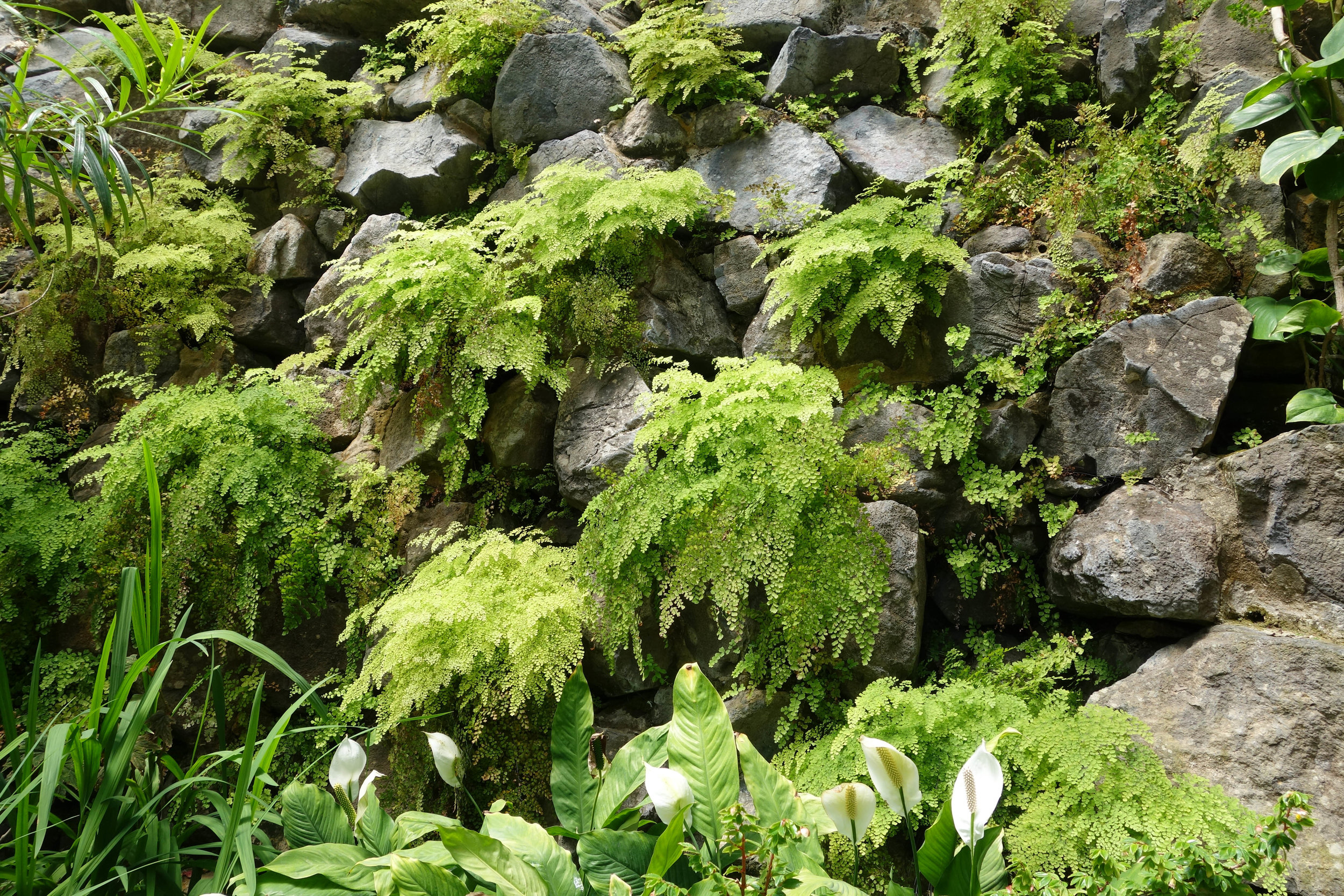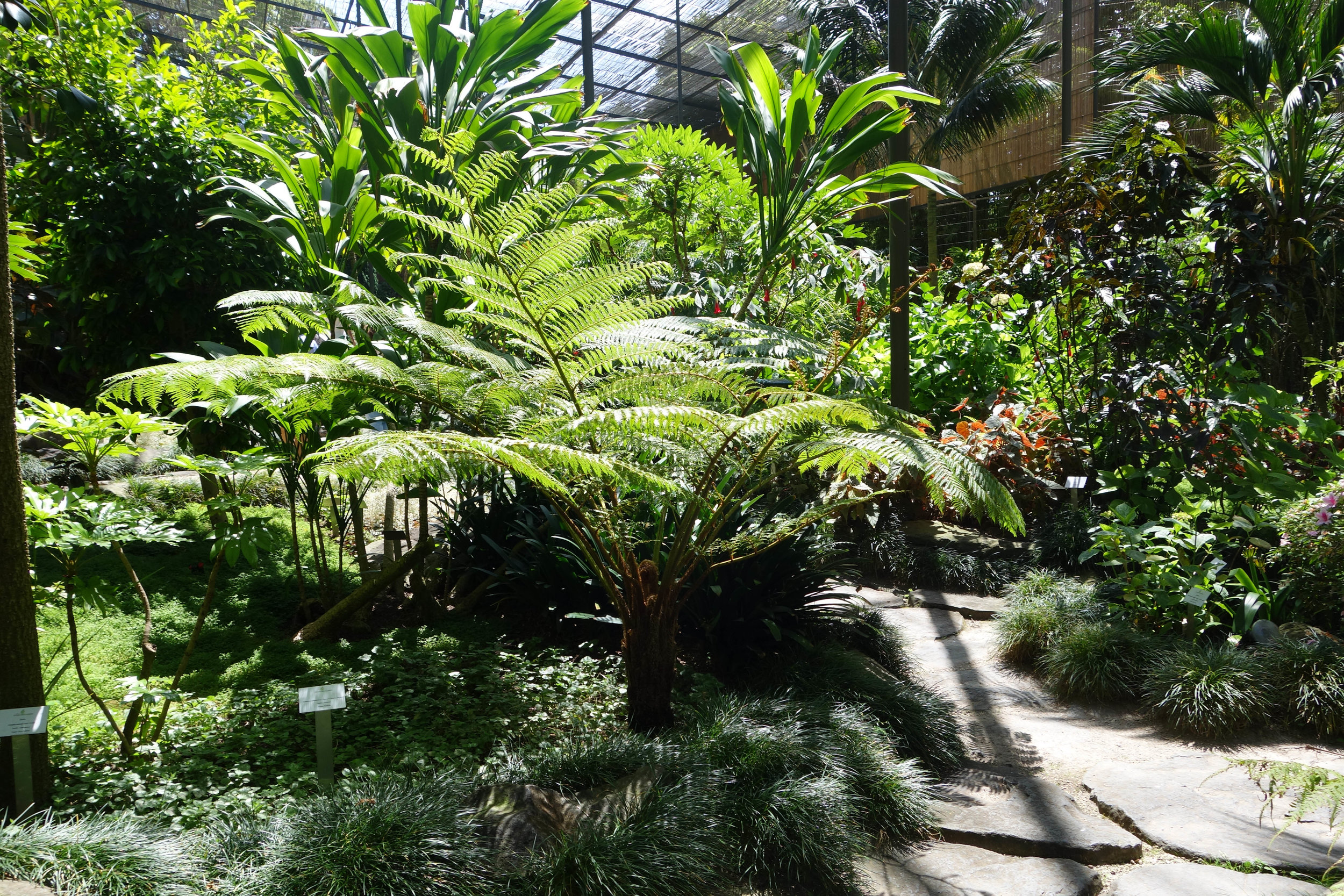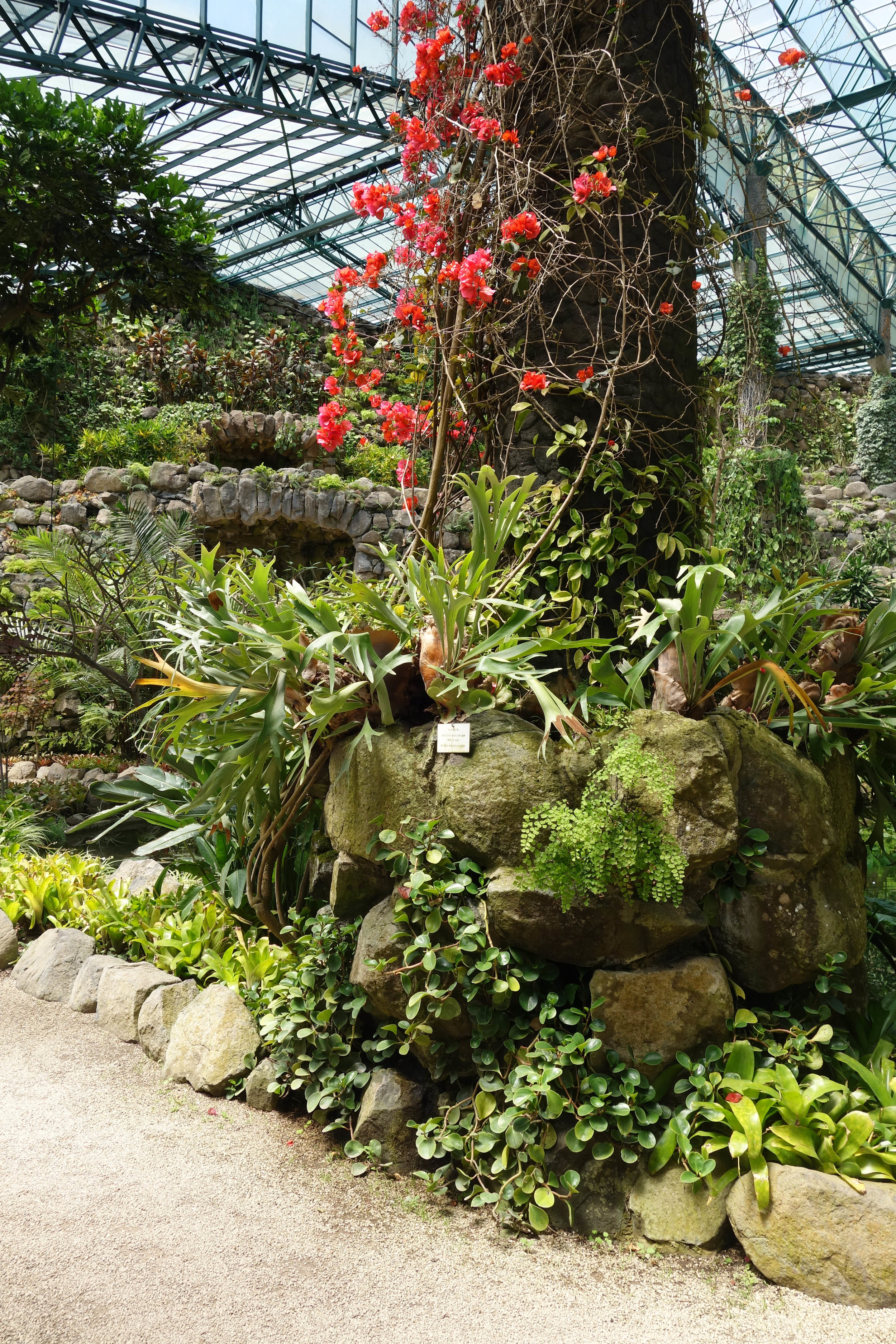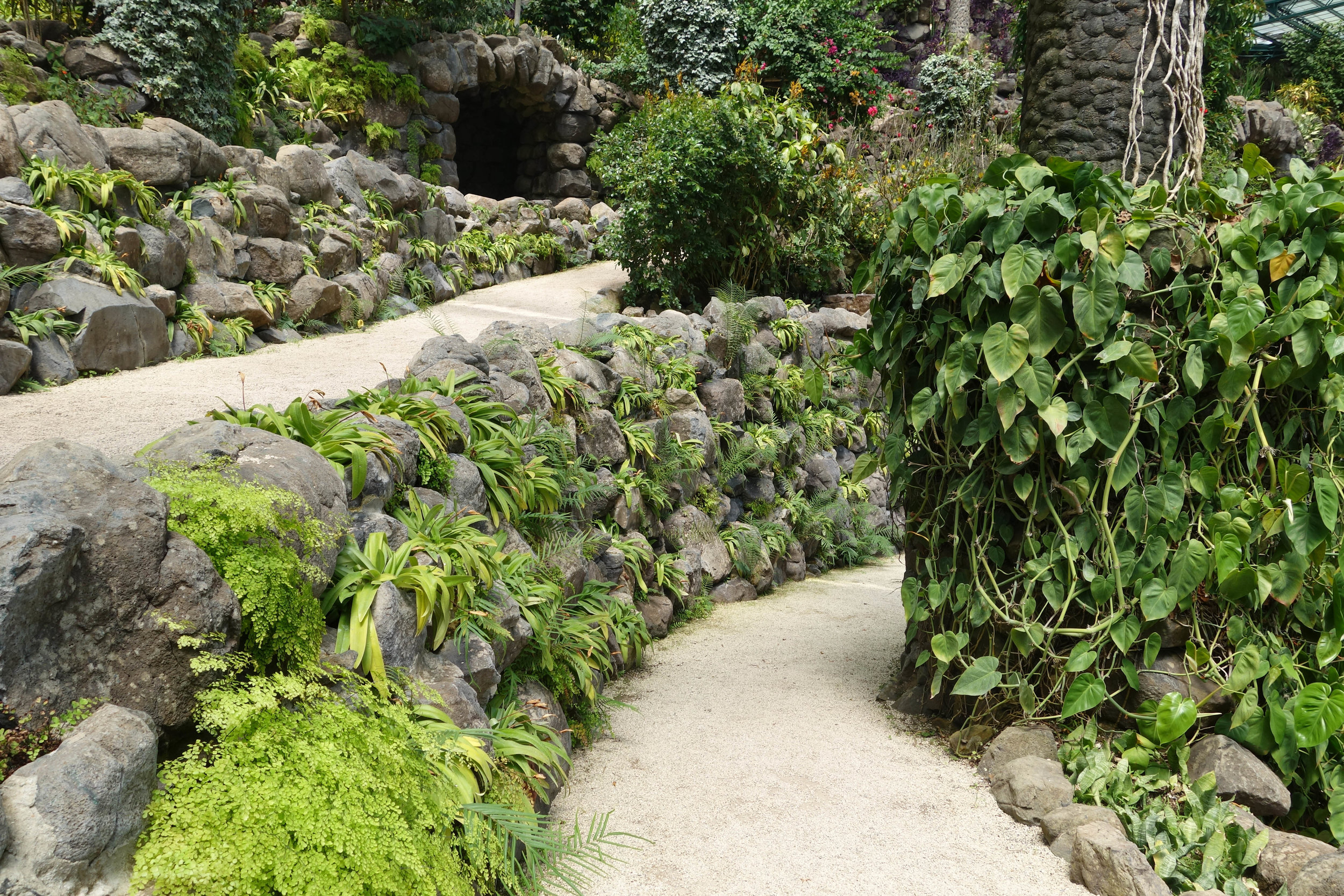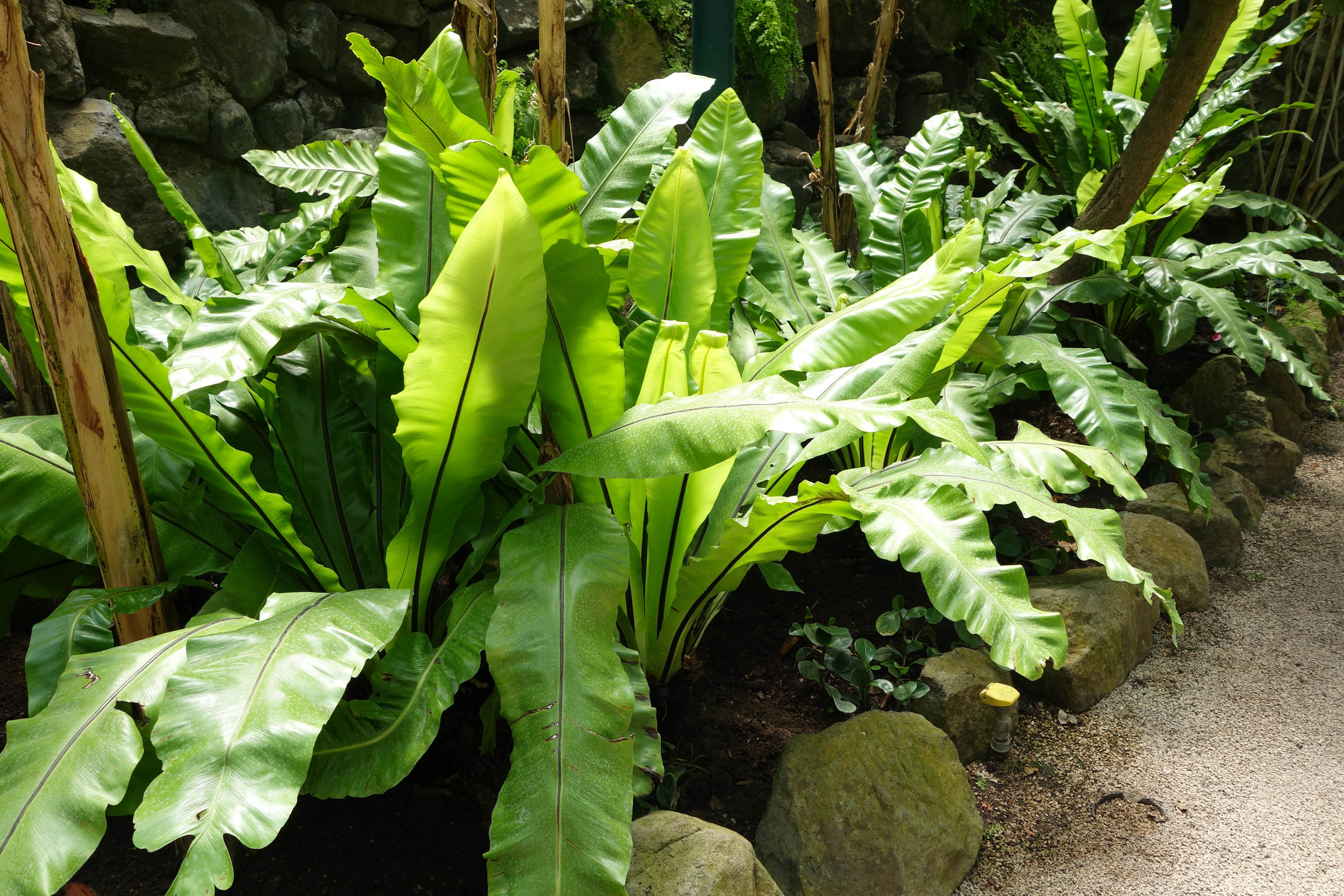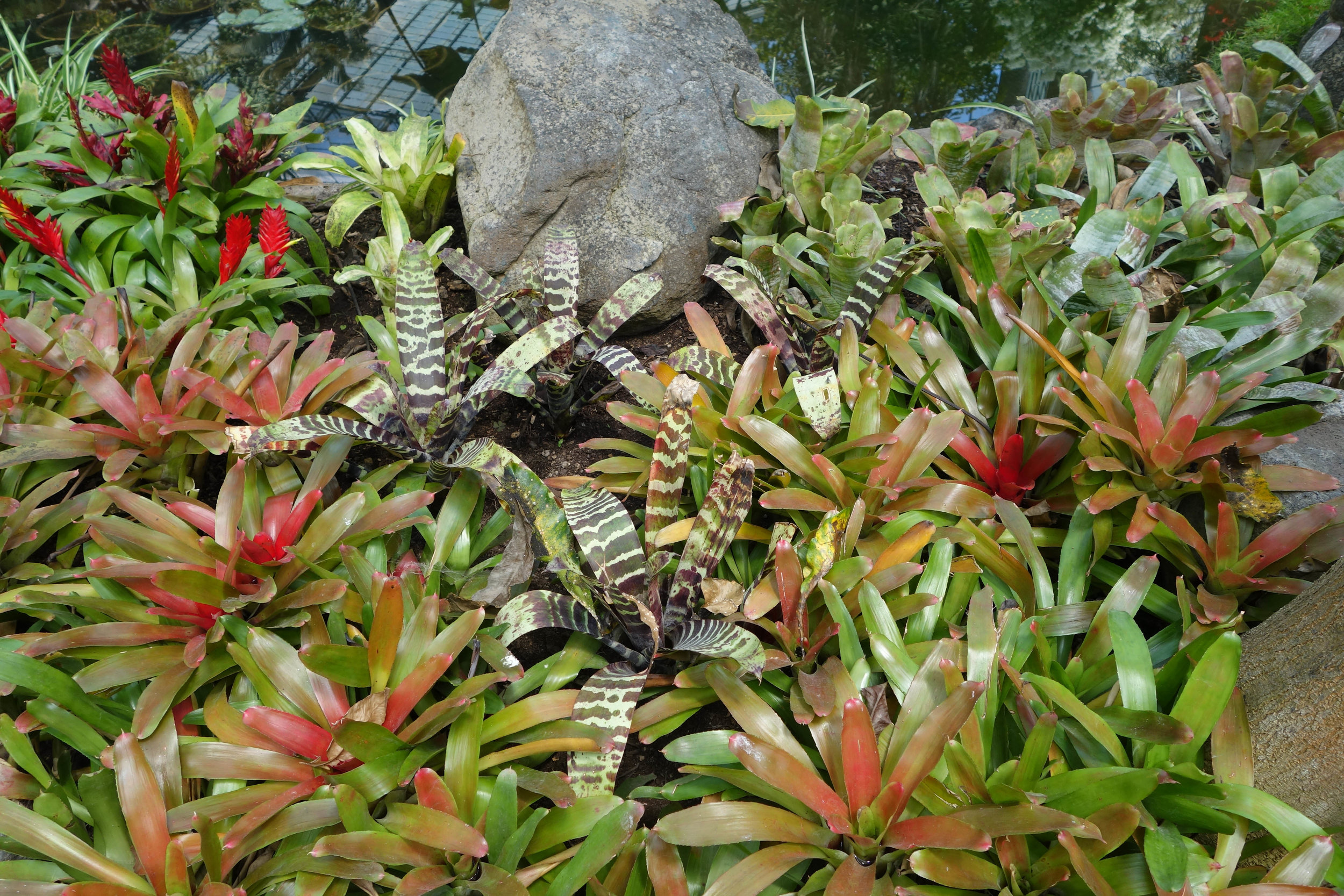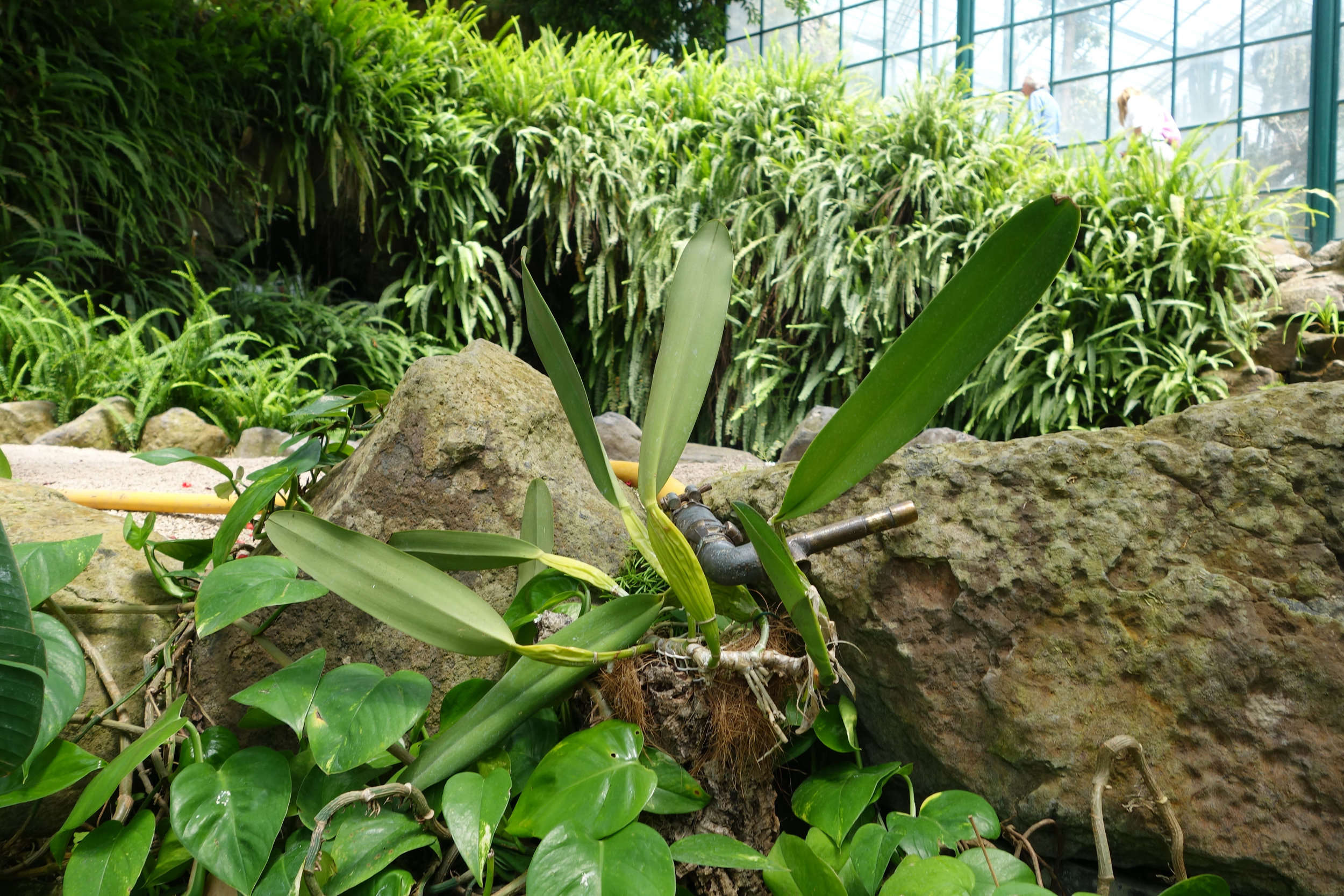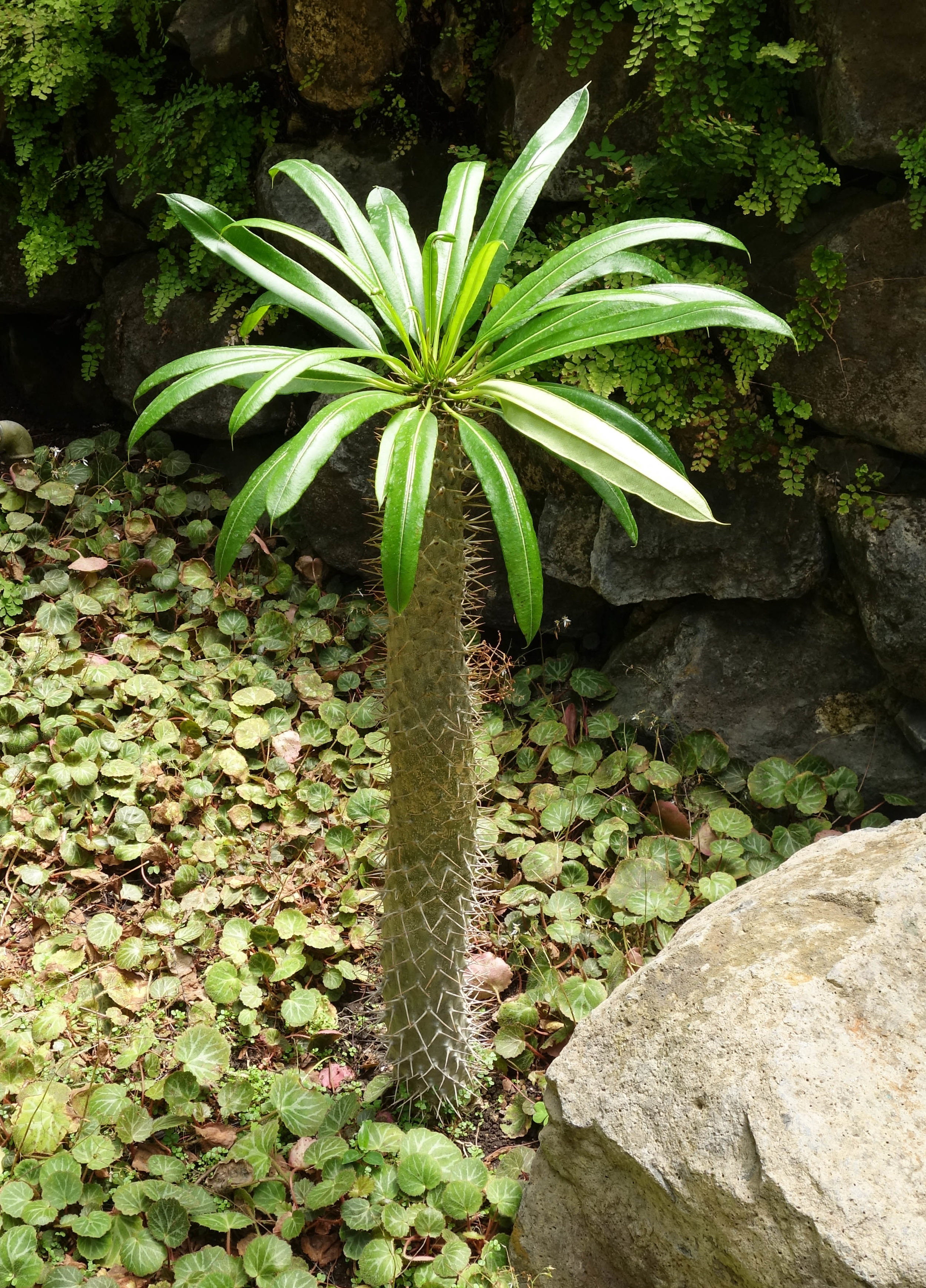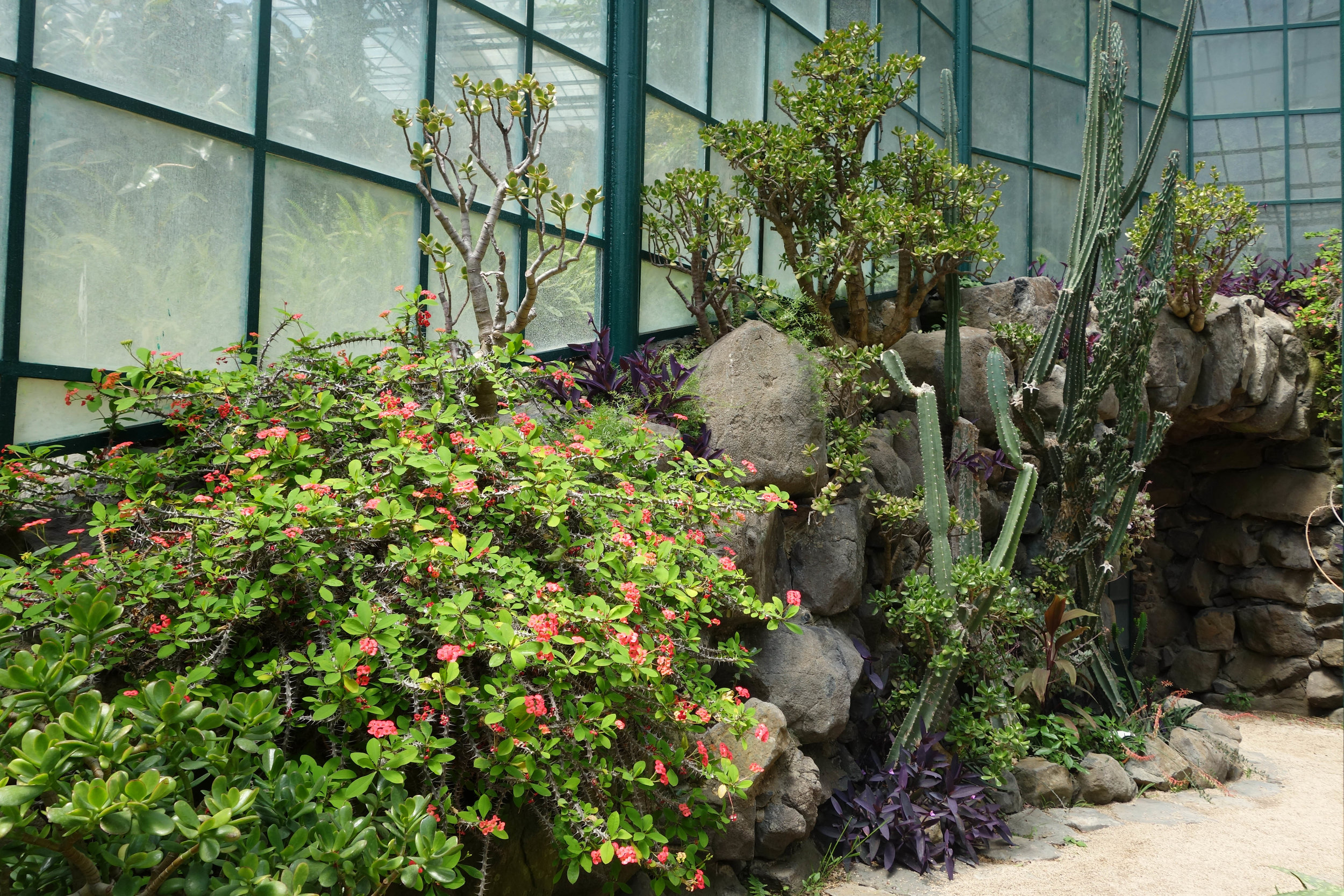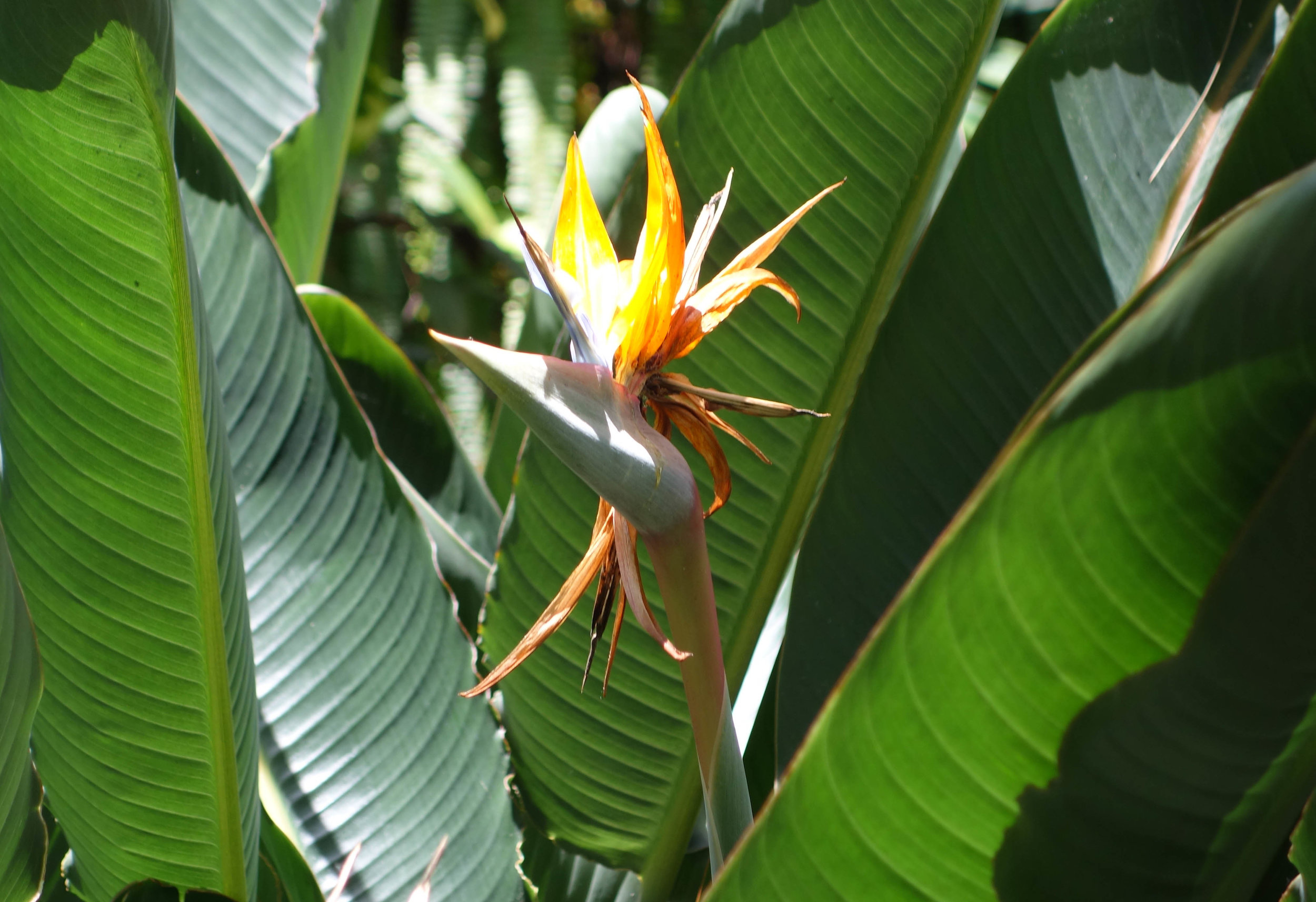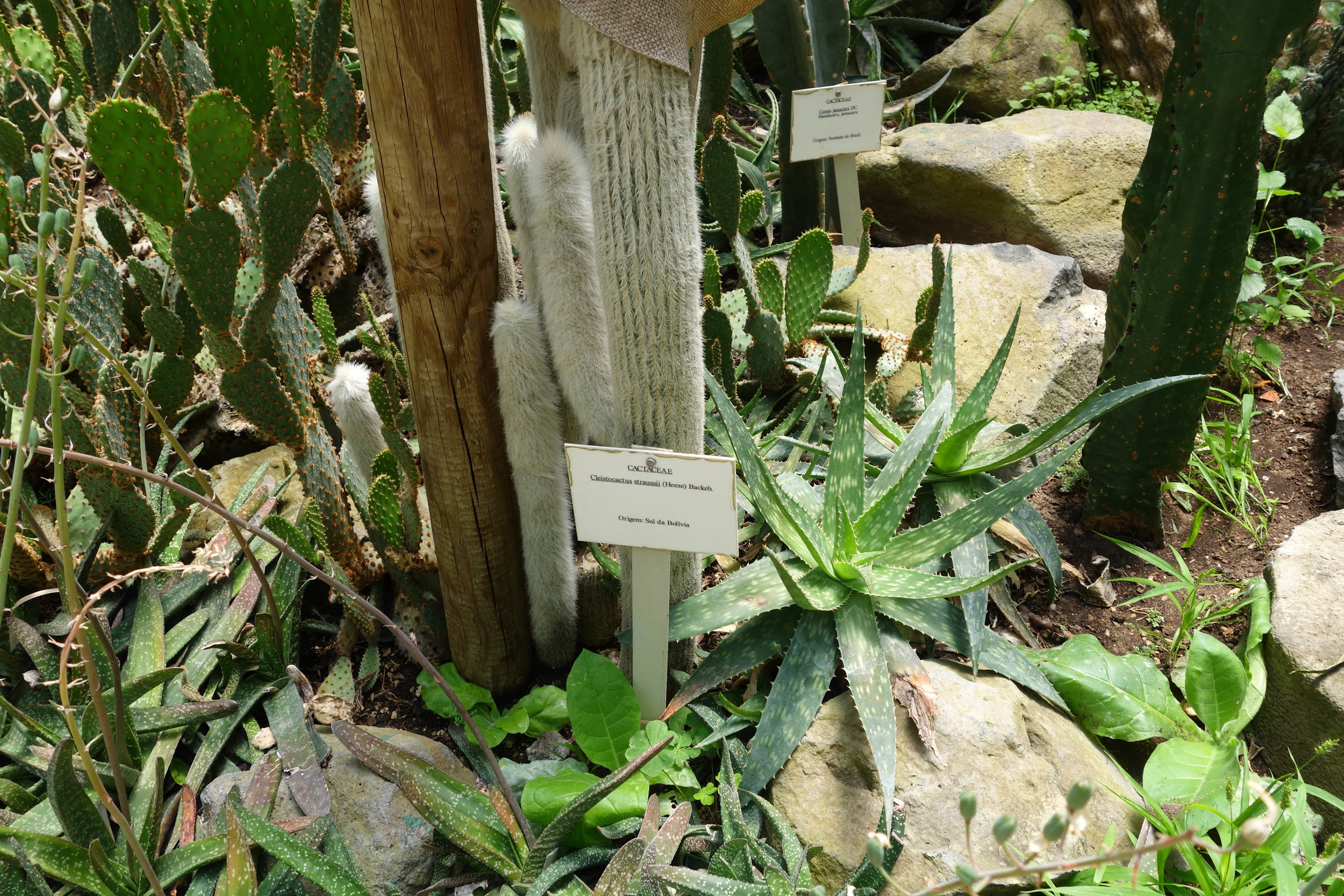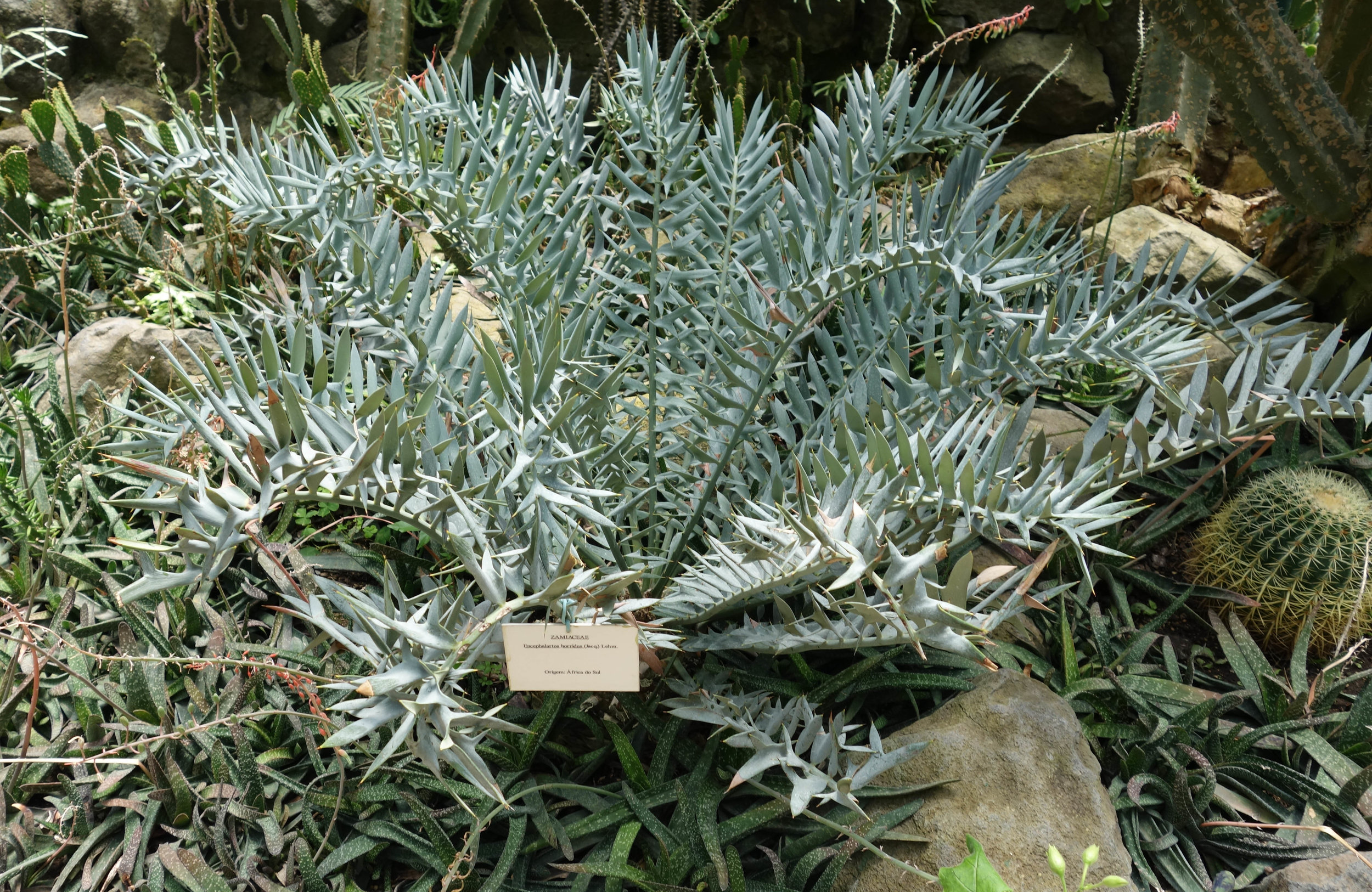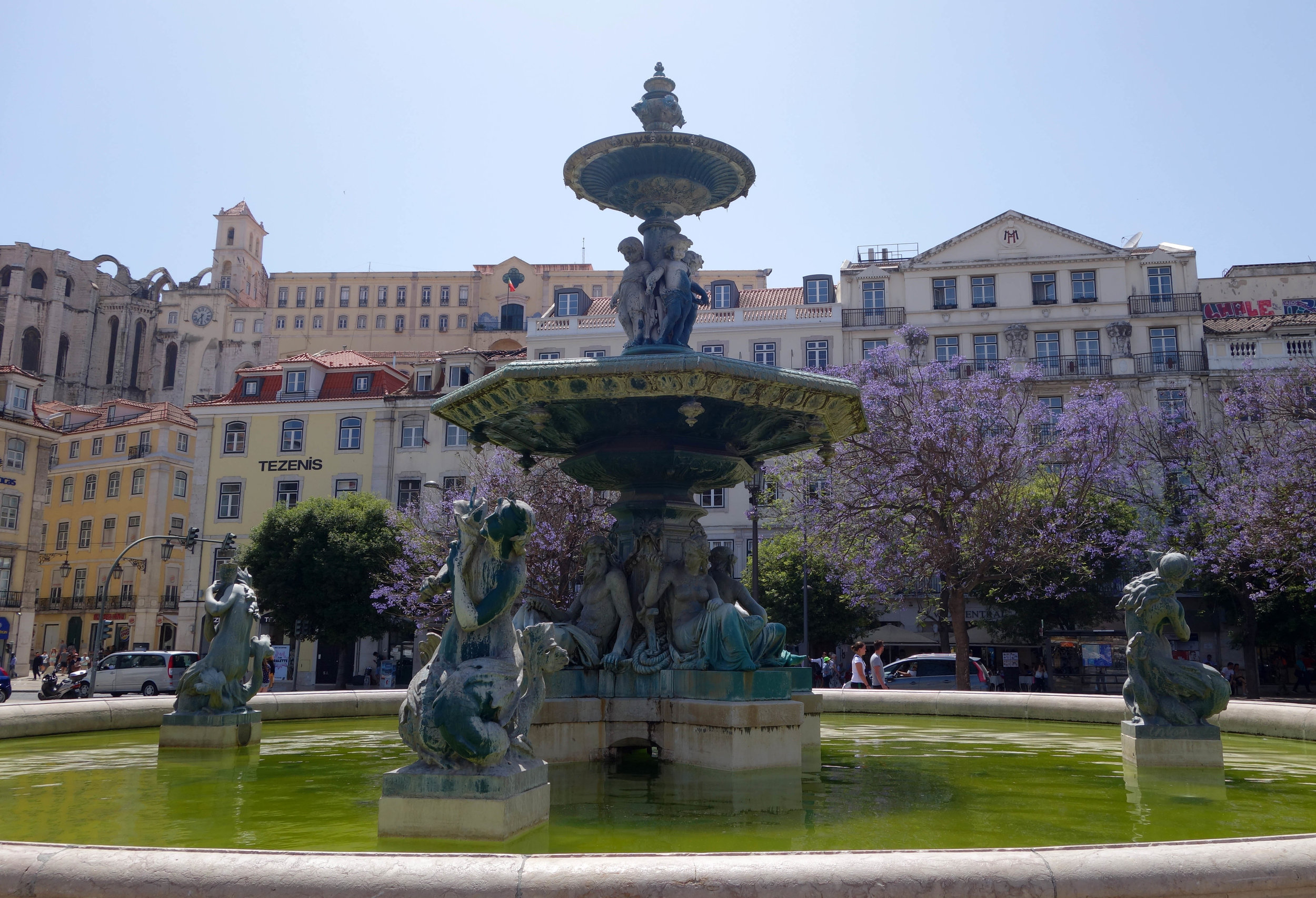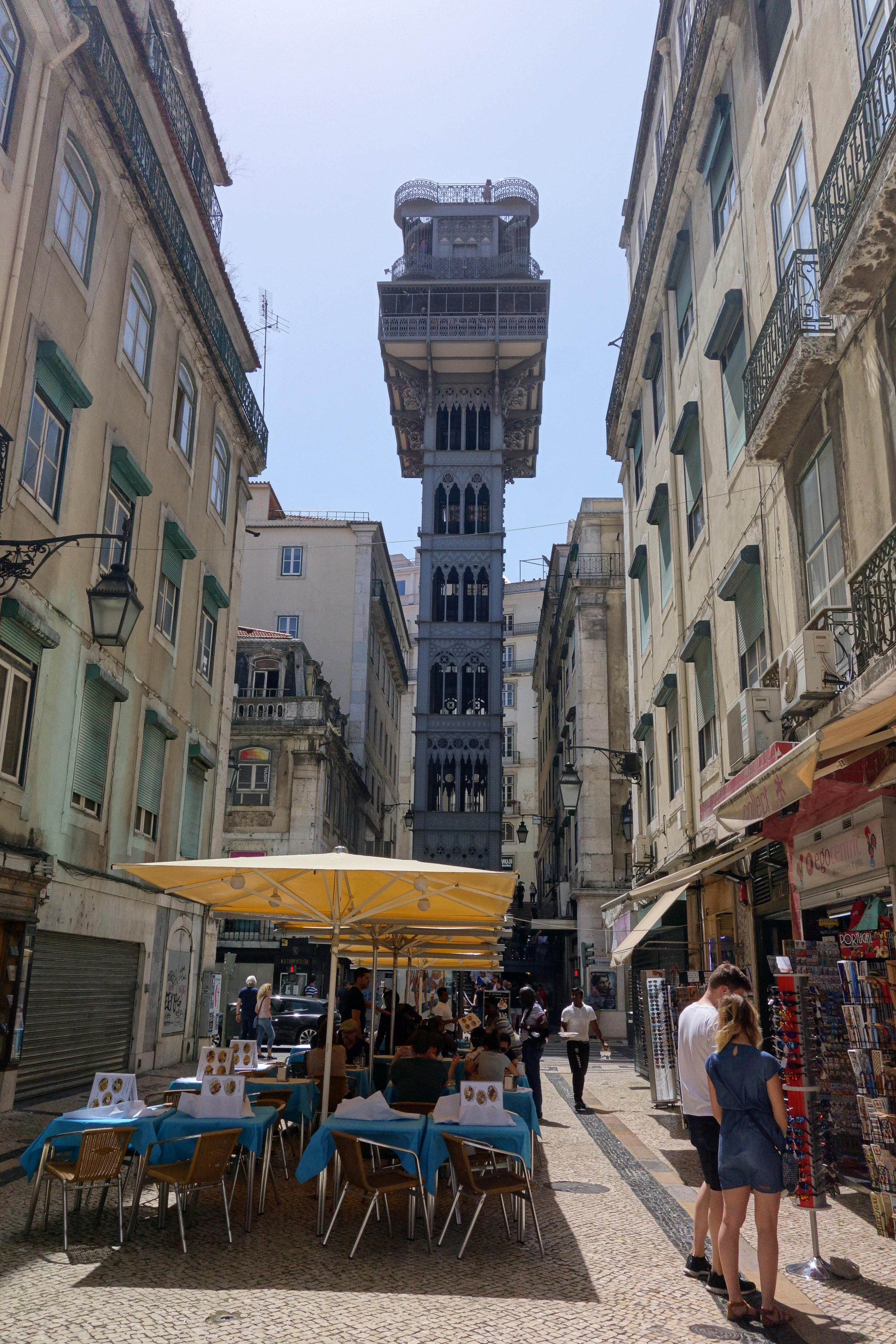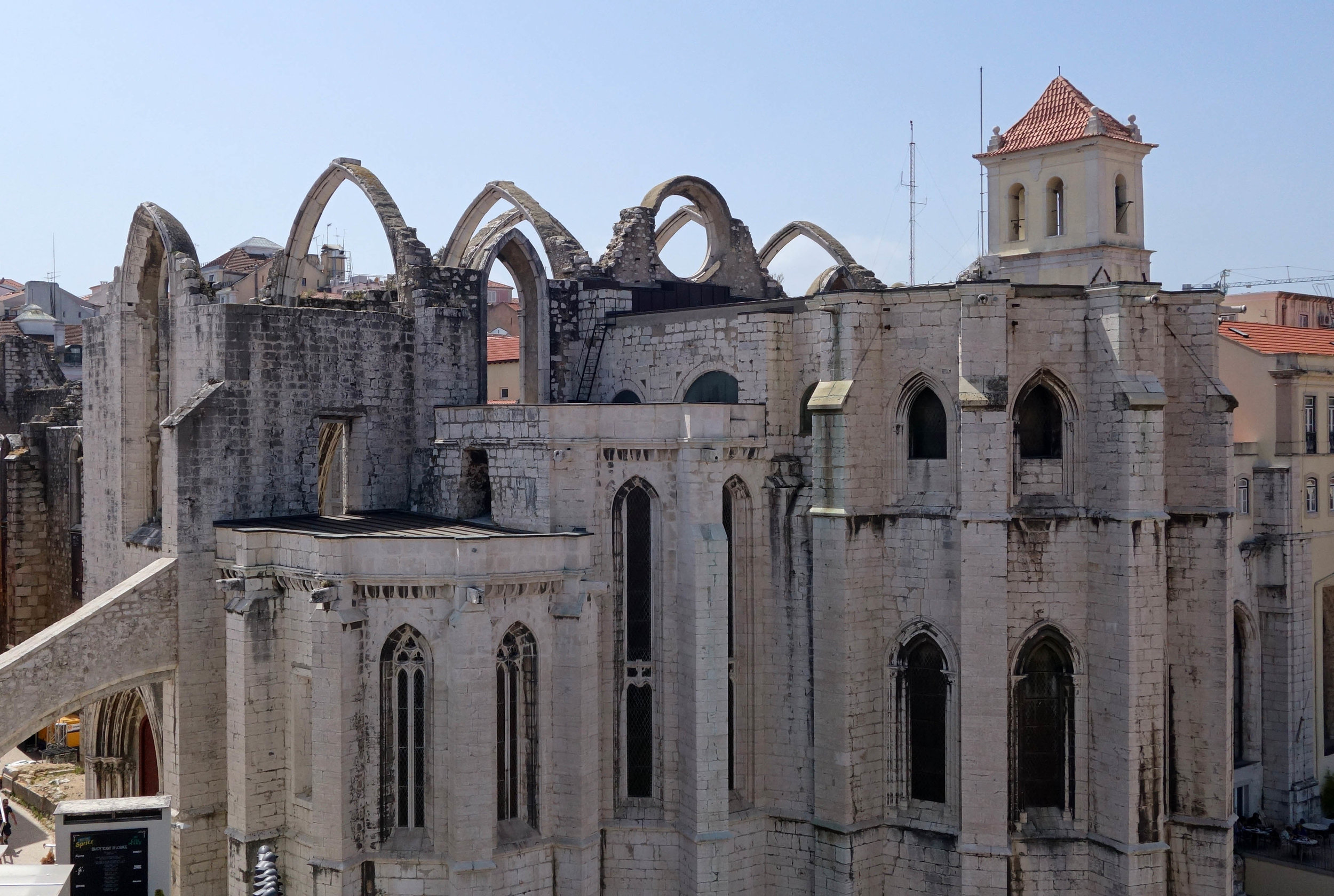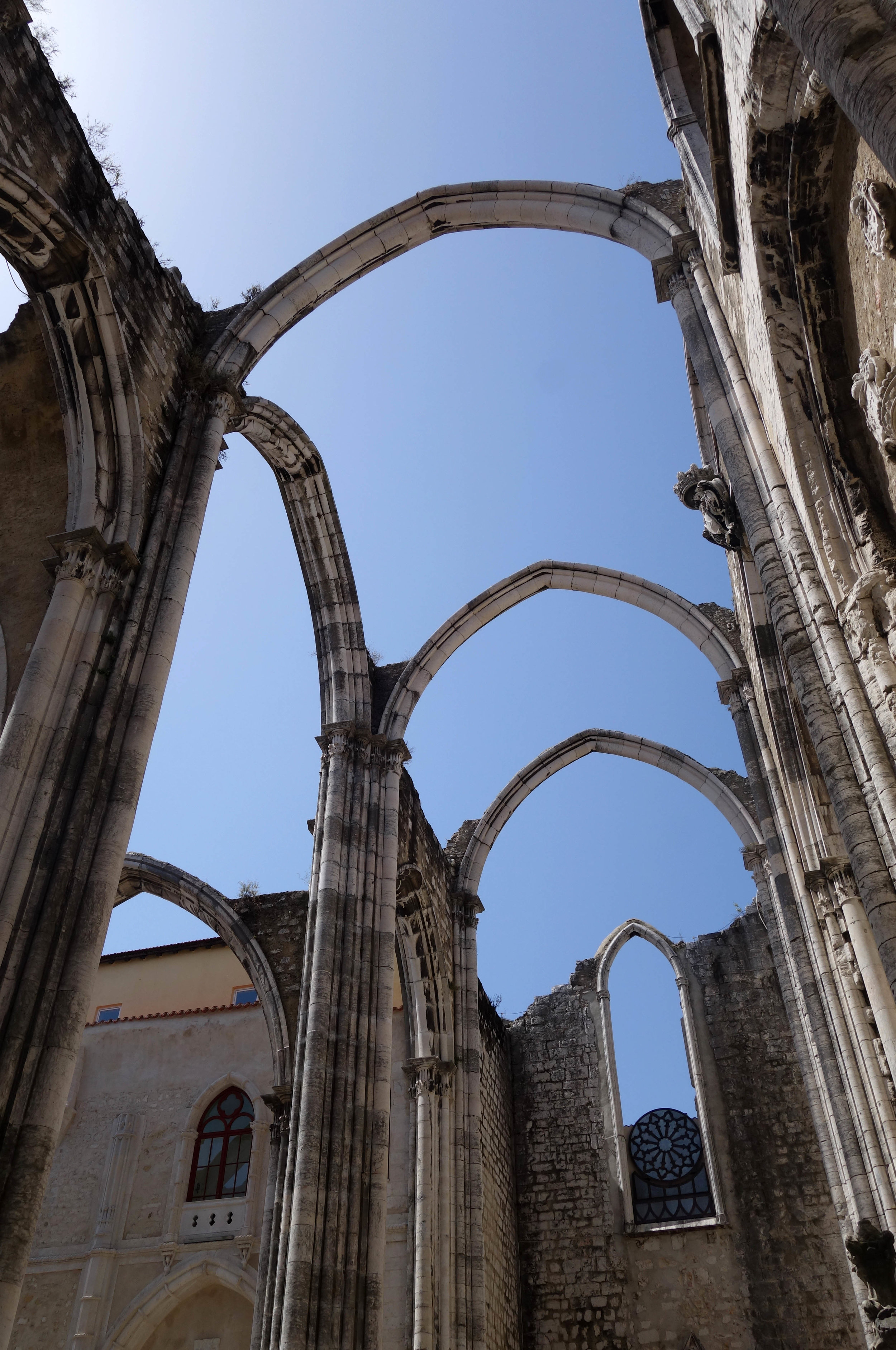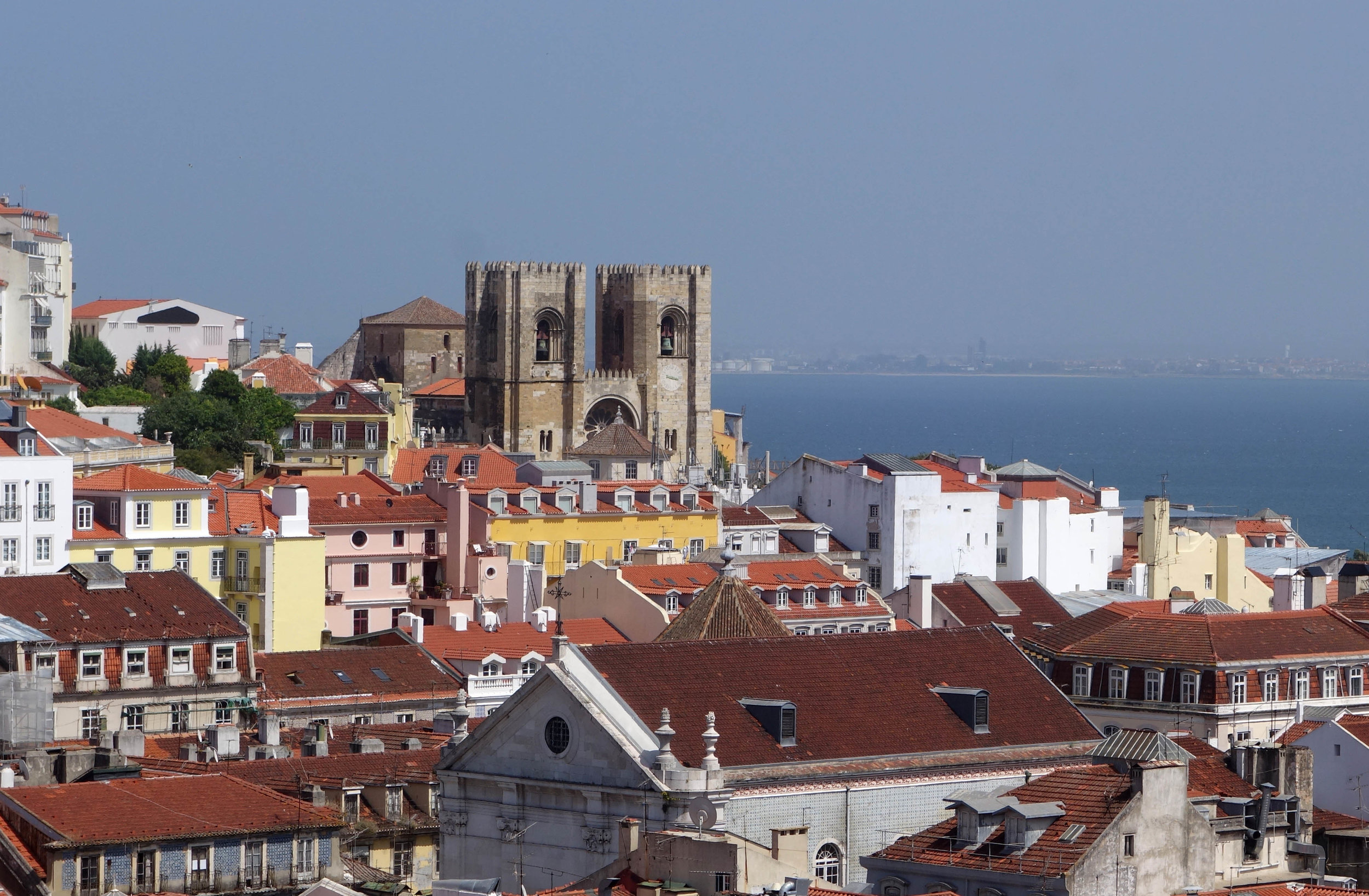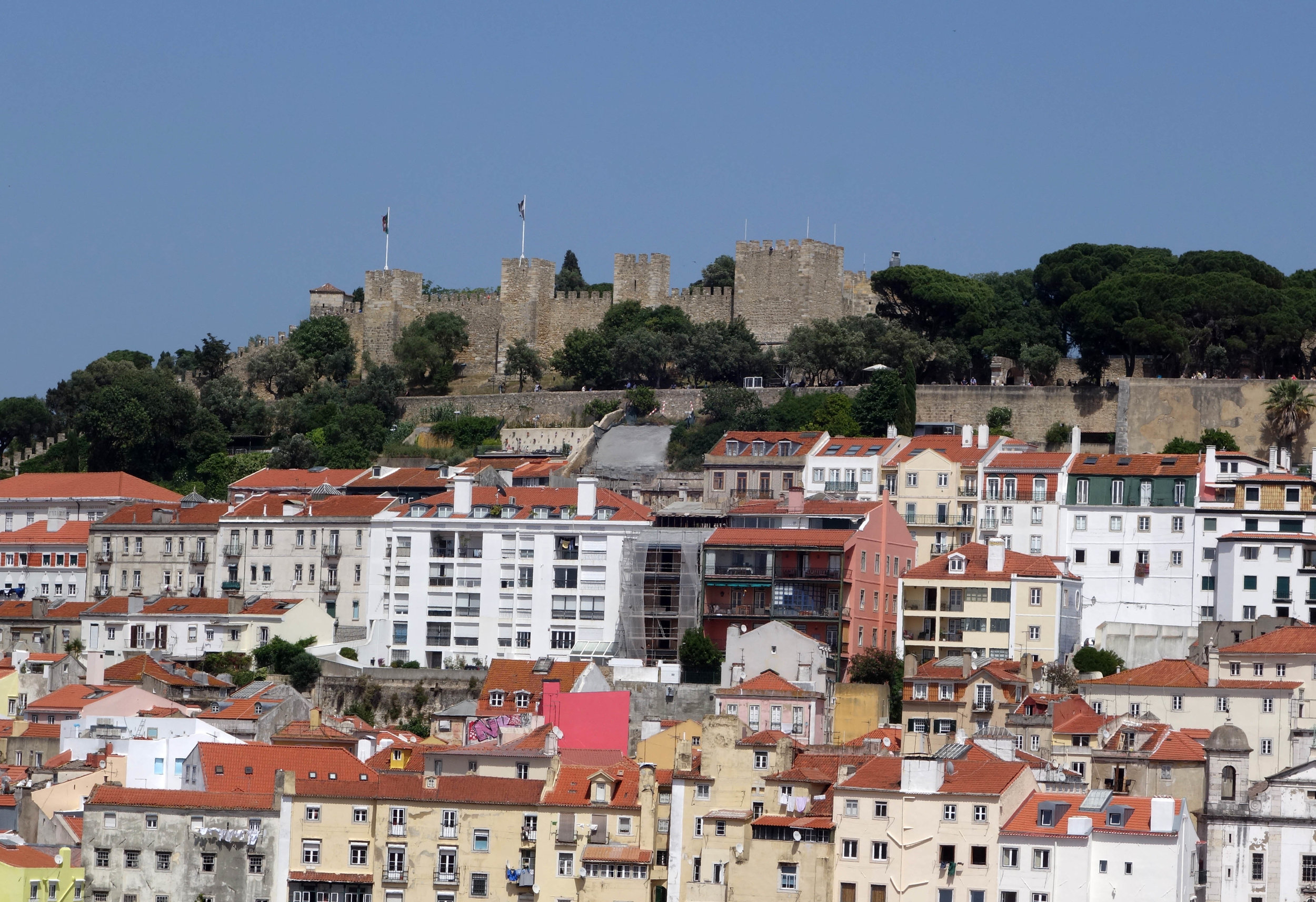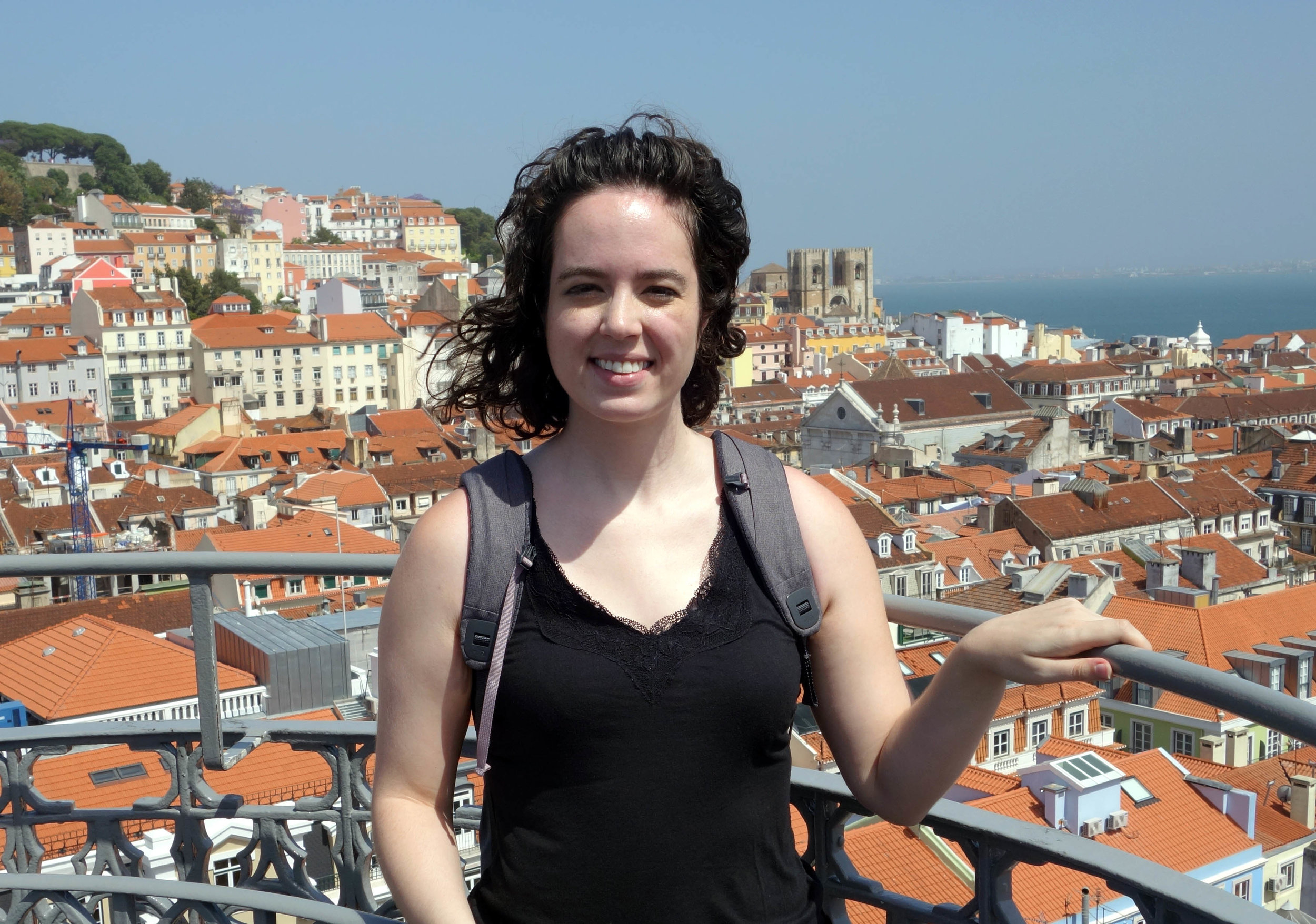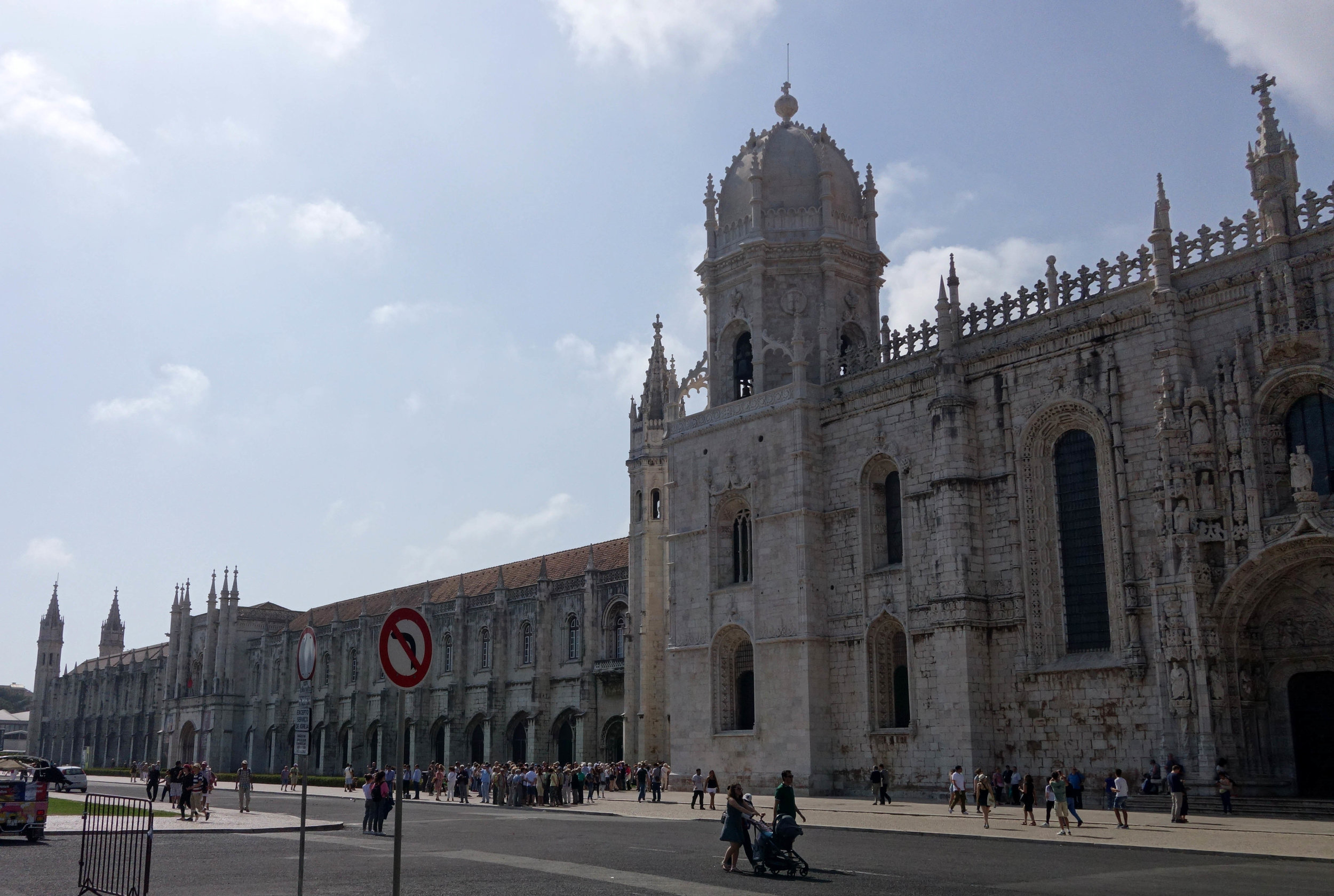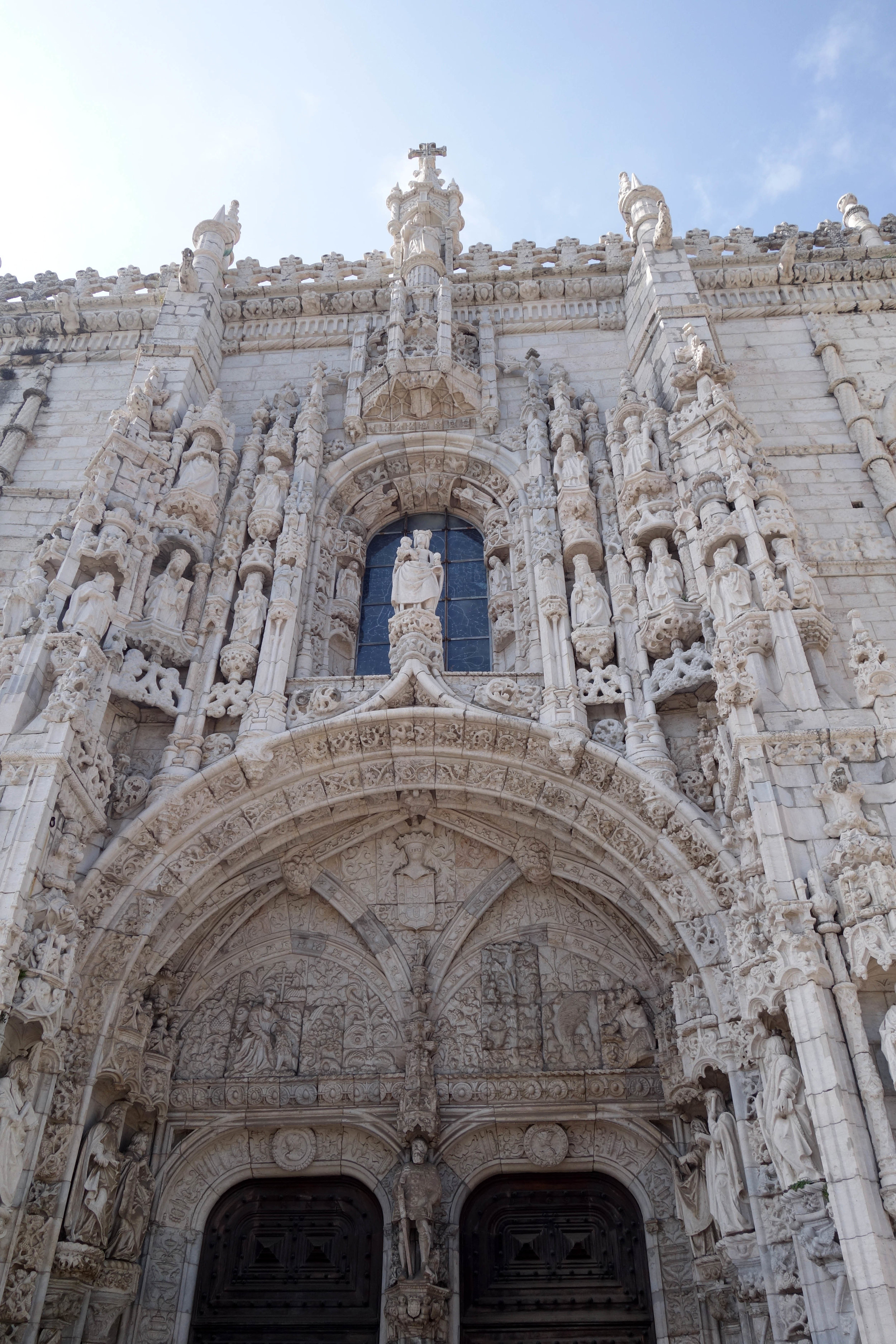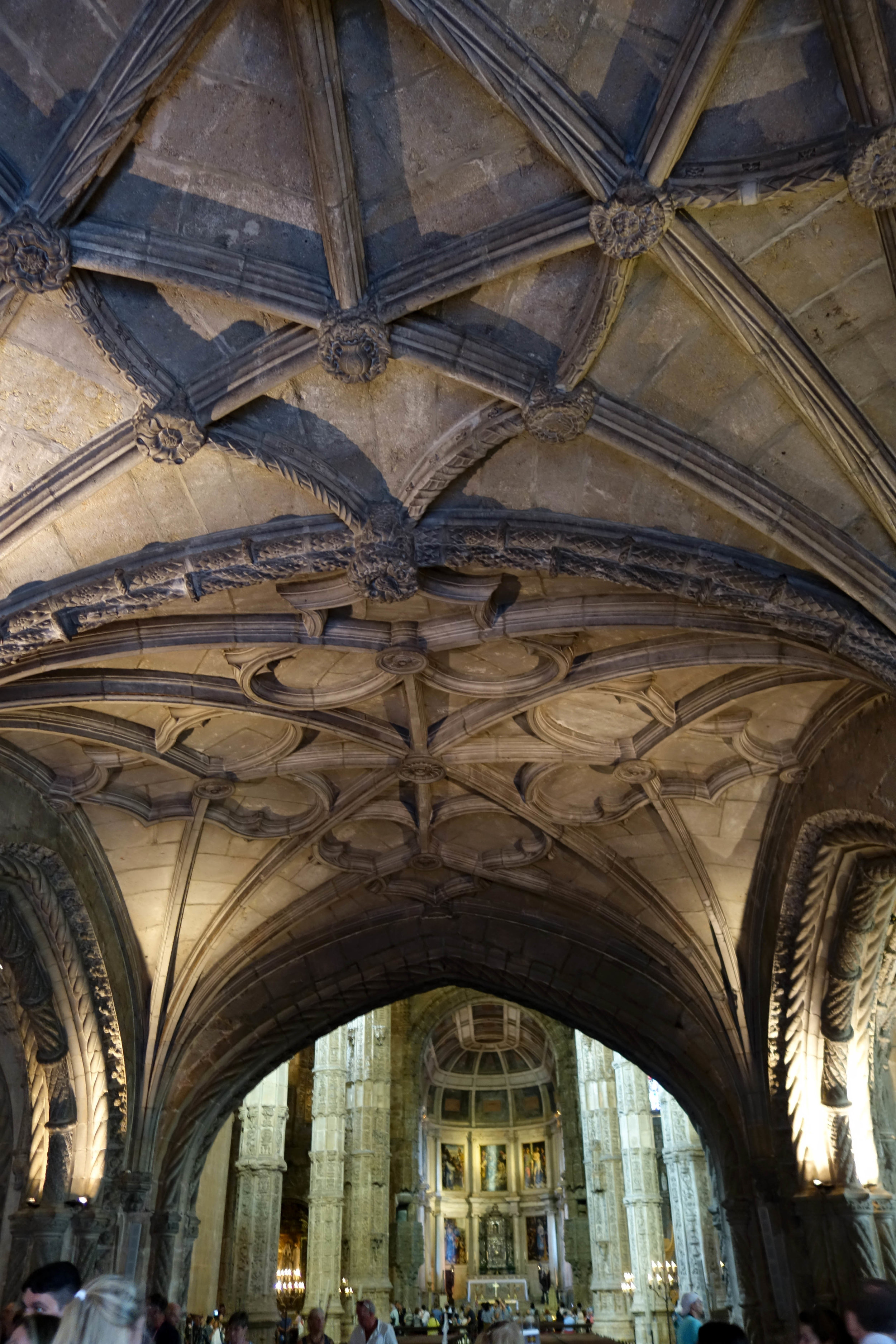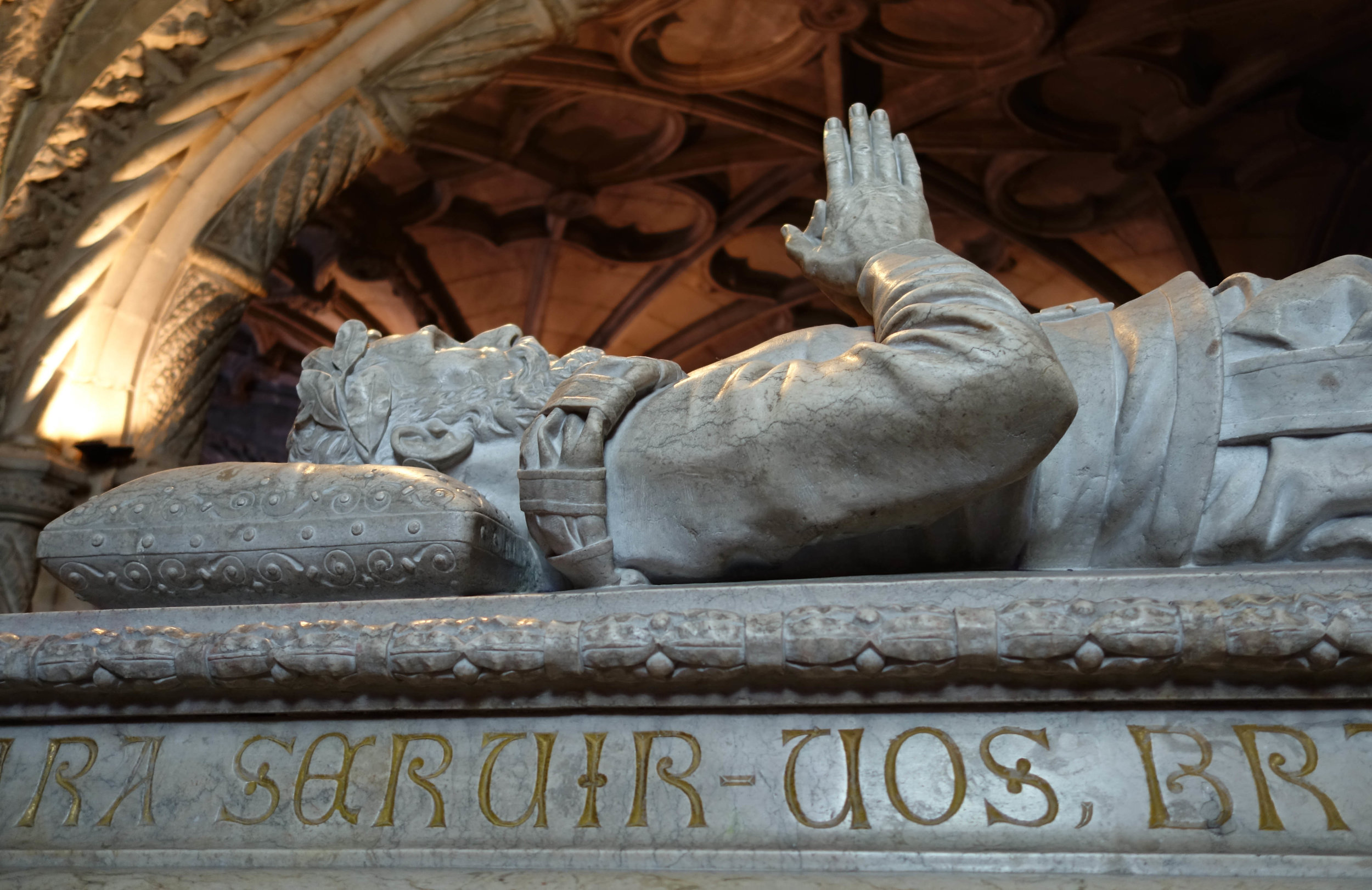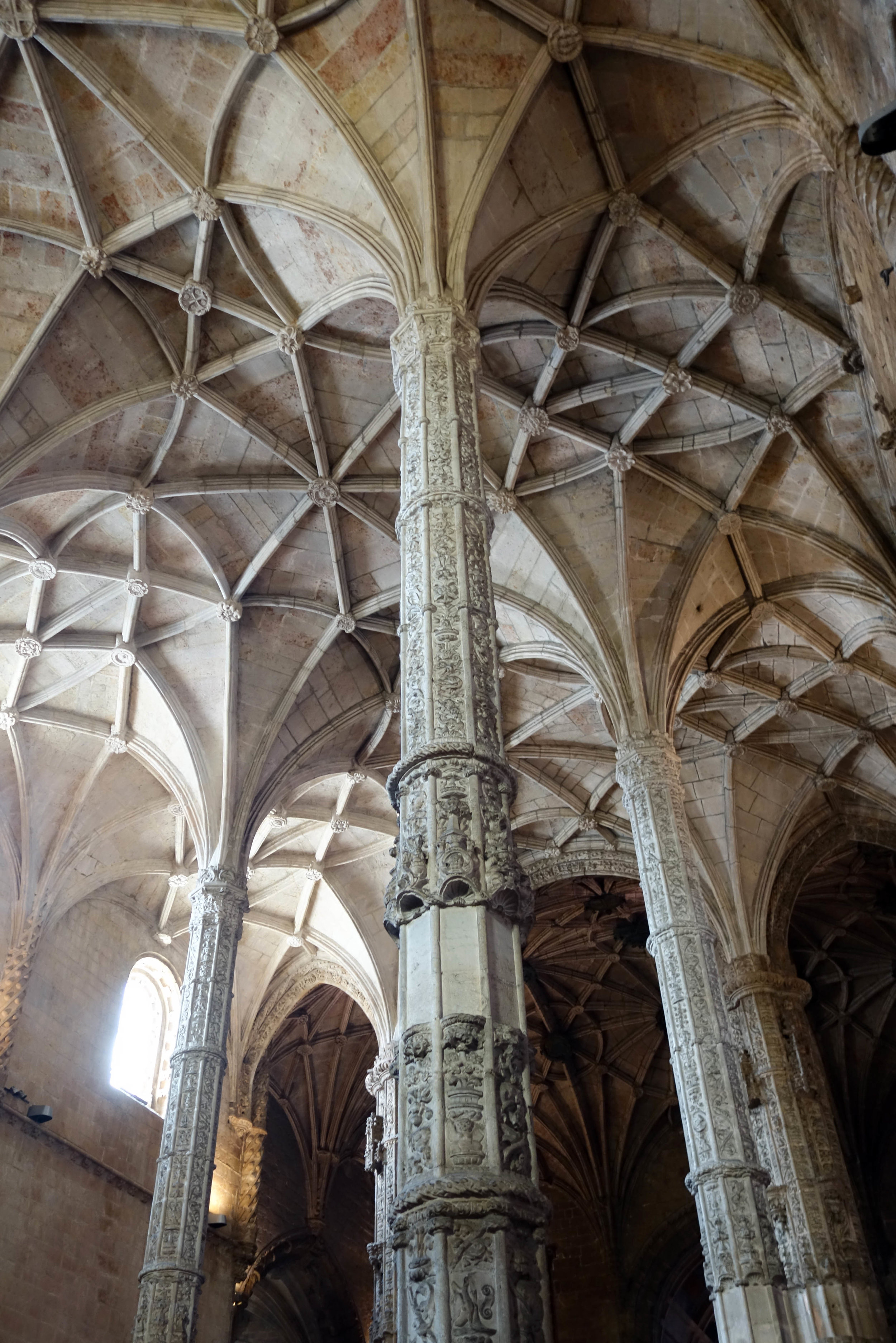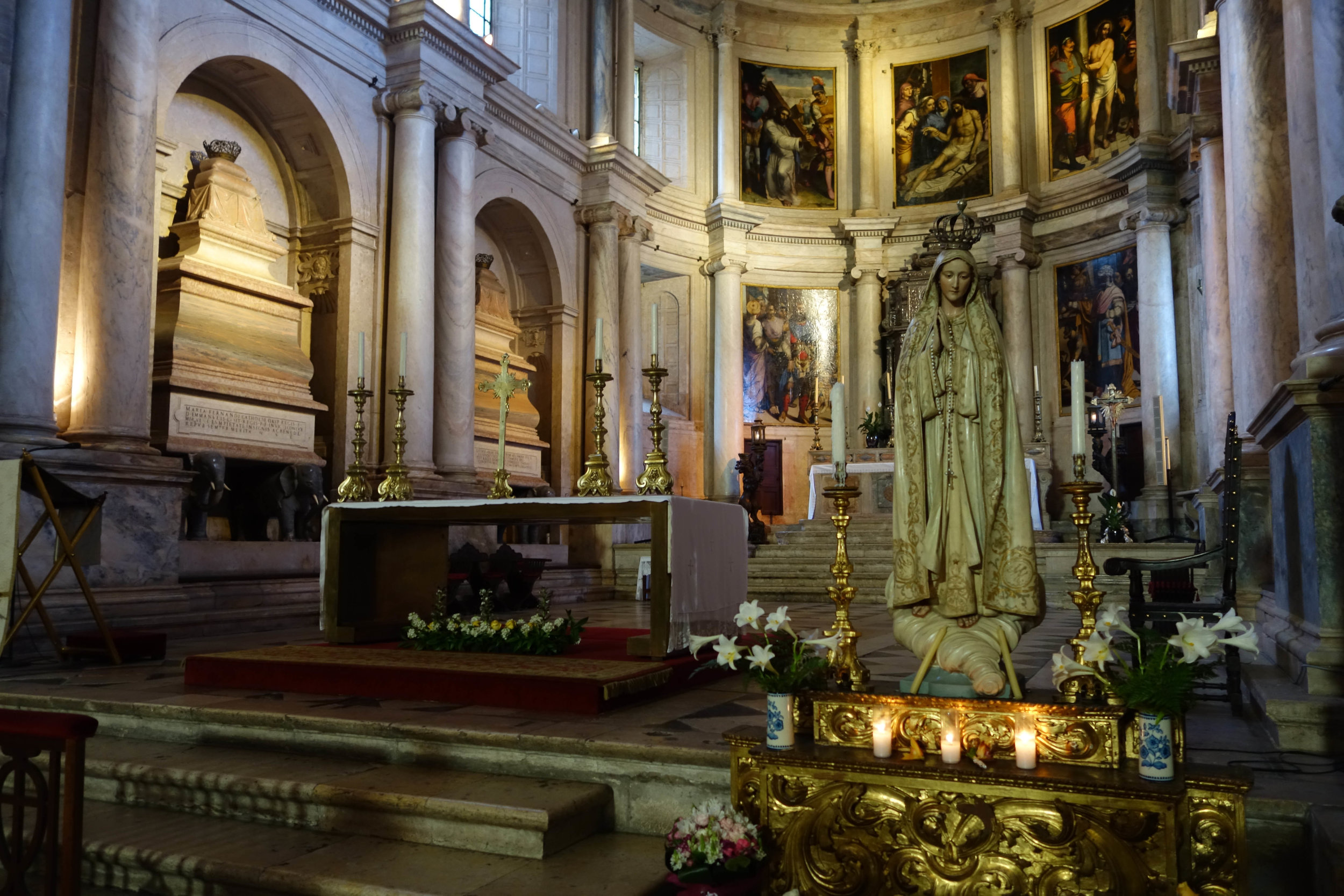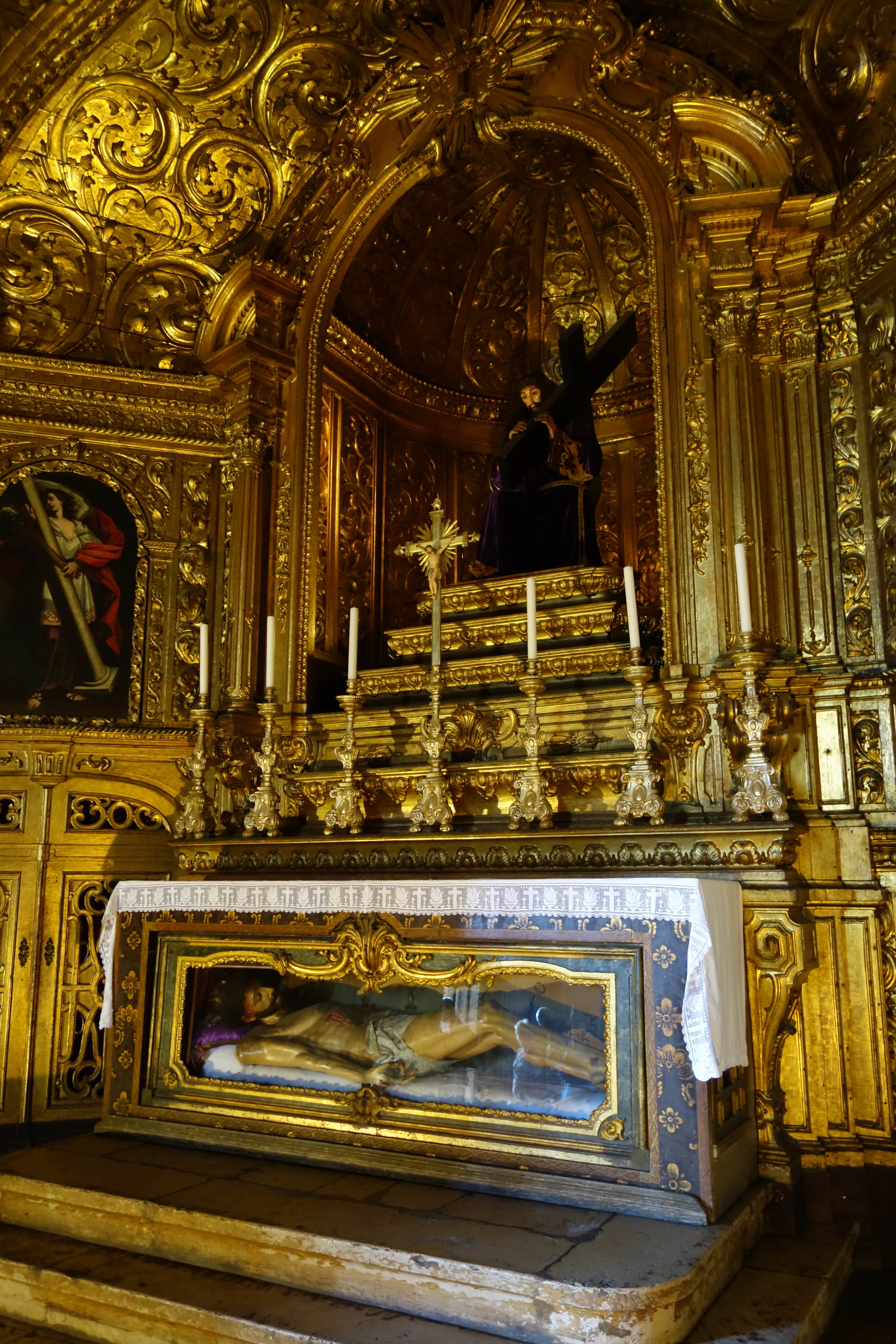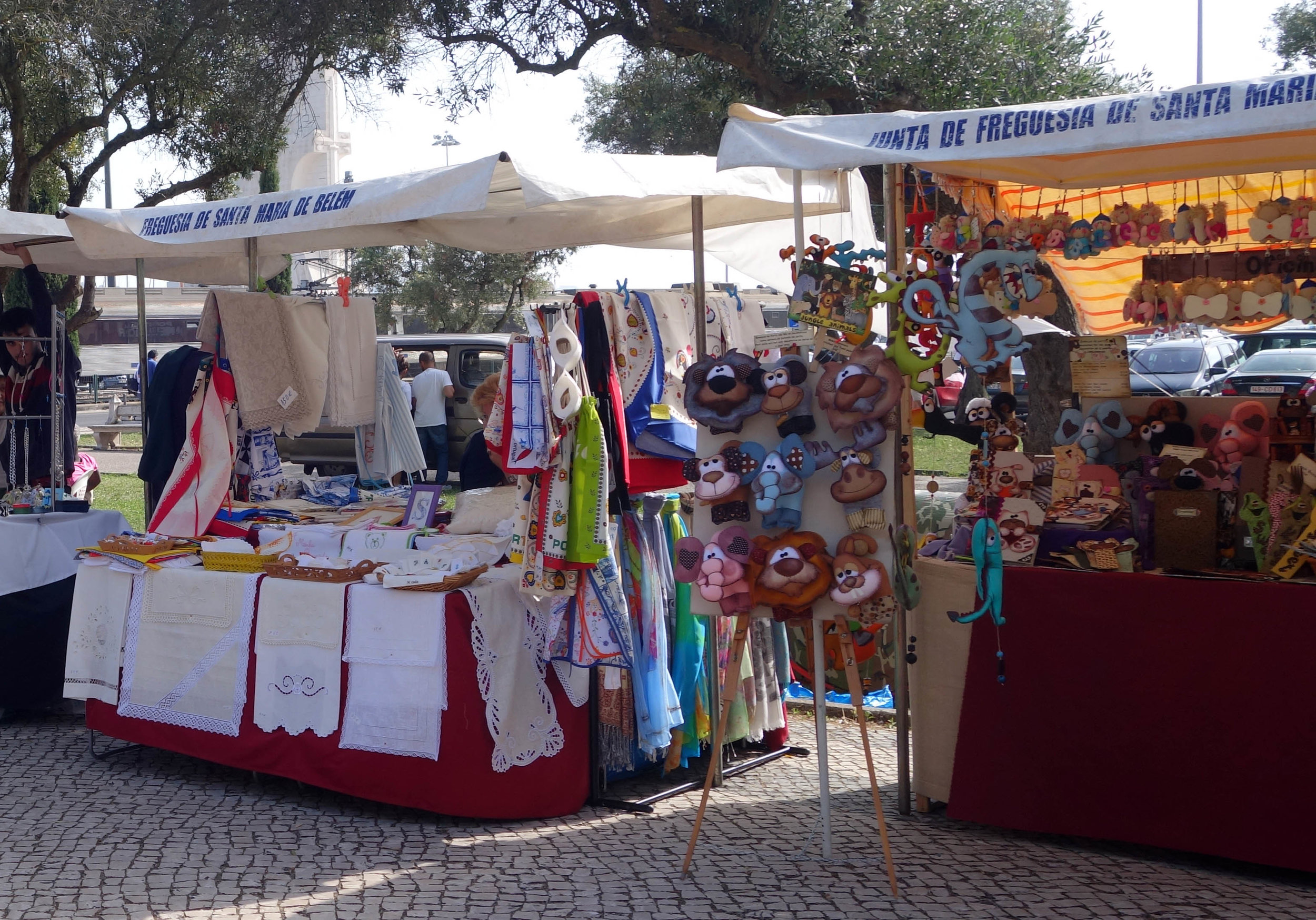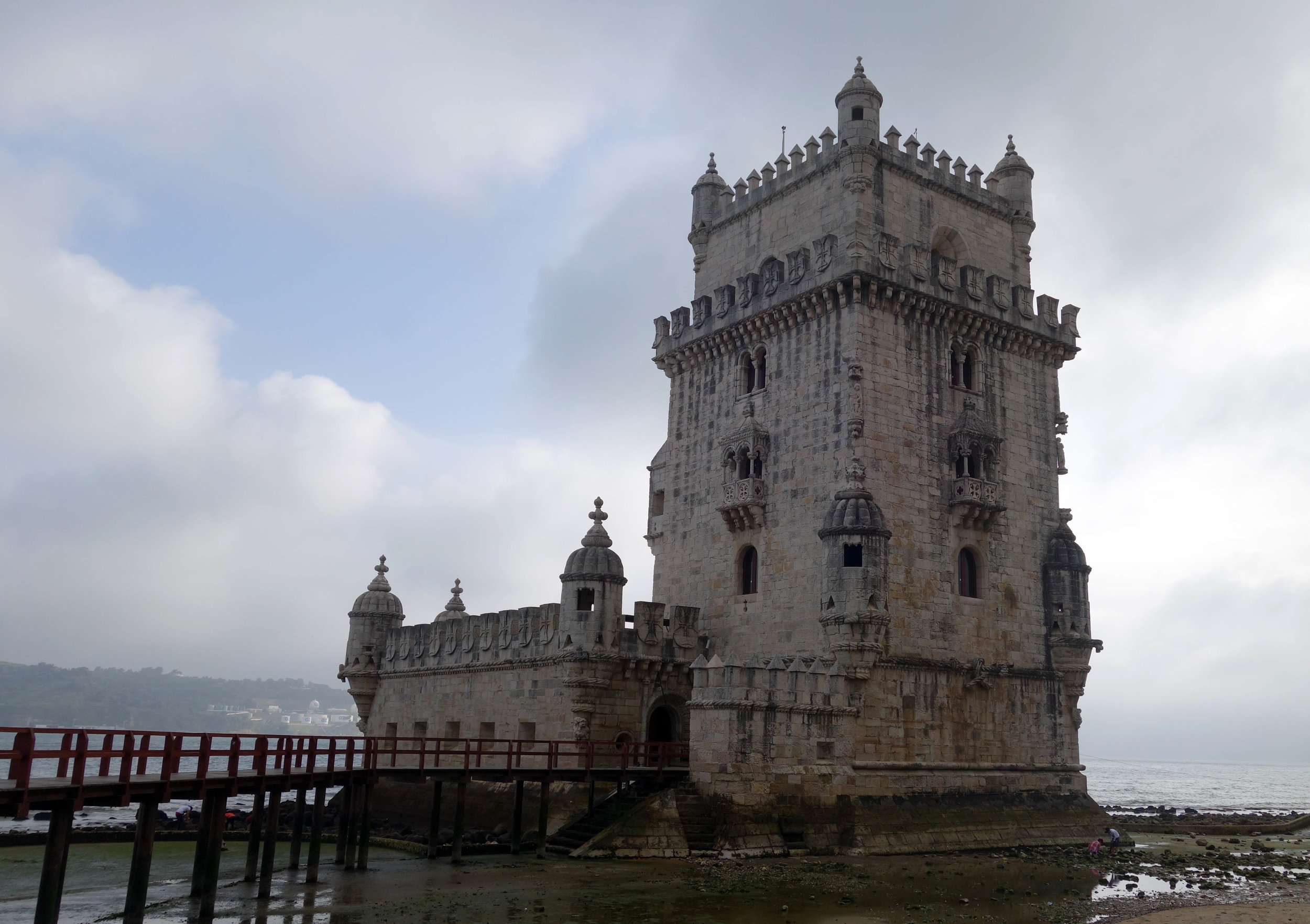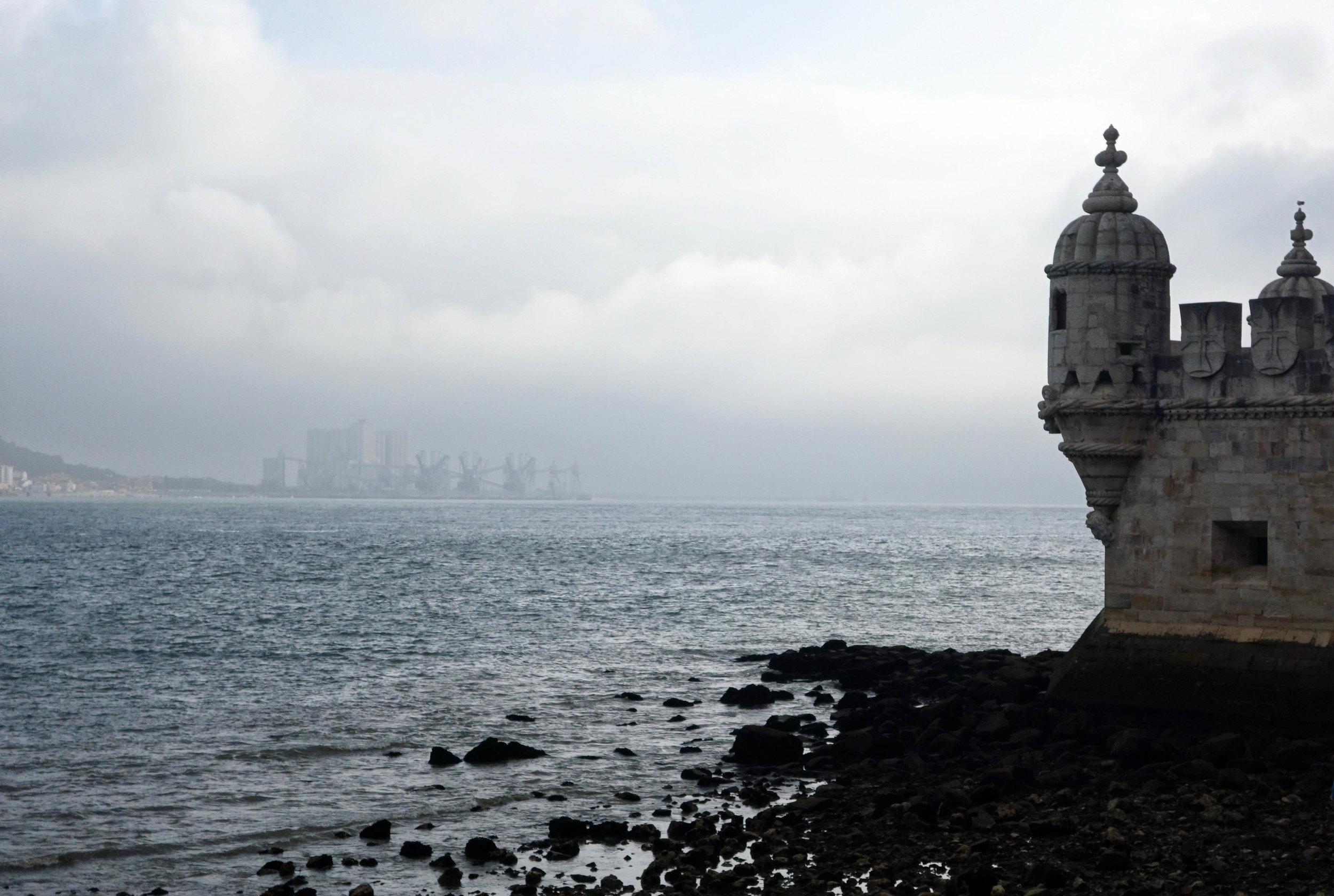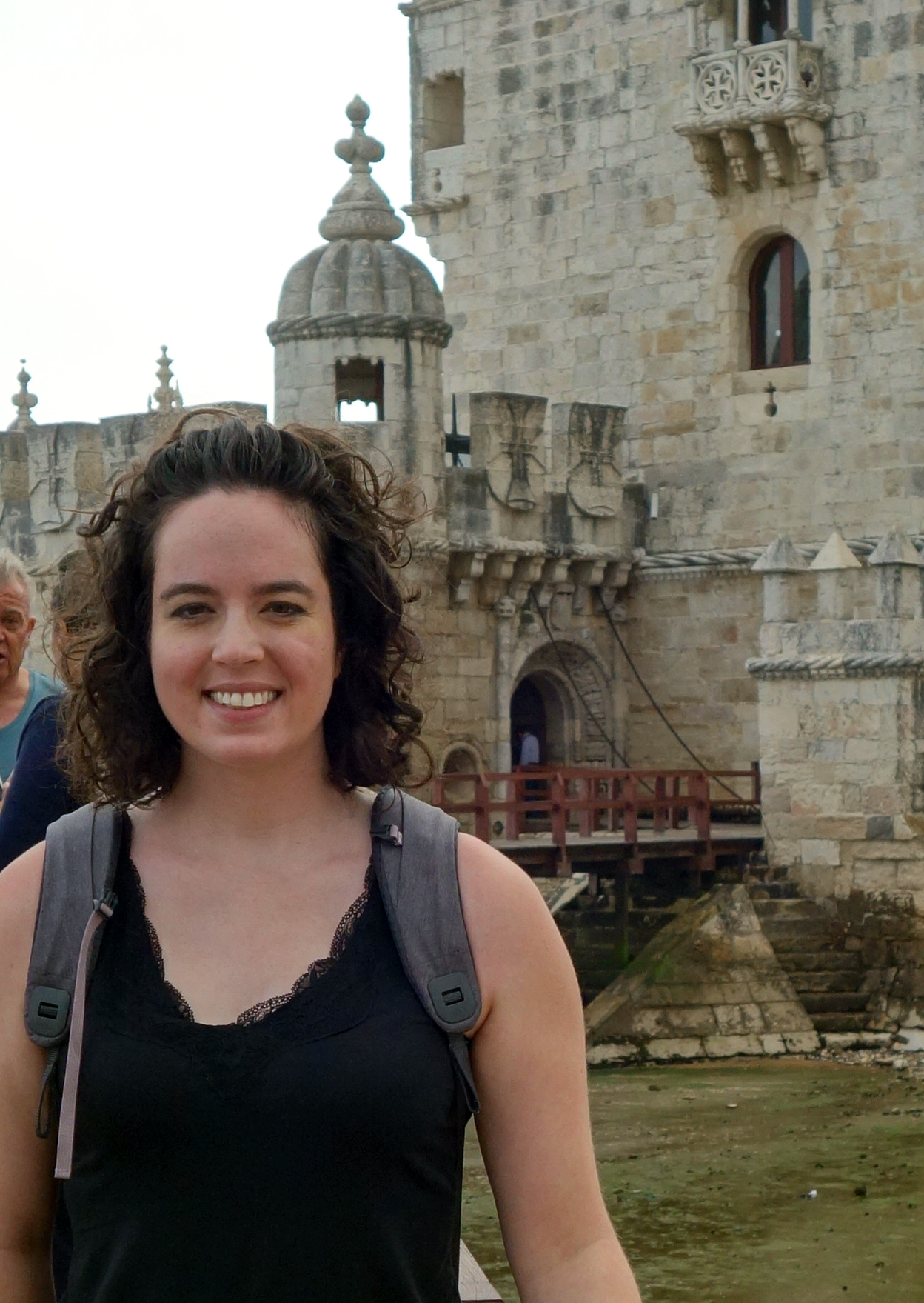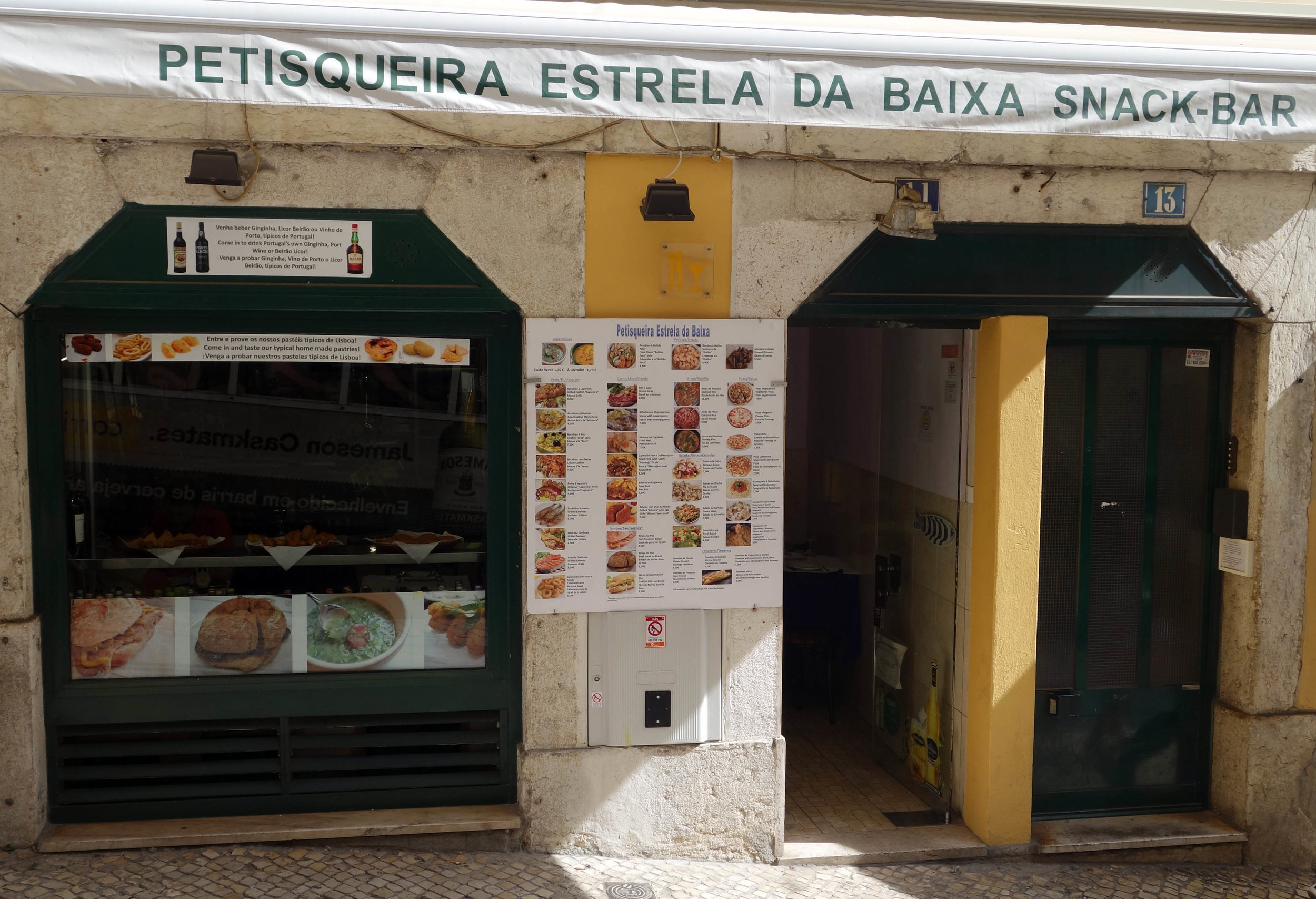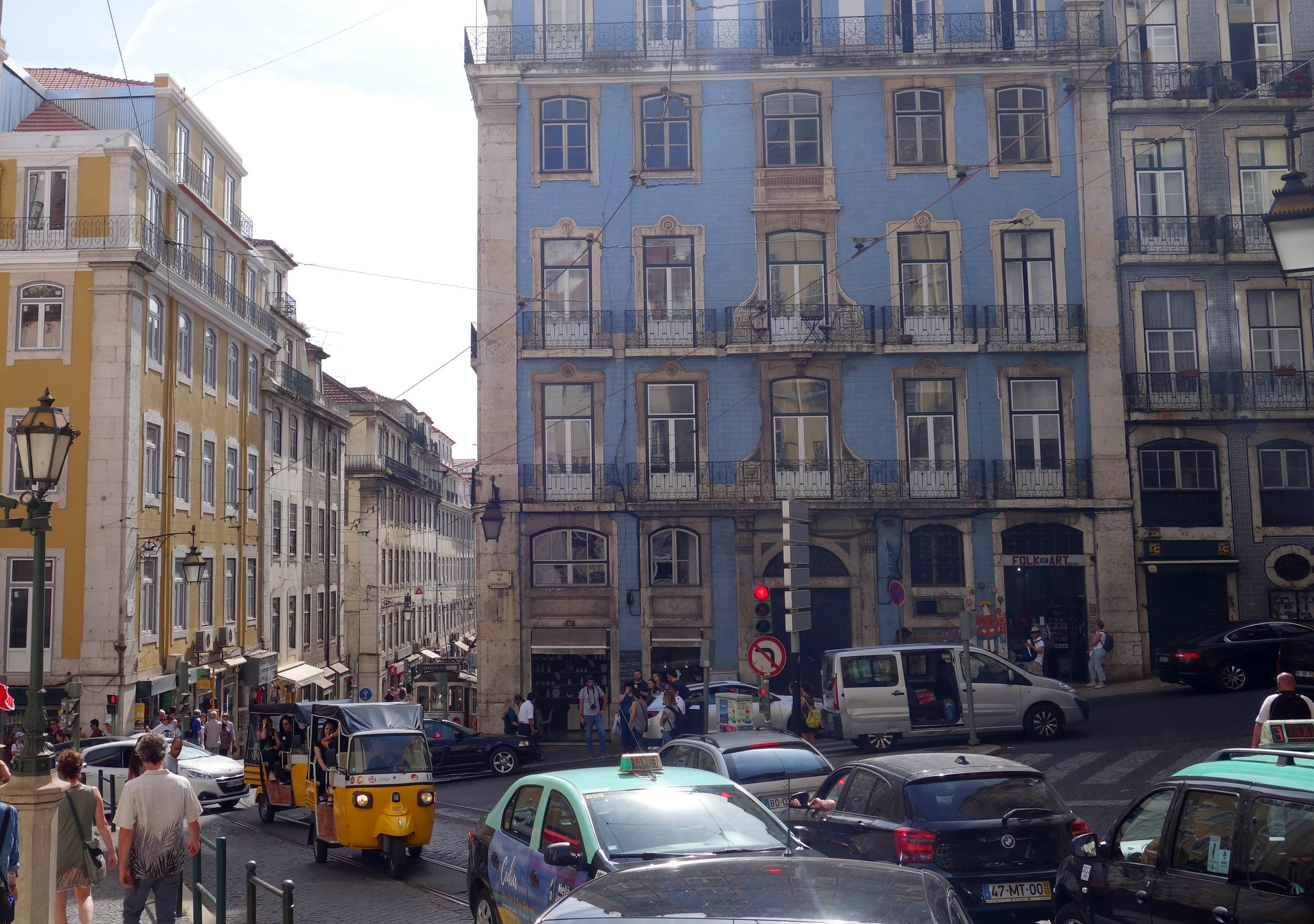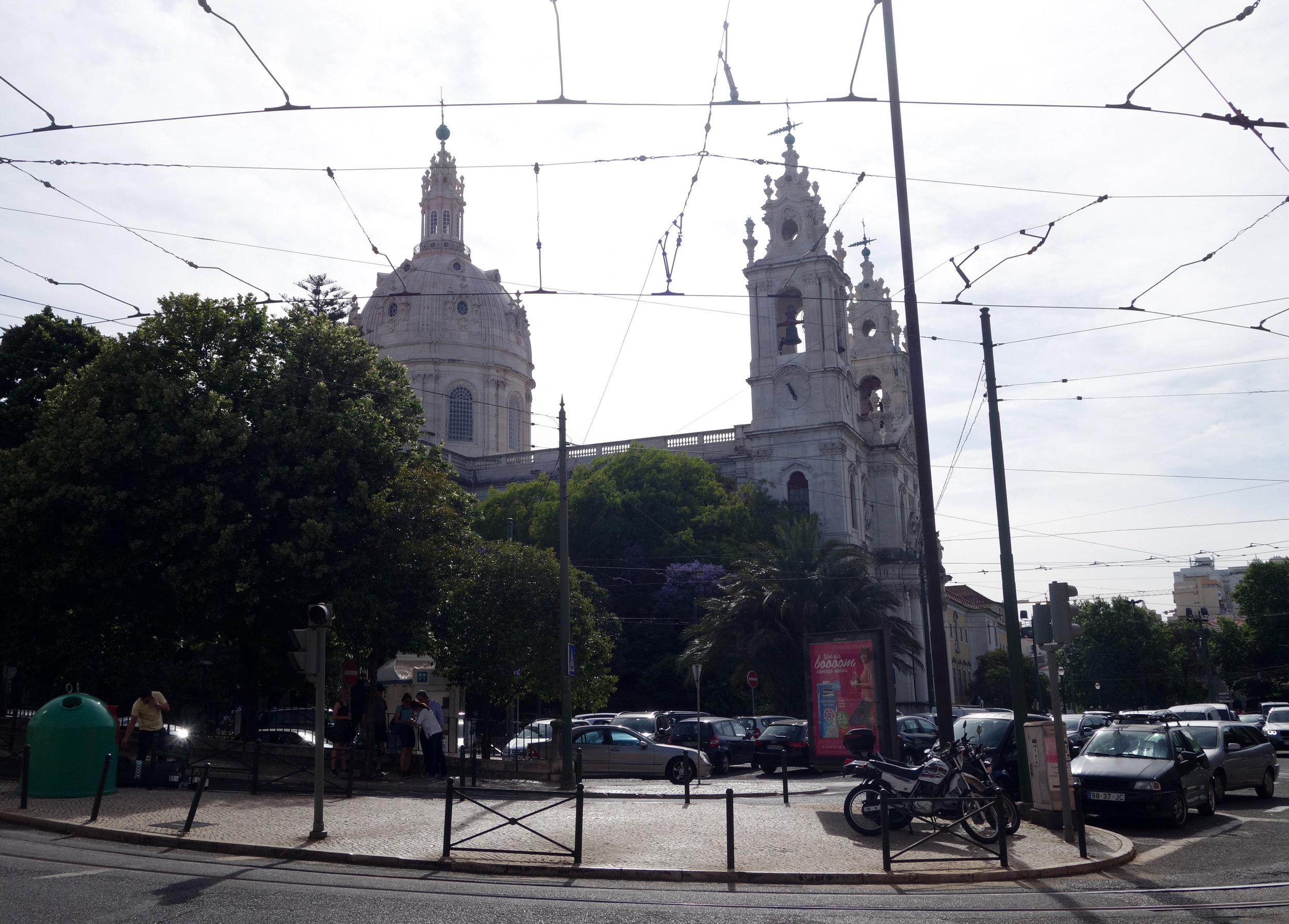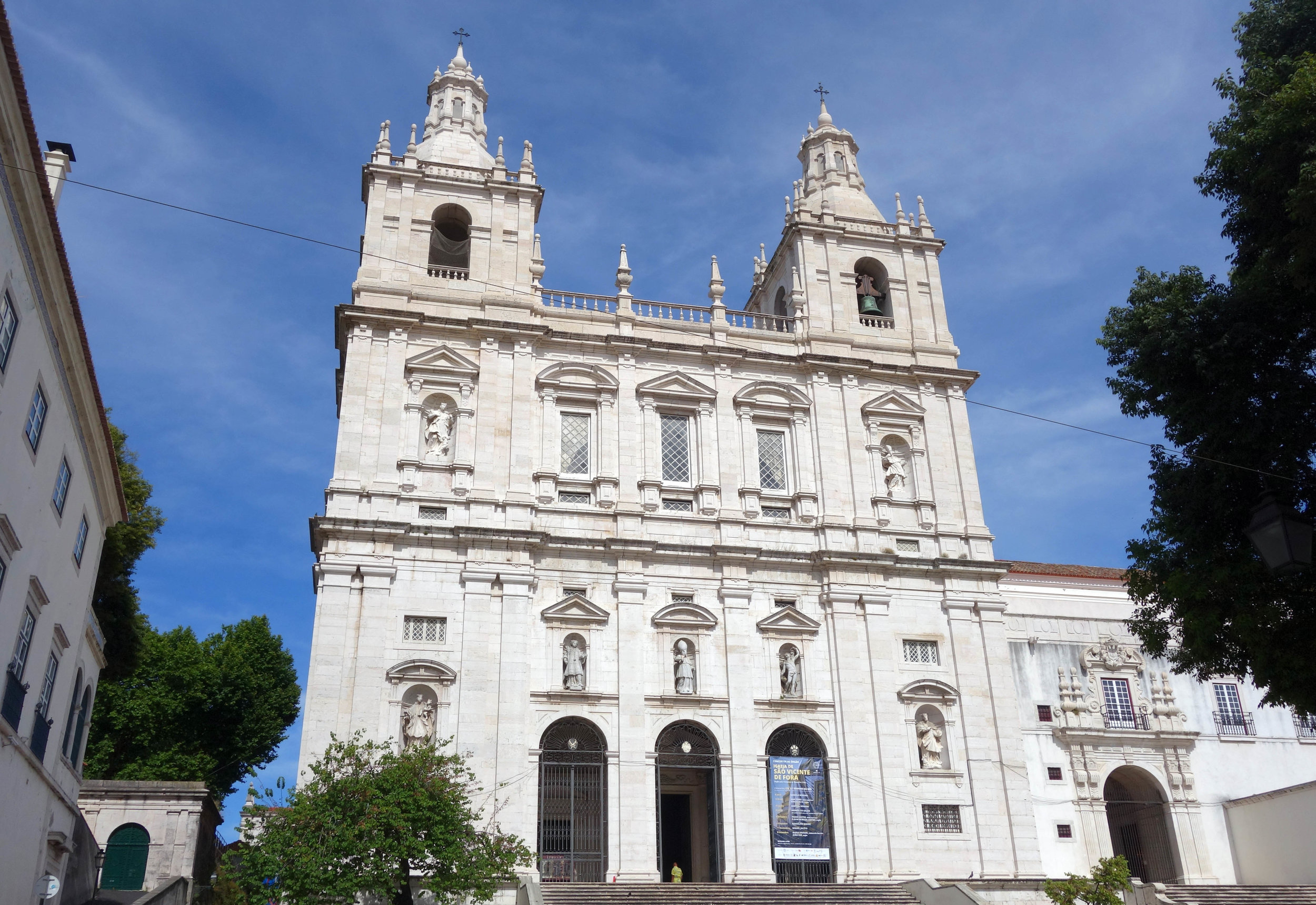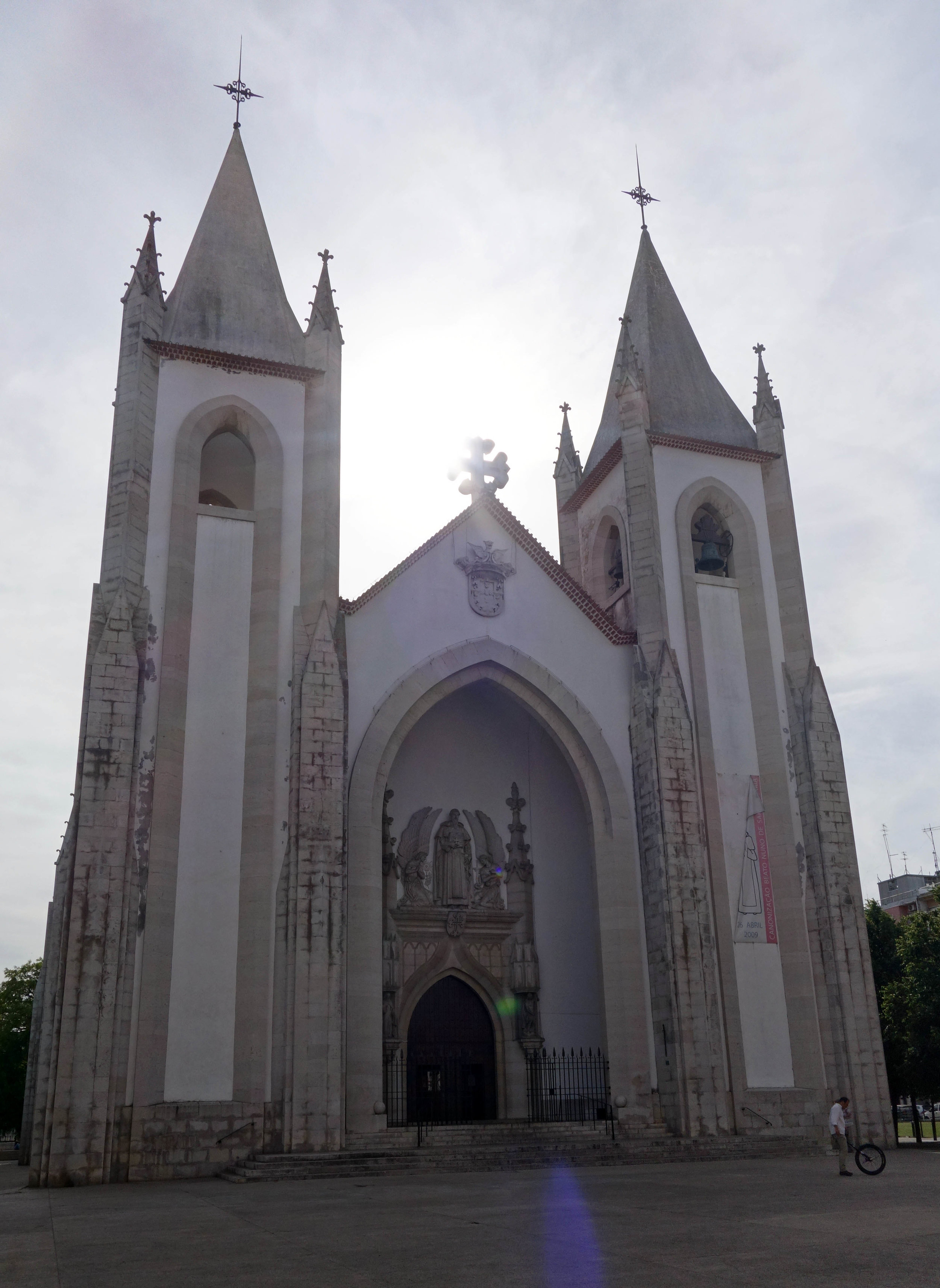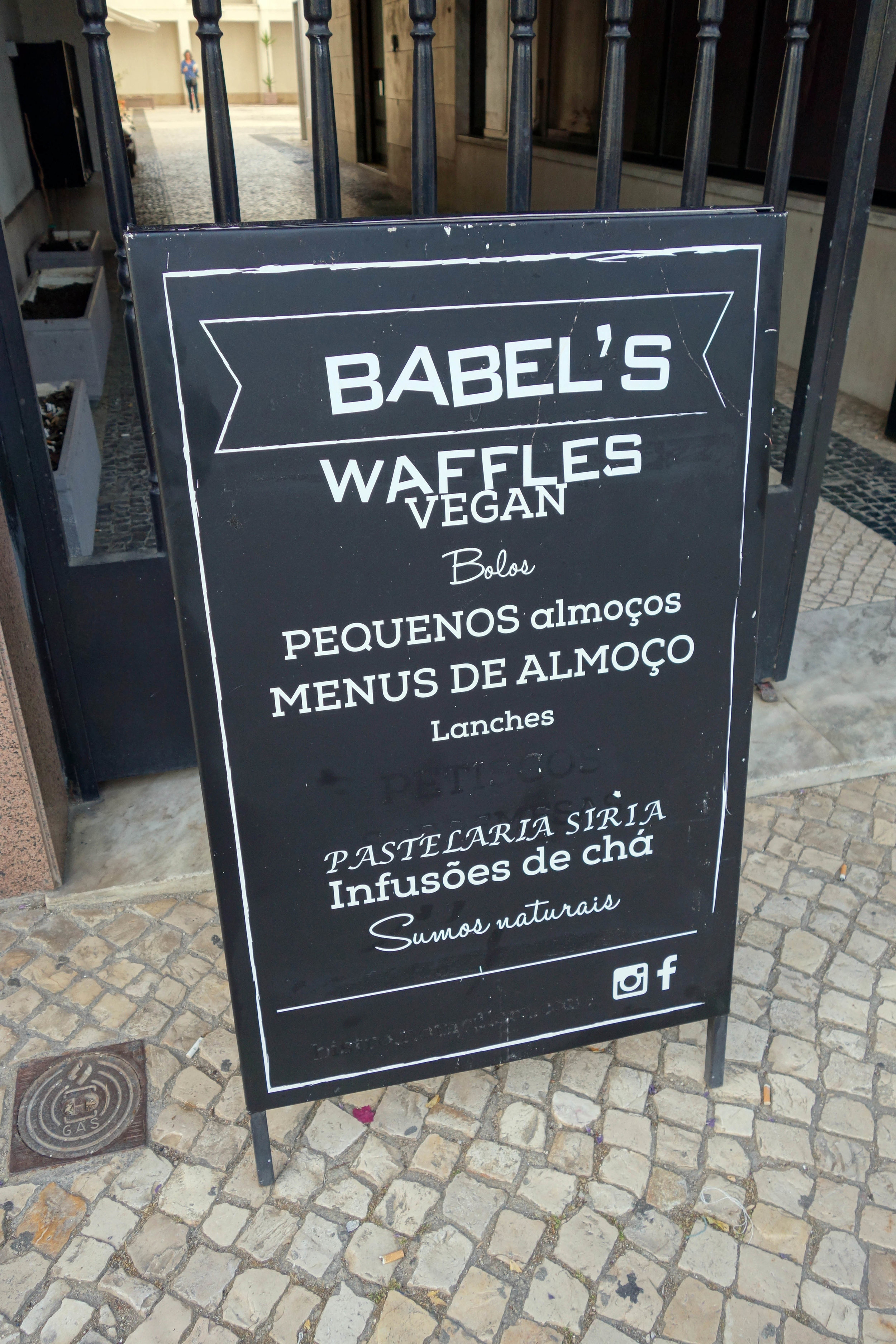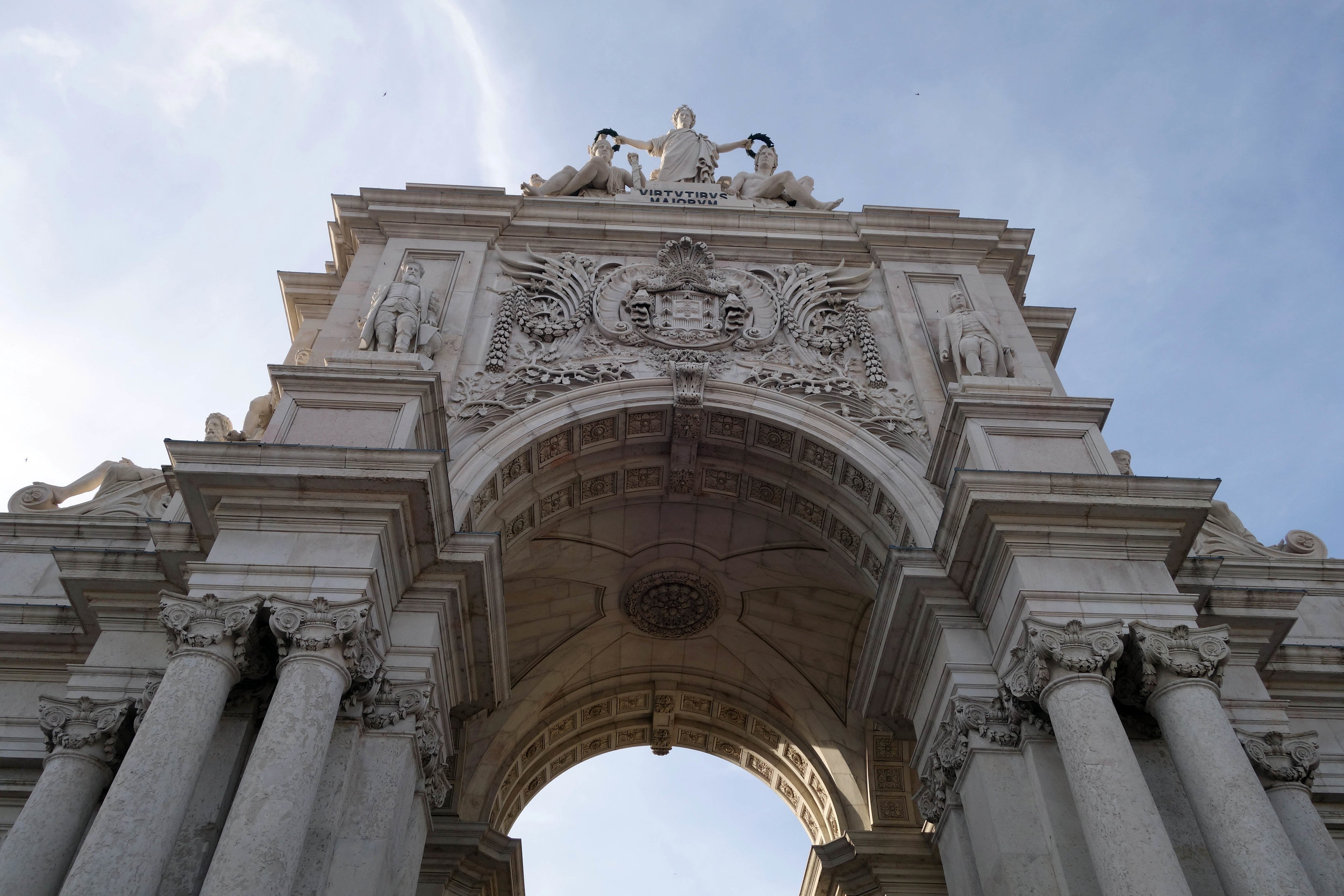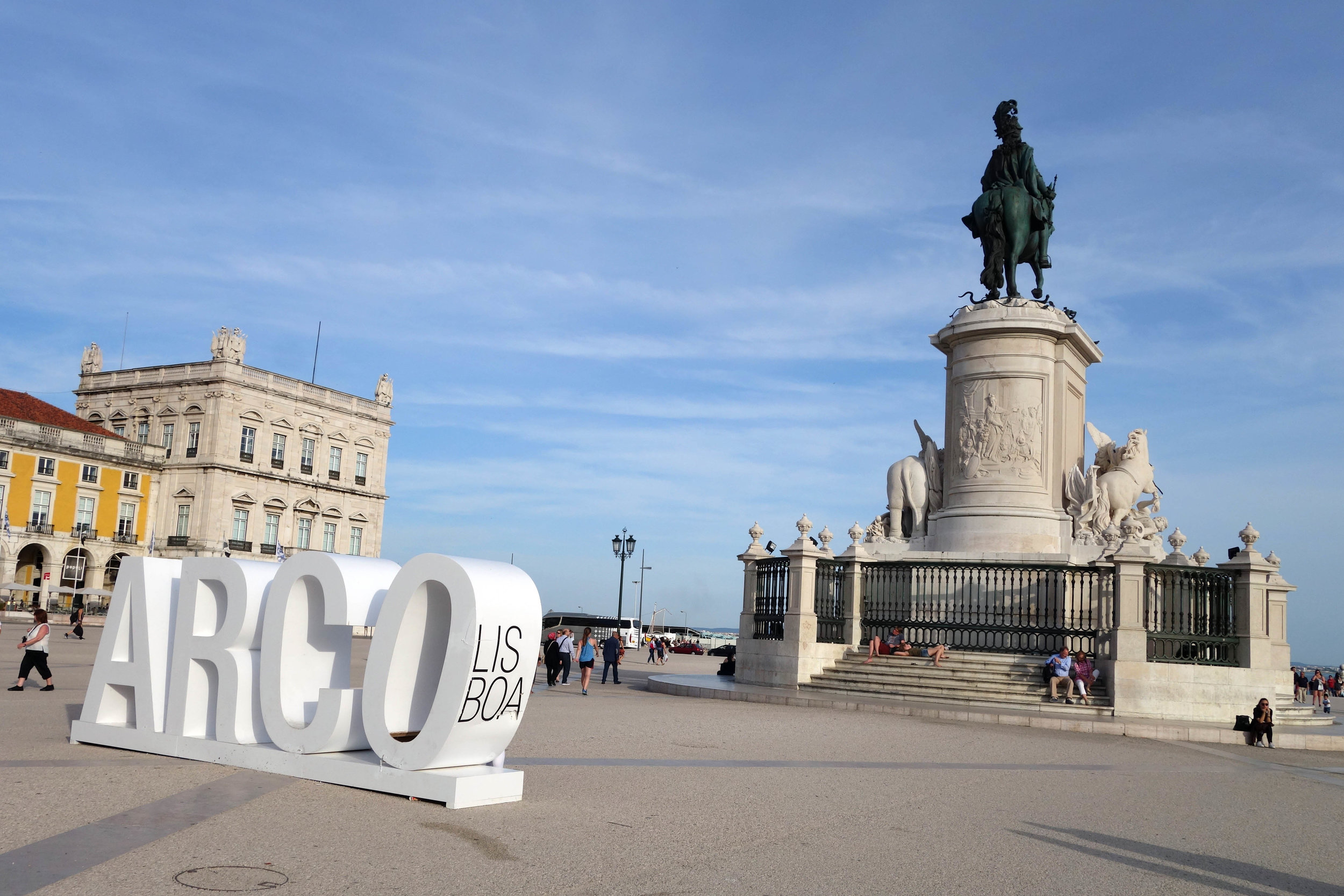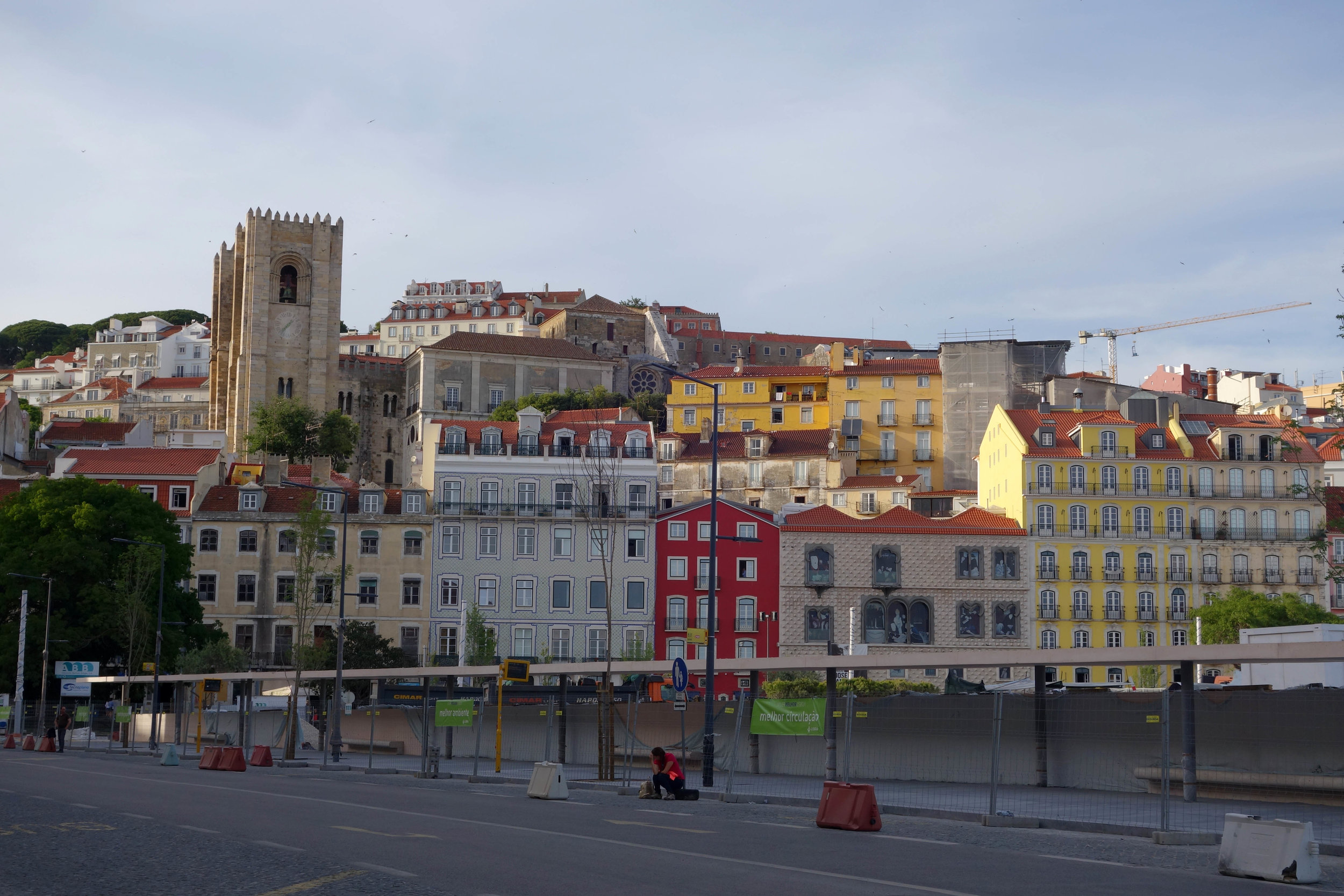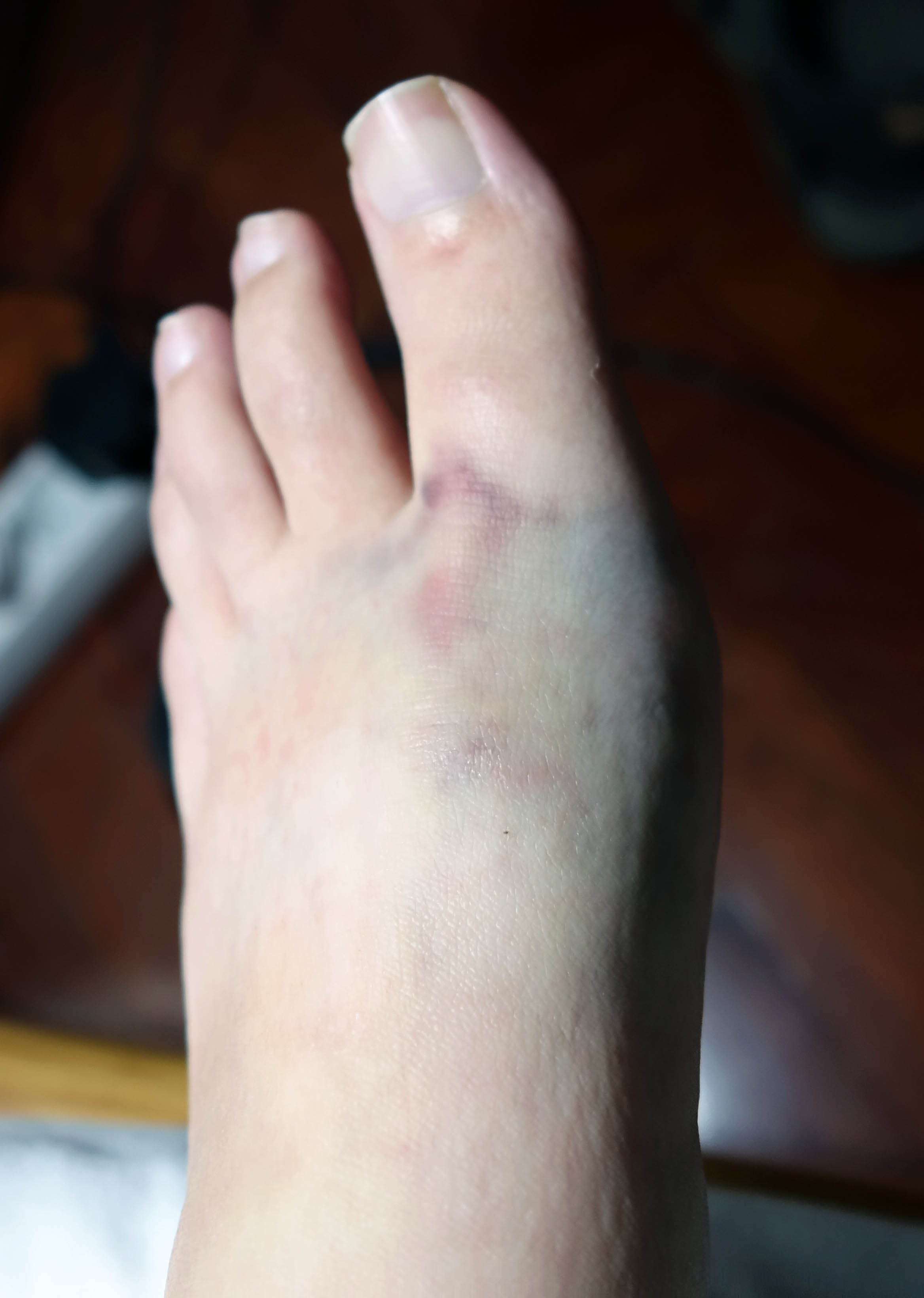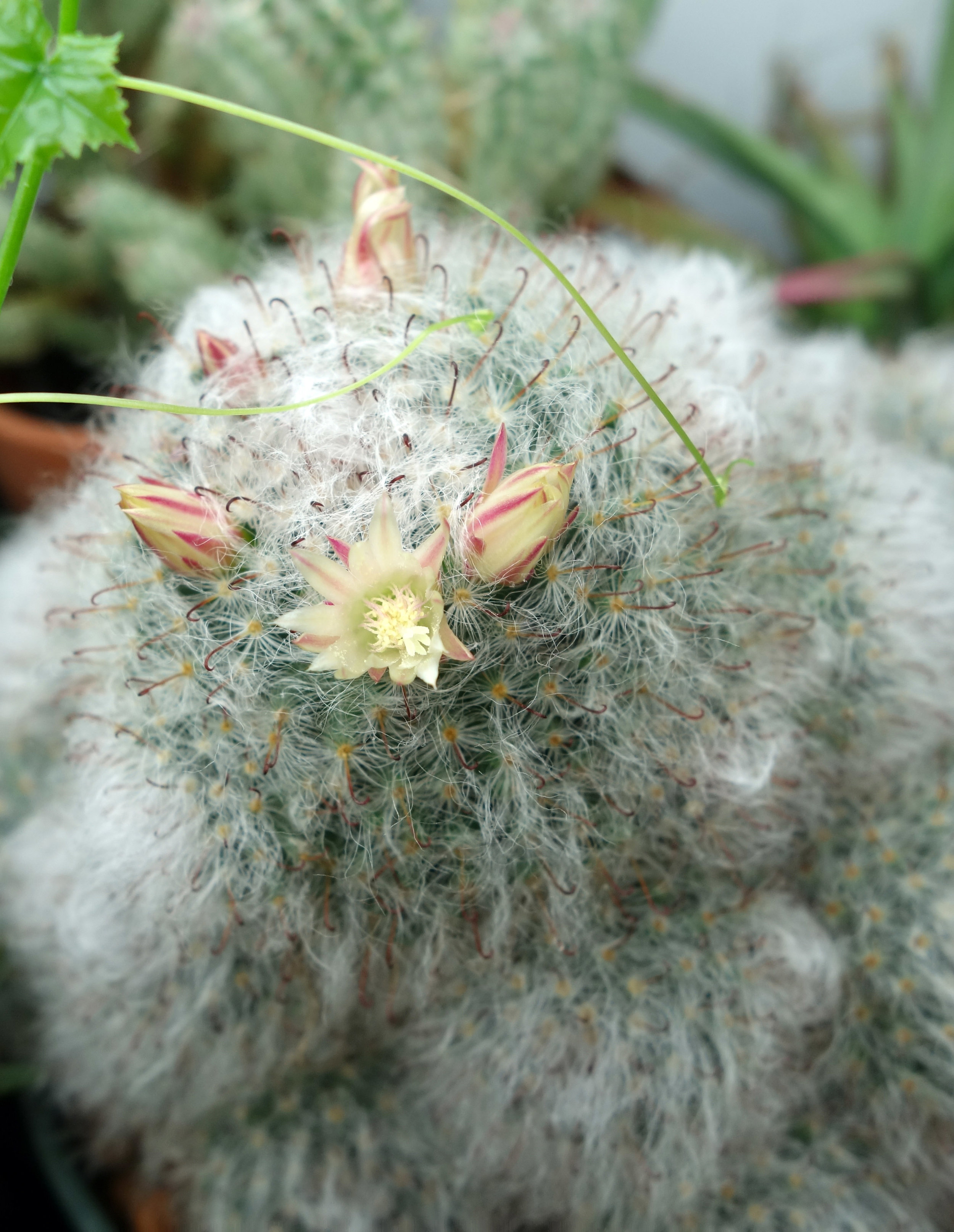While I was an artist in residence at Cerdeira Village, I used their studio space to sculpt detailed ceramics. They had two Shimpo banding wheels in the studio space, and I quickly discovered their utility in allowing me an easy method to keep on turning the pieces to aid in sculpting and painting them.
Upon arriving back in the US, my shipped sculptures from Cerdeira Village were waiting for me. I had mentally prepared for my own estimated 50/50 odds that they'd arrive intact due to their insanely fragile natural branch additions. Fortunately, the biggest parts that I'd worried about, the branches, were mostly okay - though one had fully detached from the turtle's back and had to be reattached. Unfortunately, the packing material I had selected to give the sculptures the best shot at arriving in decent condition meant that I had hours of clean-up ahead of me: I used tiny sytrofoam balls typically used in pillows or beanbags which - by intention - had secreted themselves into every nook and cranny of the sculptures and their natural branches and lichens. This meant I had to painstakingly, delicately remove each pellet (and fragment of pellet, as a lot of them fragmented in shipping) with tweezers. The two sculptures each also lost several nail tips, which I had to repair and repaint.
Though the cleaning and repair of the pieces took over eleven hours, I count myself lucky they arrived in such good condition since I was able to fully restore them - something that wouldn't have been possible if the branches had suffered severe injury. I spent much, much more than eleven hours (and used irreplaceable materials) in the initial creation of the pieces.
In repairing them, though, I kept trying to spin my non-spinning pot rest that I was working atop of on my table. When I couldn't, I had to keep picking up and rotating the sculptures myself, and each time I did that I increased the chances that I'd put them down off balance, or at an angle that threatened a nail tip, and so on. I realized that I wanted a banding wheel of my own.
I looked at several online; the Shimpo banding wheel I'd used in the Cerdeira Village studio was one of the more expensive ones available so I debated amongst my other options. From reading various reviews and looking at the details of other types, though, I decided that many of the others that are cheaper are too light-weight and/or don't spin as cleanly as I want. I really just wanted the same piece of equipment that I found so useful.
I also learned that there are several different types of Shimpo banding wheel. The one I used in the studio was the BW-25H. I really considered whether I wanted a different type, but in the end I went with that one again. The main reason is the height of it - it's the only one with significant clearance between the spinning top and the base. This was really useful for me when I wanted to move and/or cure the sculpture - without touching the top and getting near a fragile part of my sculpture at all, I could easily put my hands underneath the top to heft the whole thing up. I also often liked the bit of extra height - typically, when at a table or desk and sculpting or painting a relatively small piece, you're always looking down at it. The added height of the BW-25H means that you're closer to eye level with the piece.
So that's what I purchased, and I'm excited to own it. I do think I may eventually want to acquire a BW-25L or BW-22L at some point in the future as well, but for now, I don't need another one, they're expensive, and I'm already facing a lot of expensive artwork-related costs right now (material costs, international shipping fees, framing fees) so I'm holding off on that for the moment.







